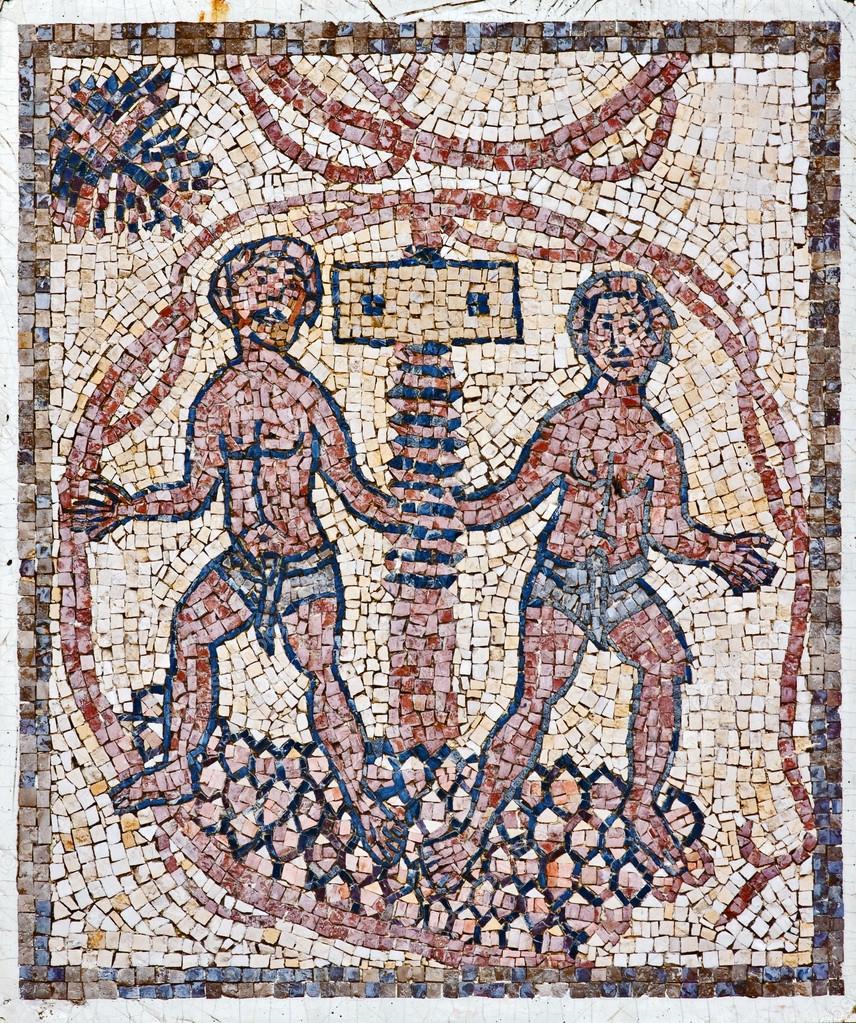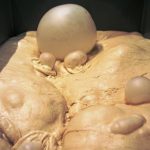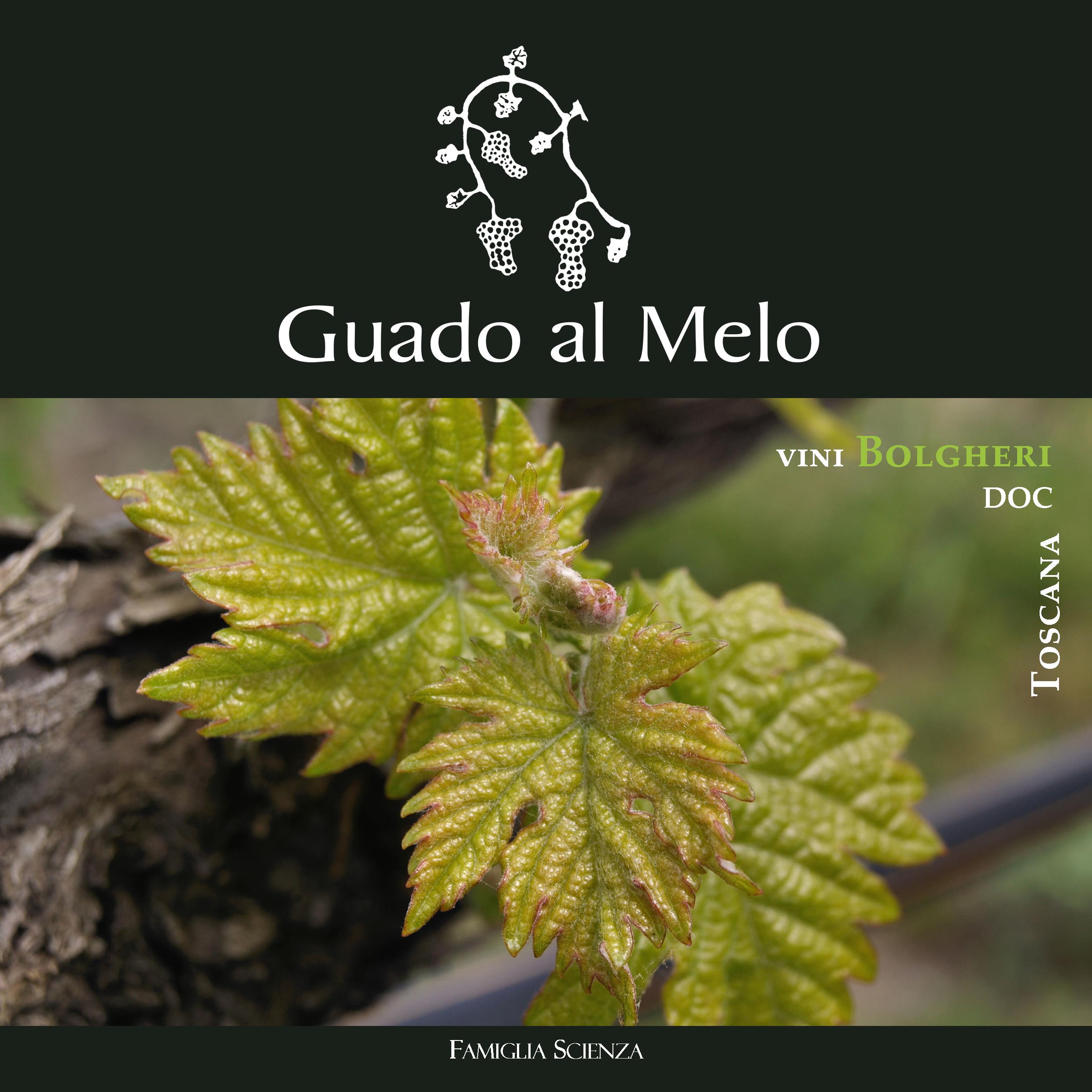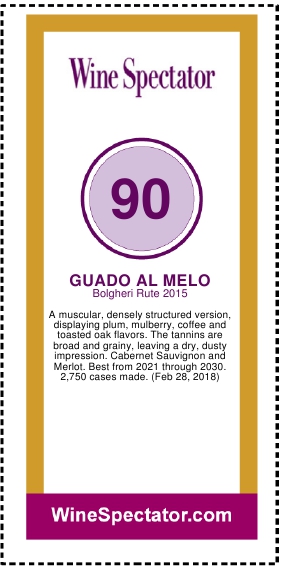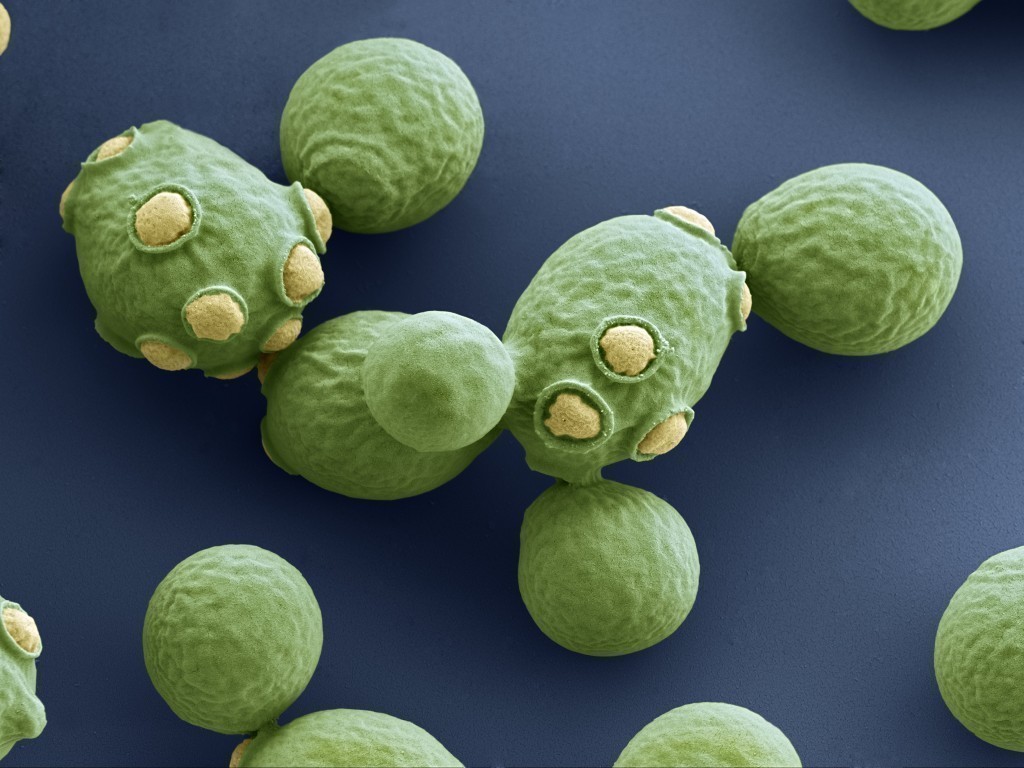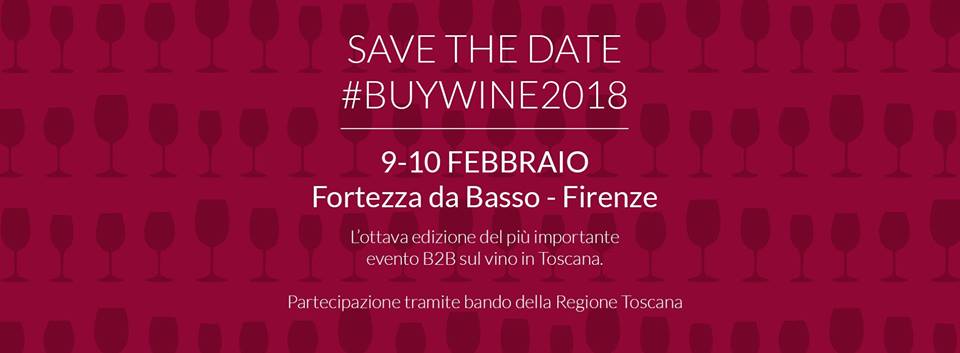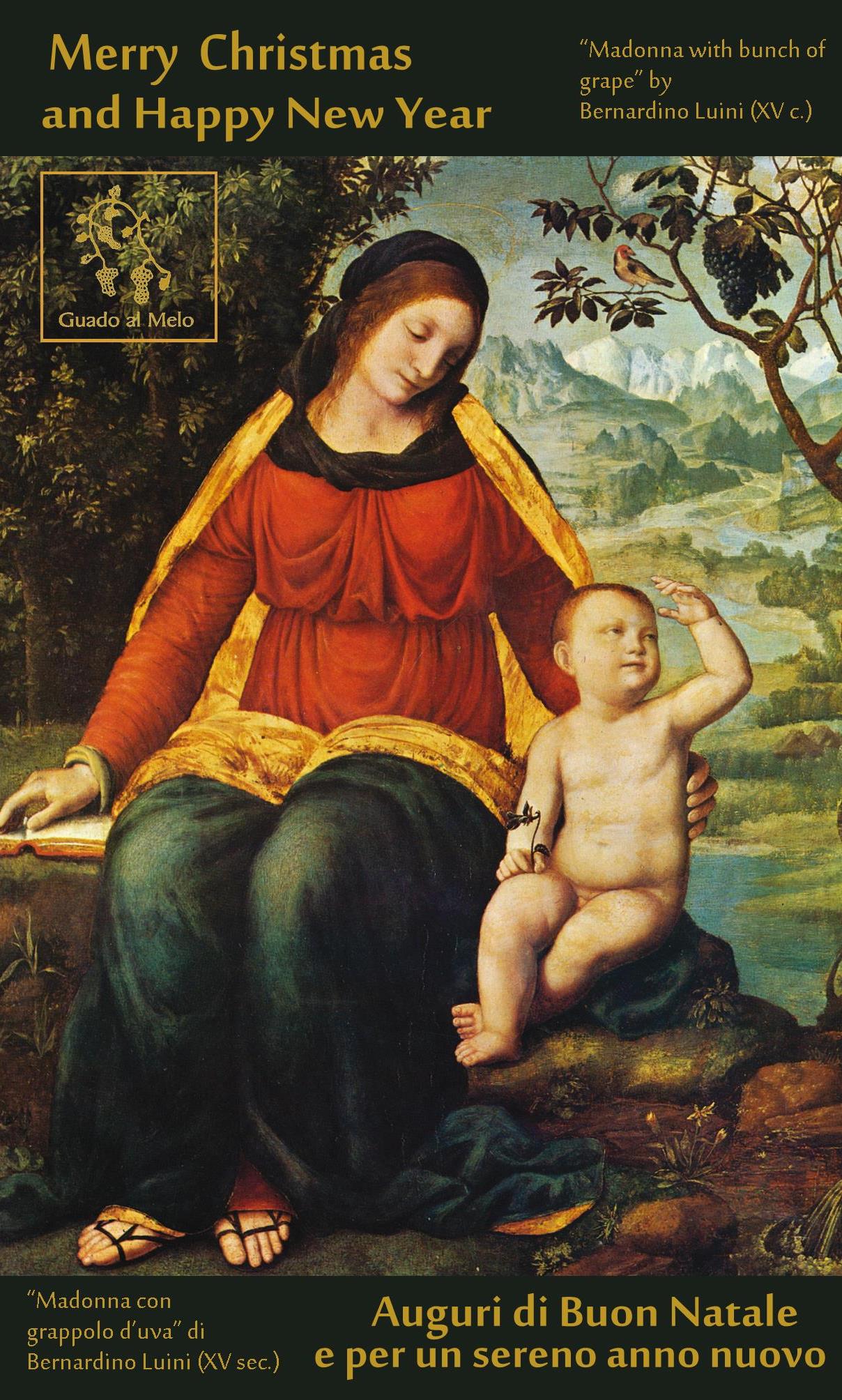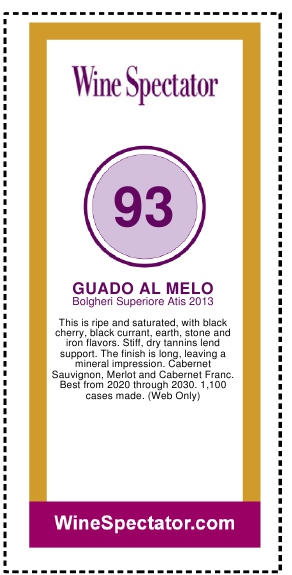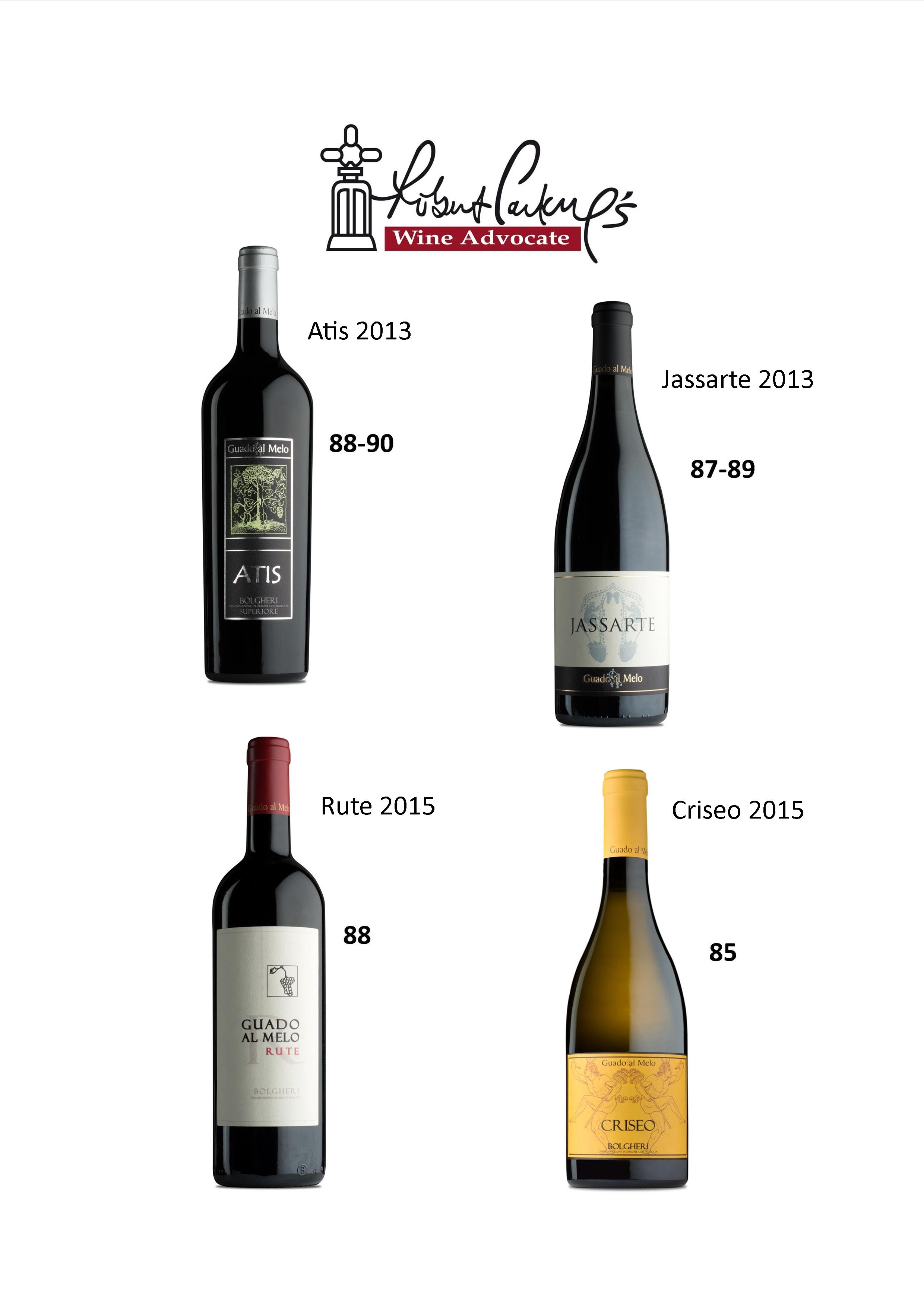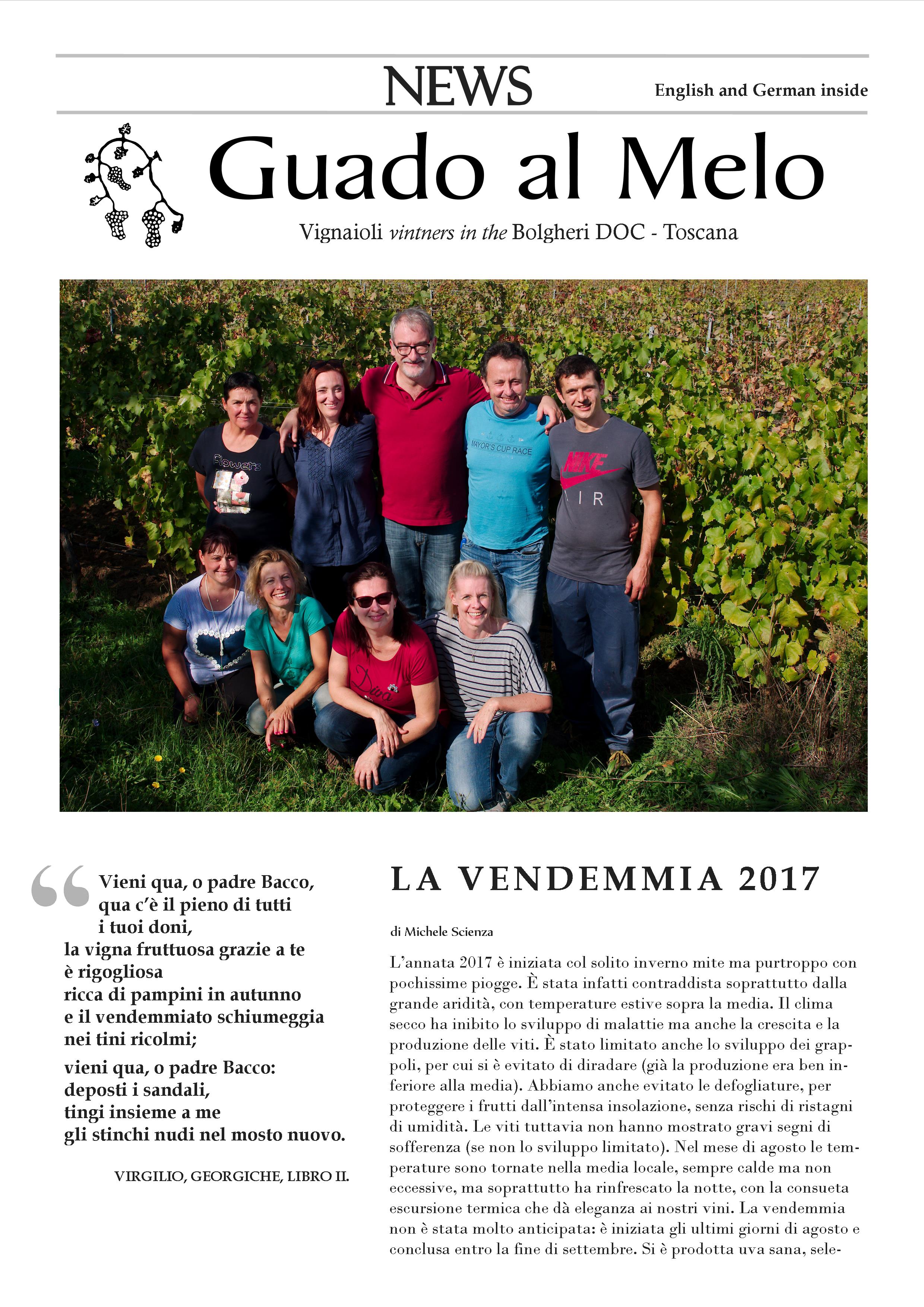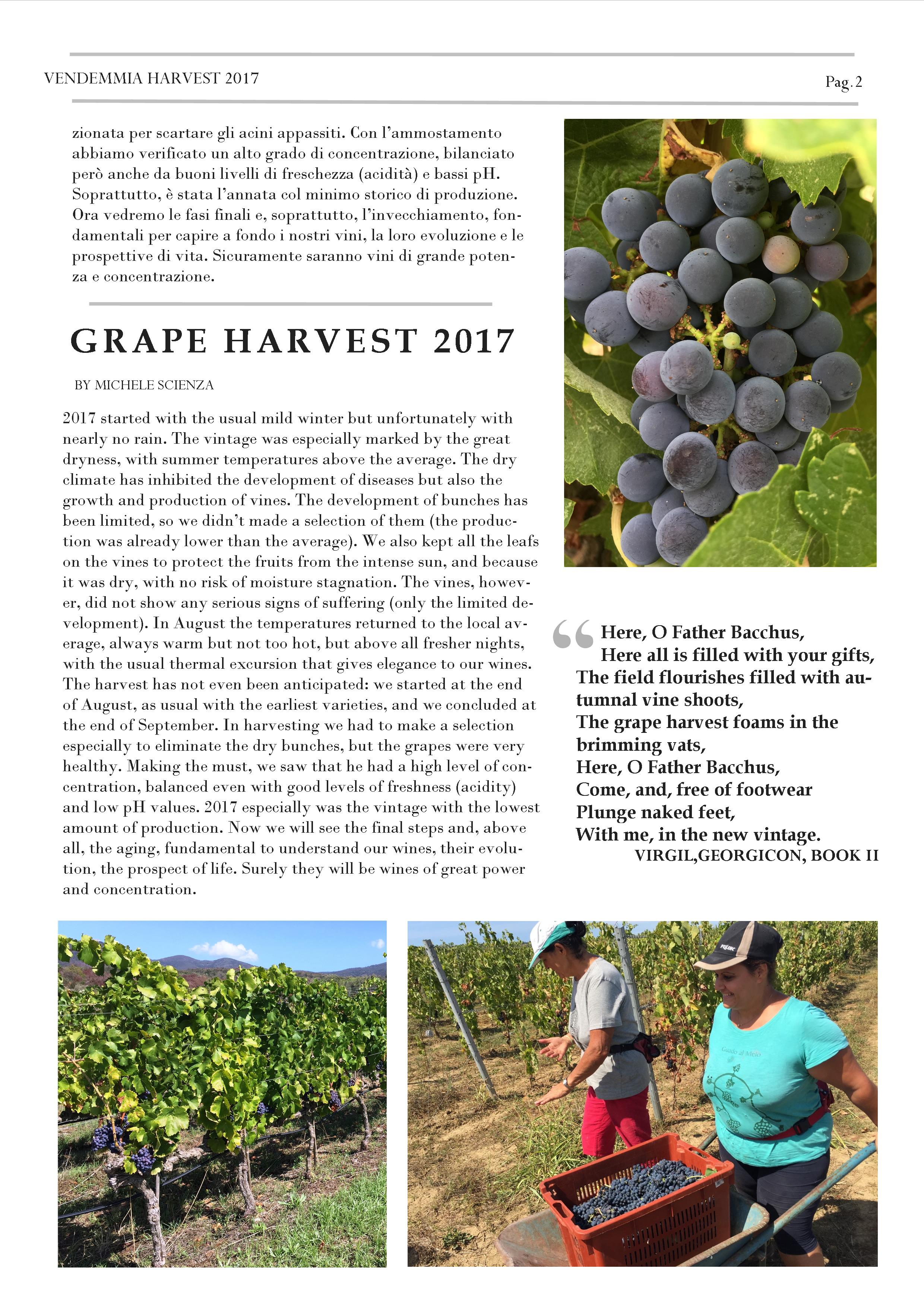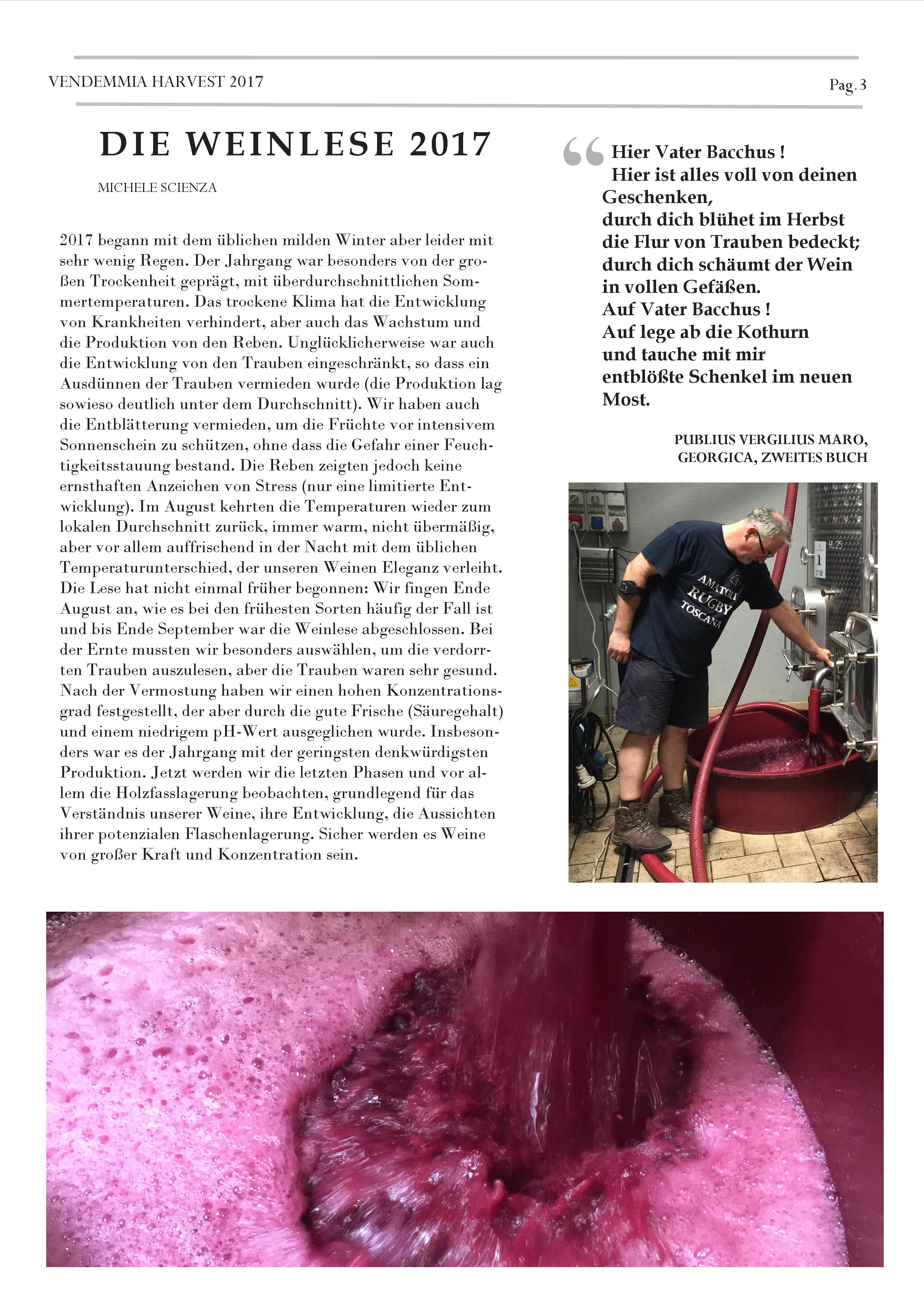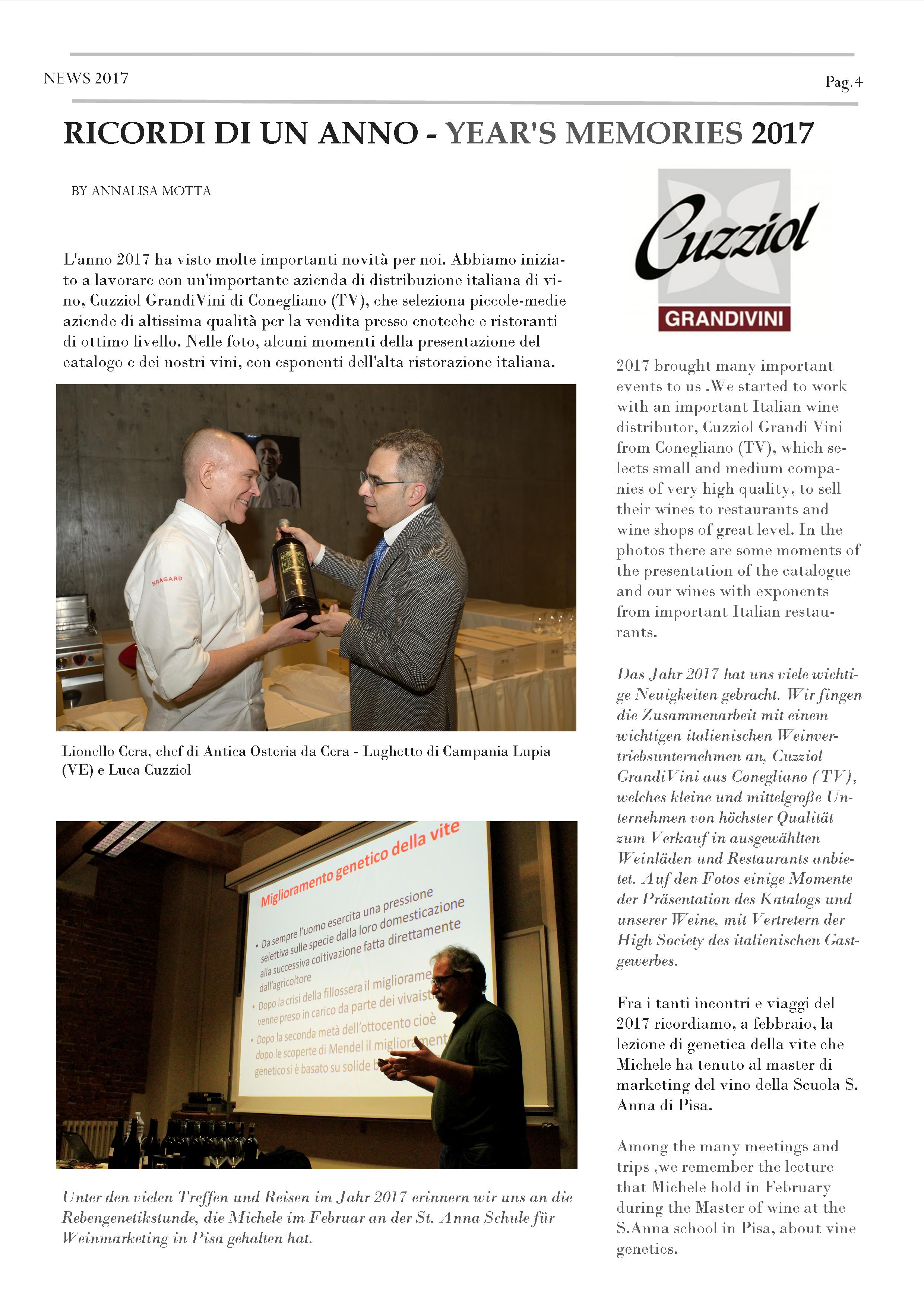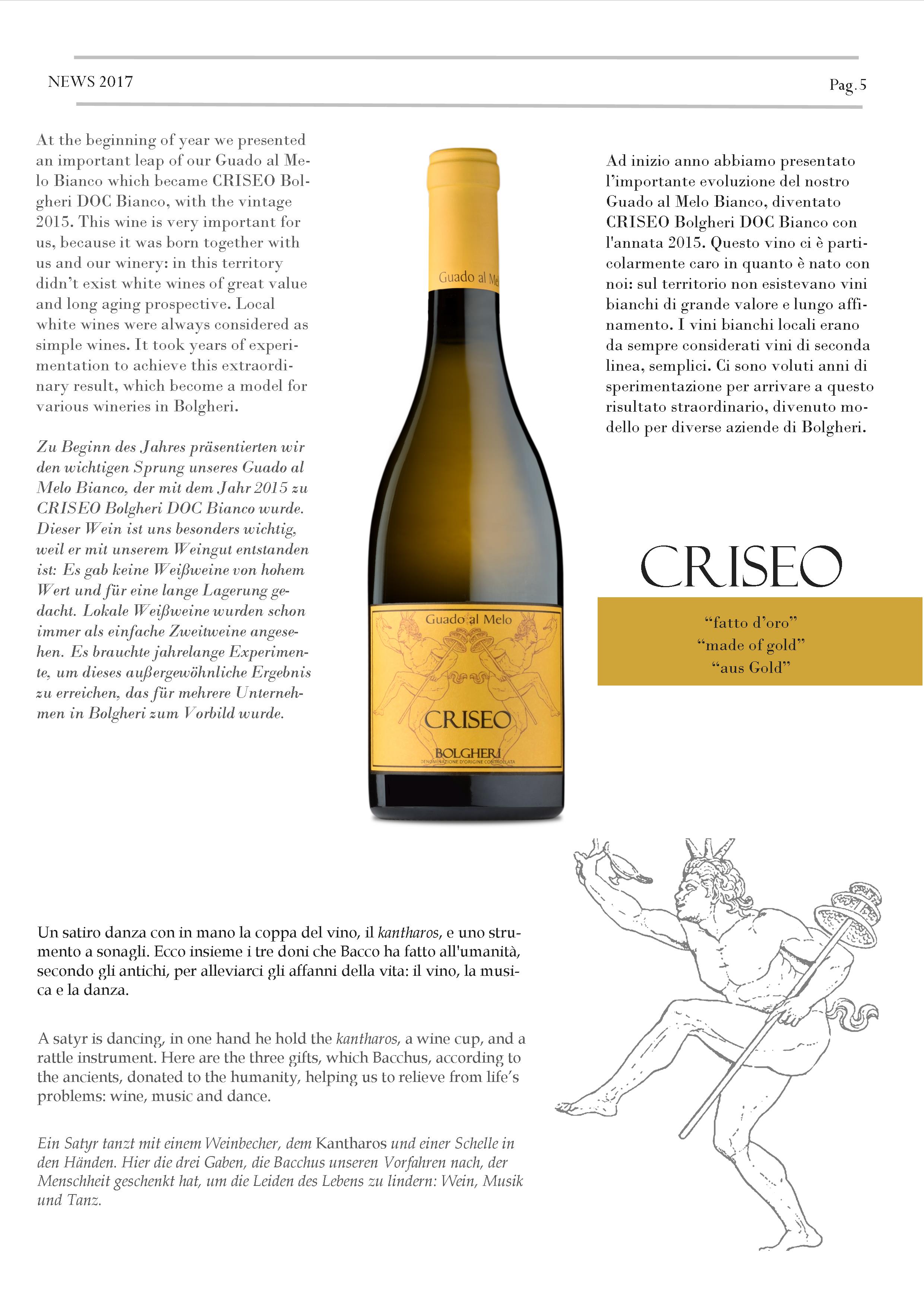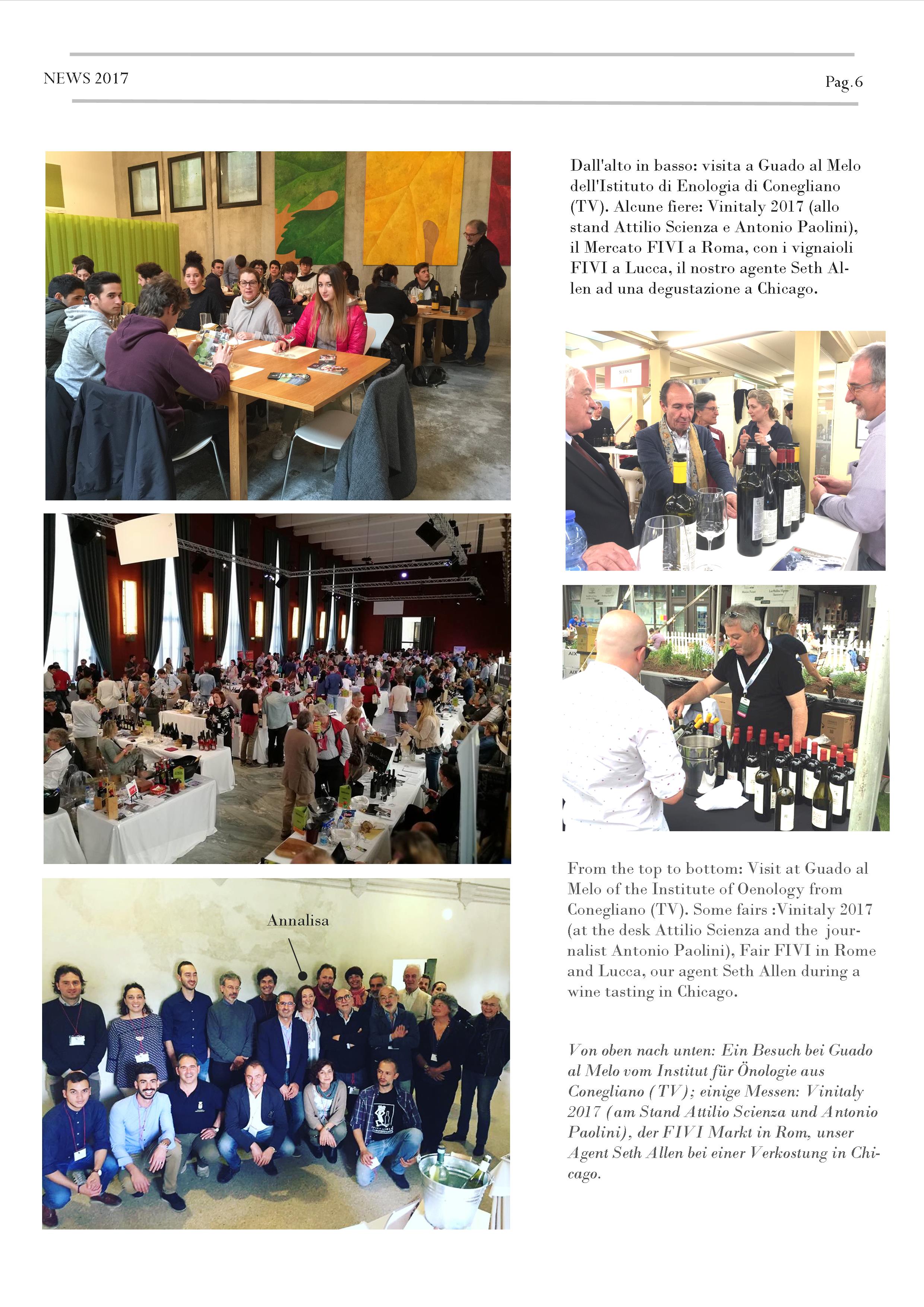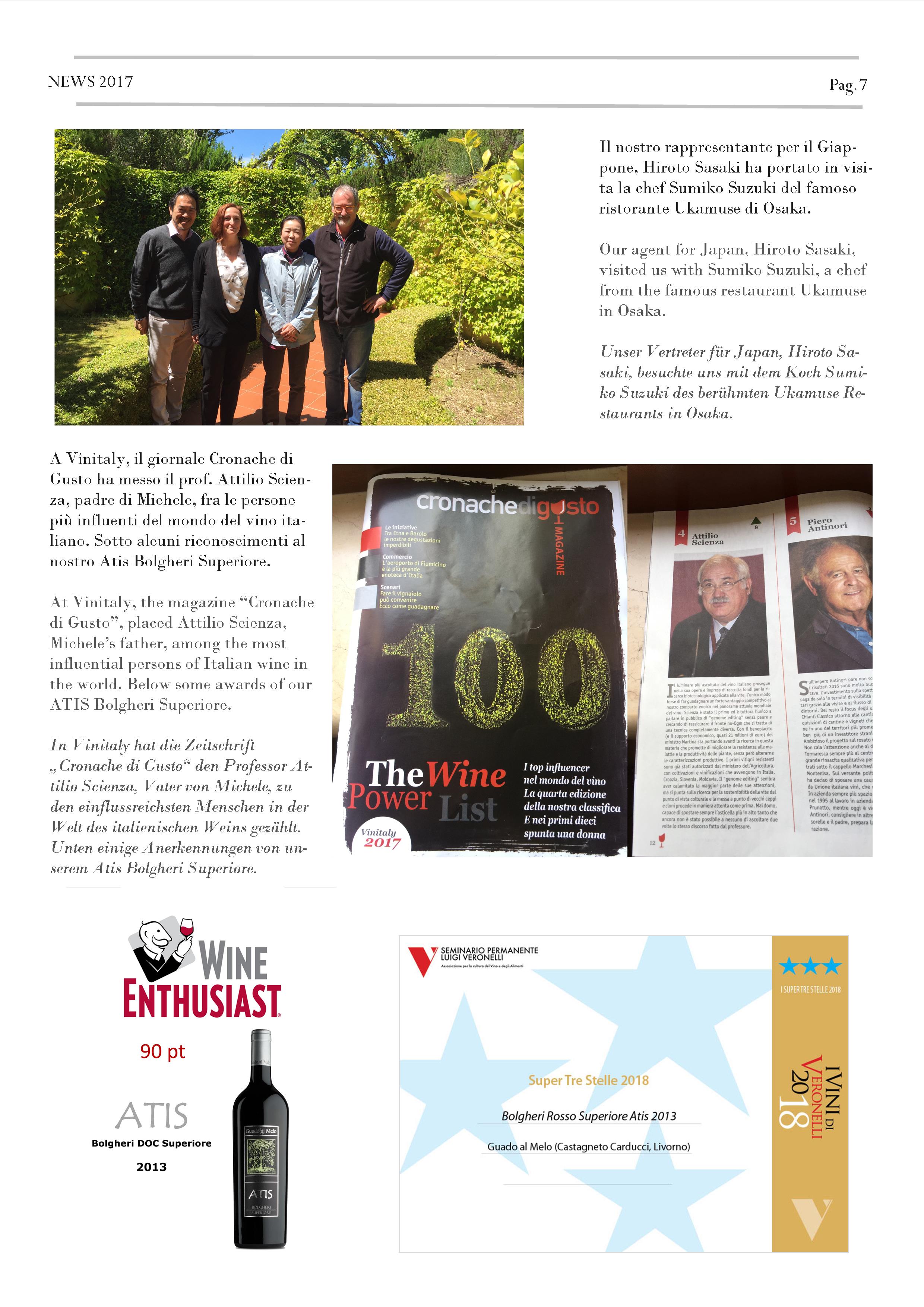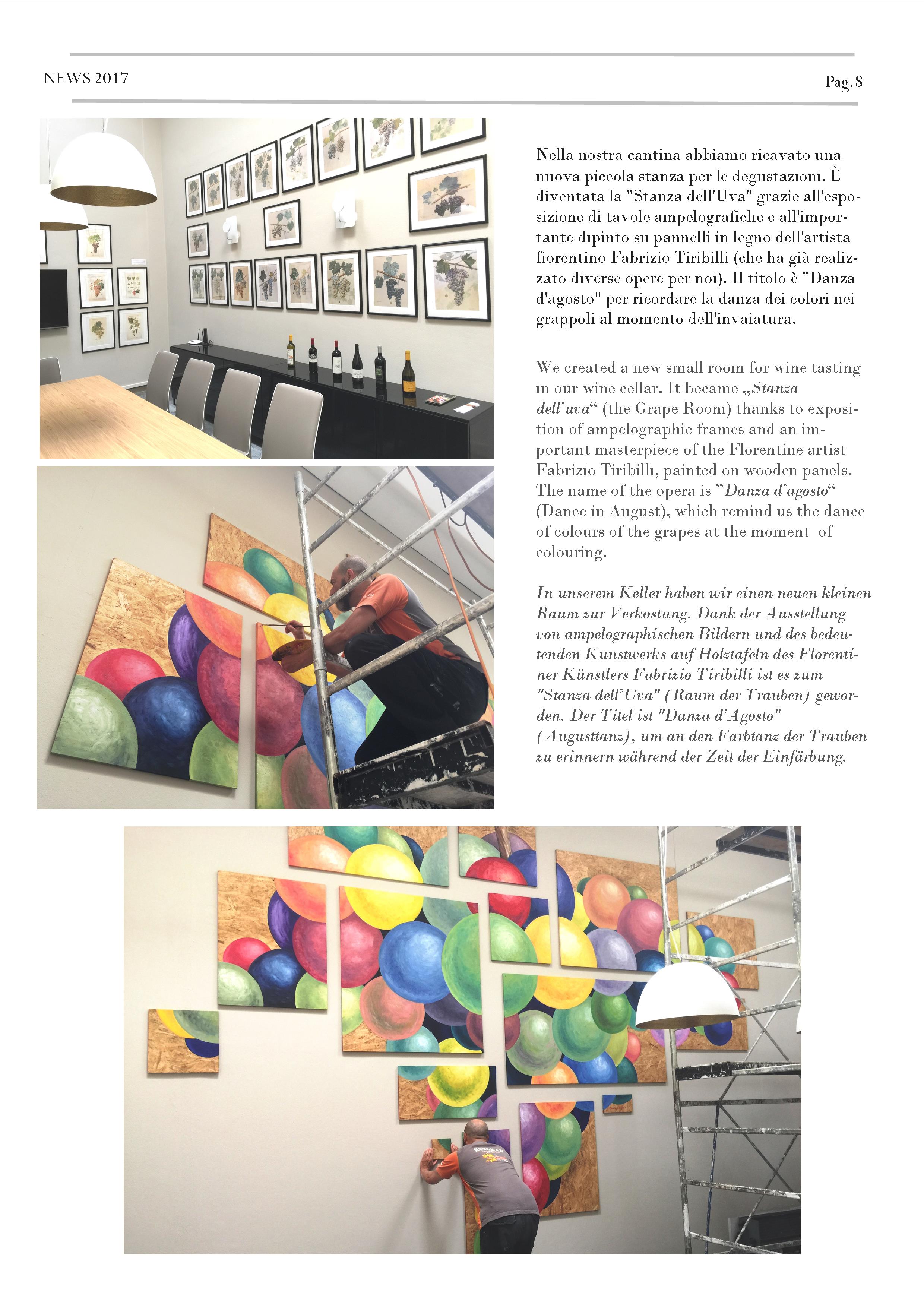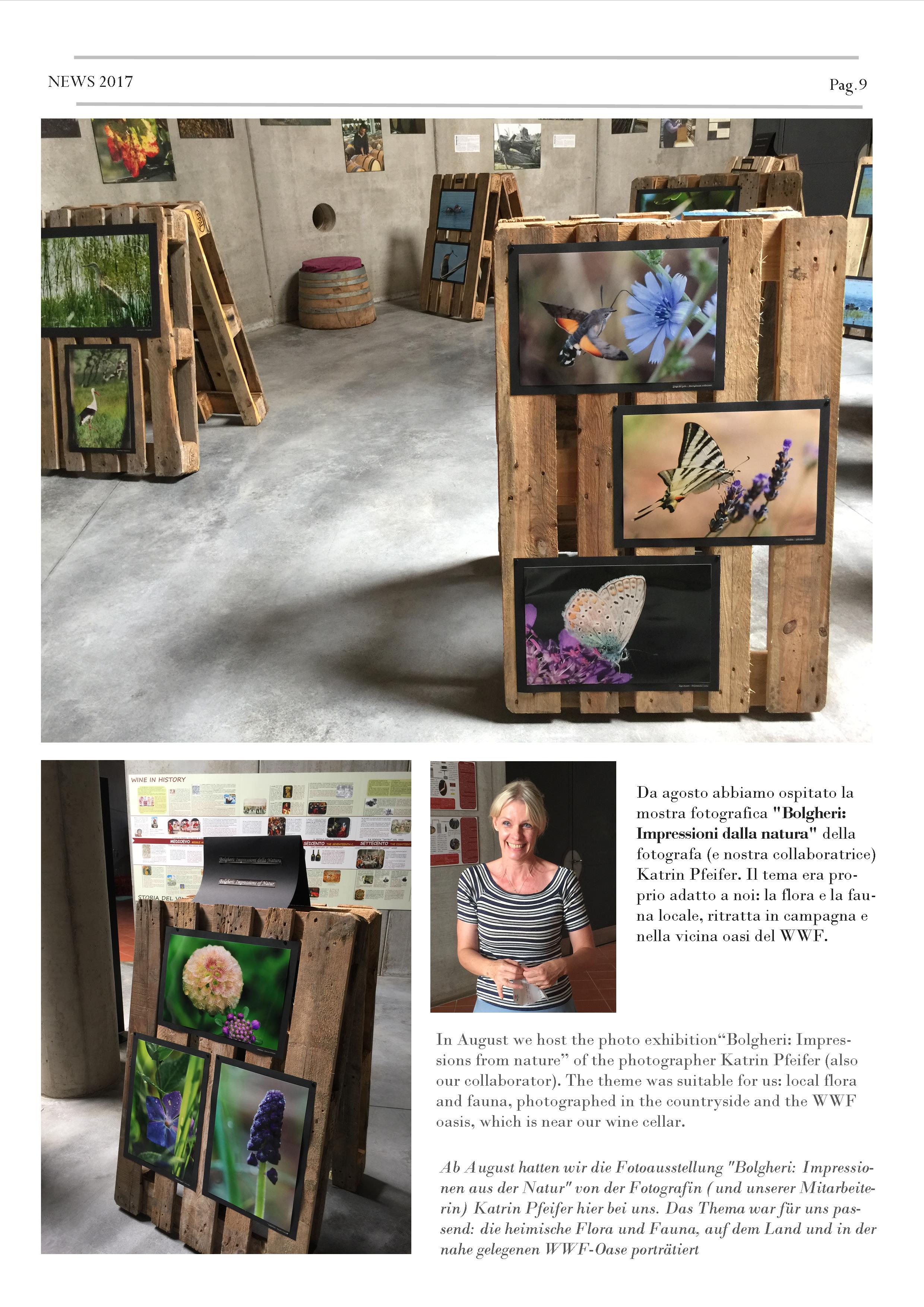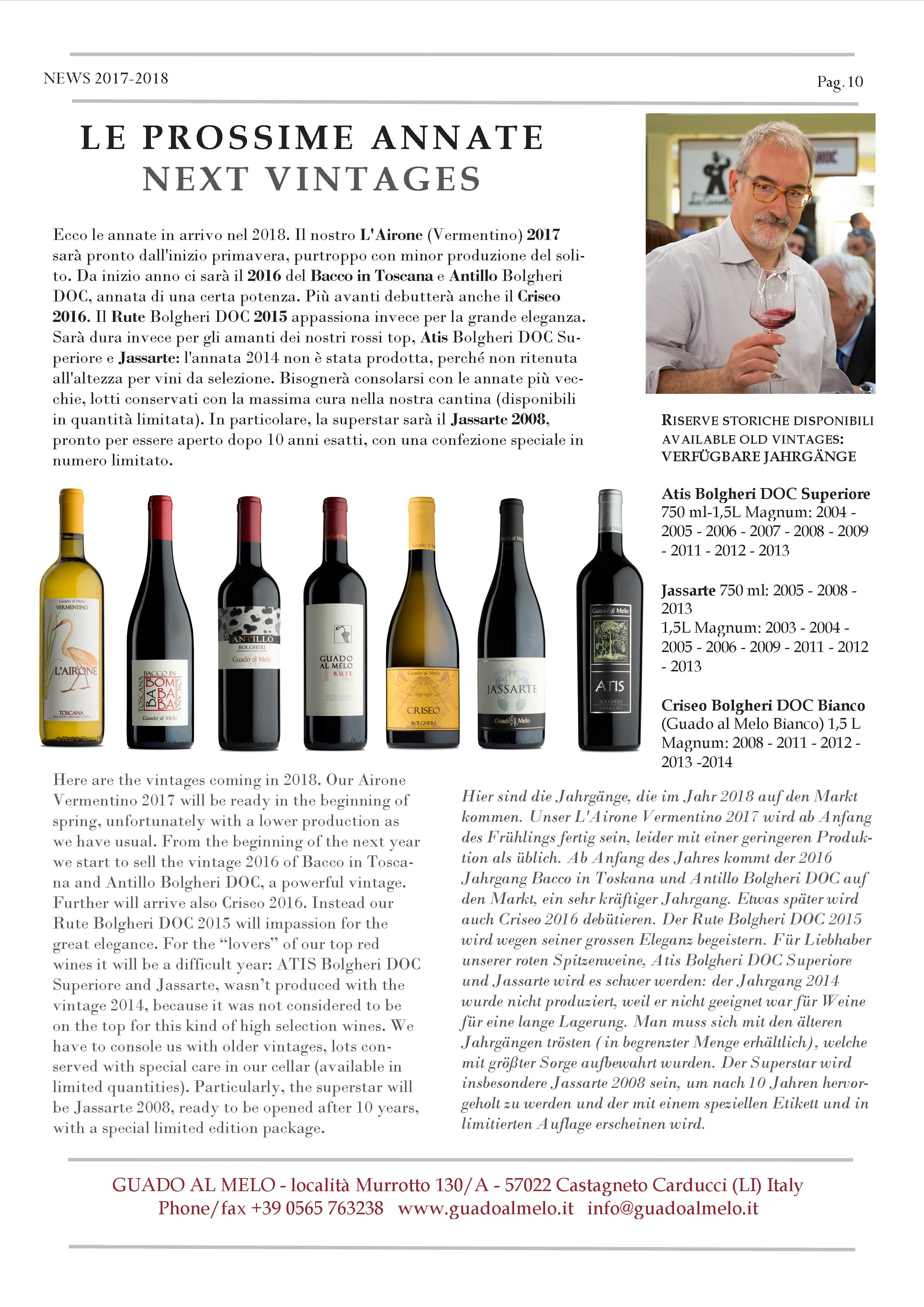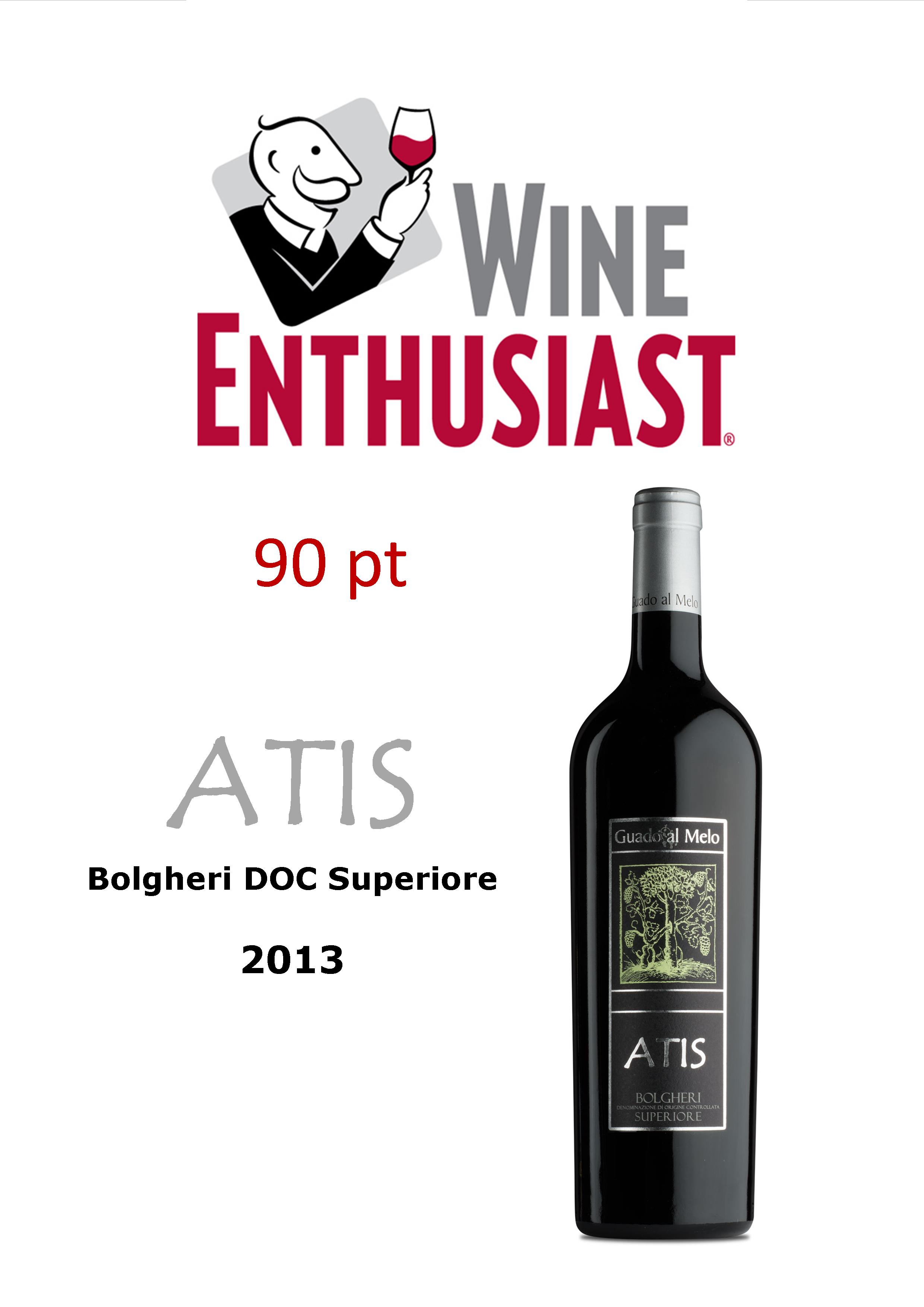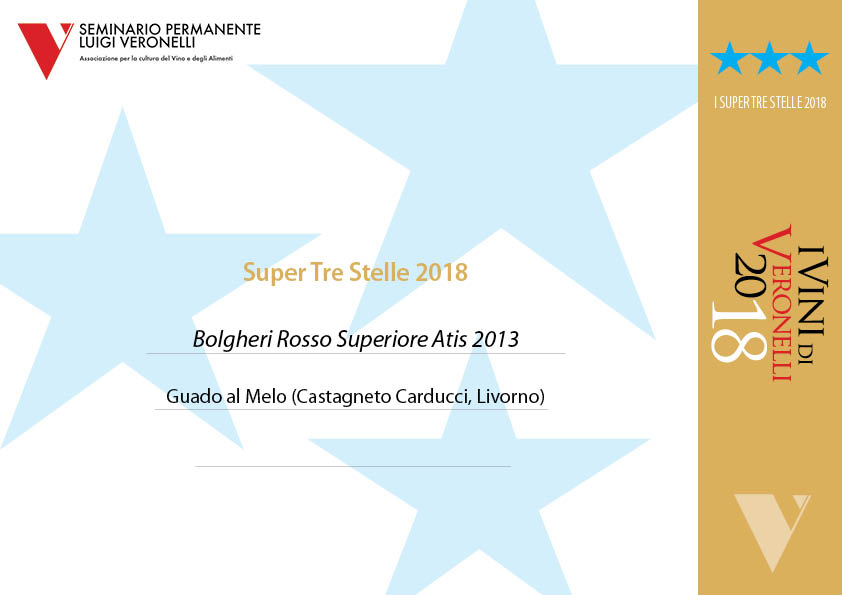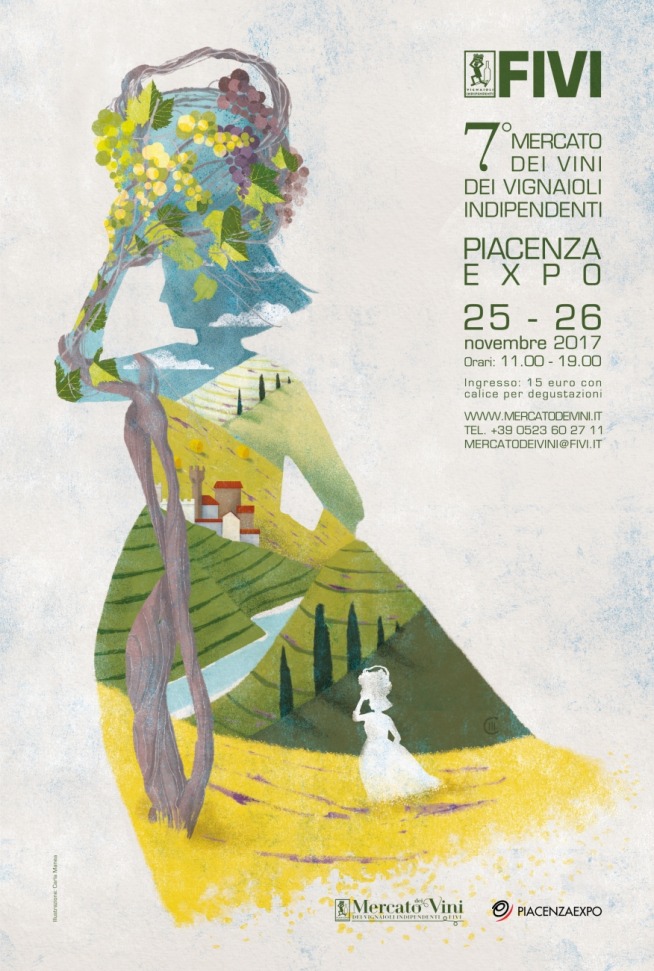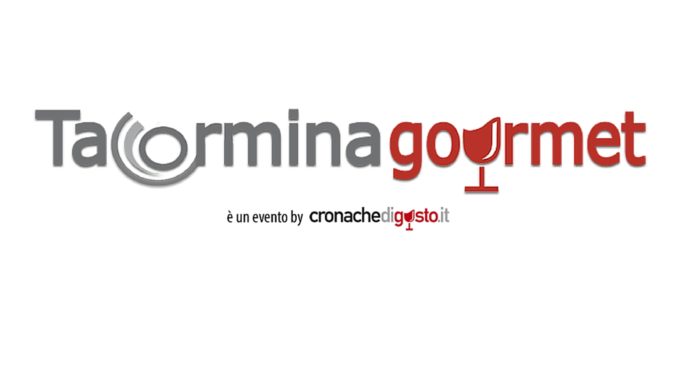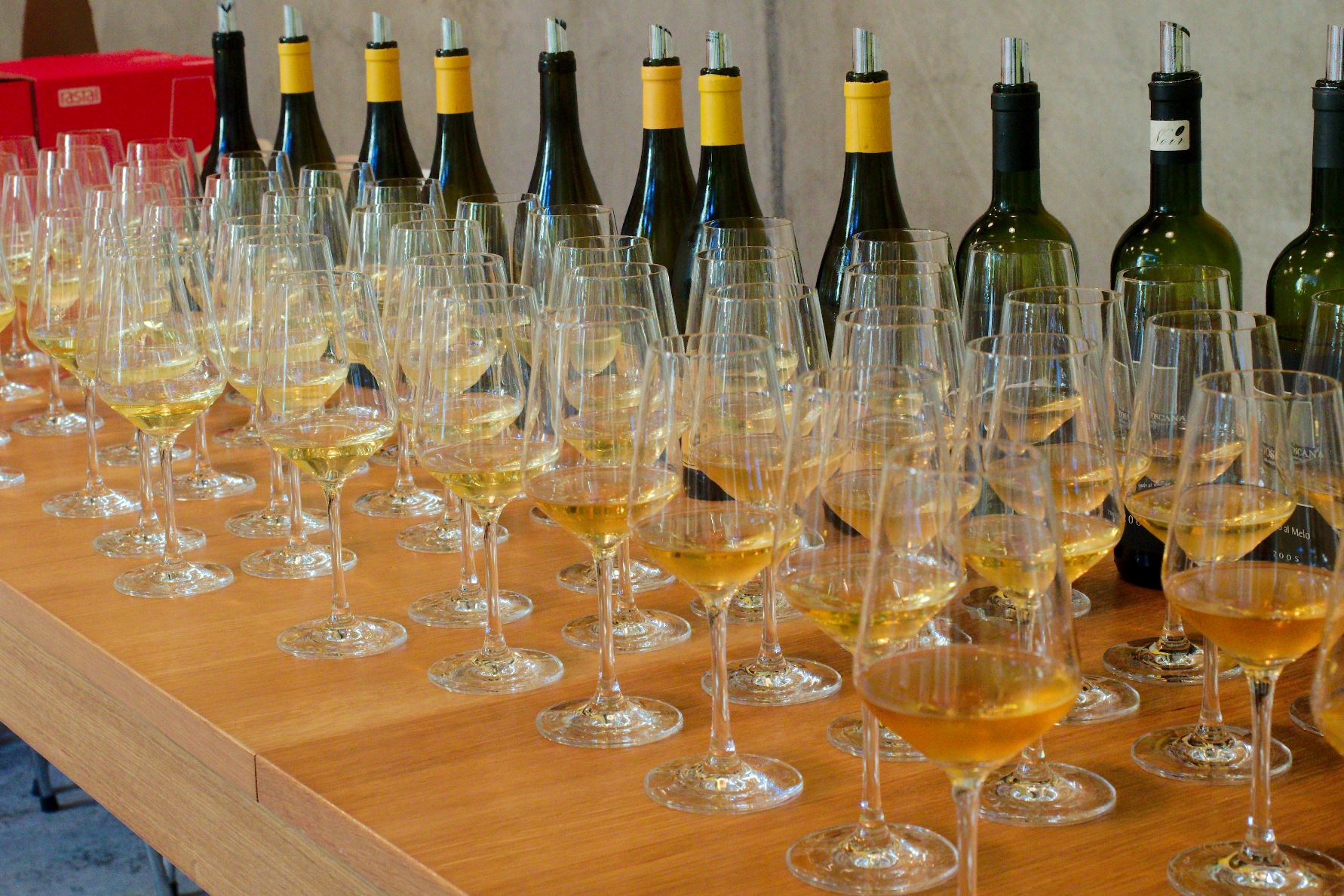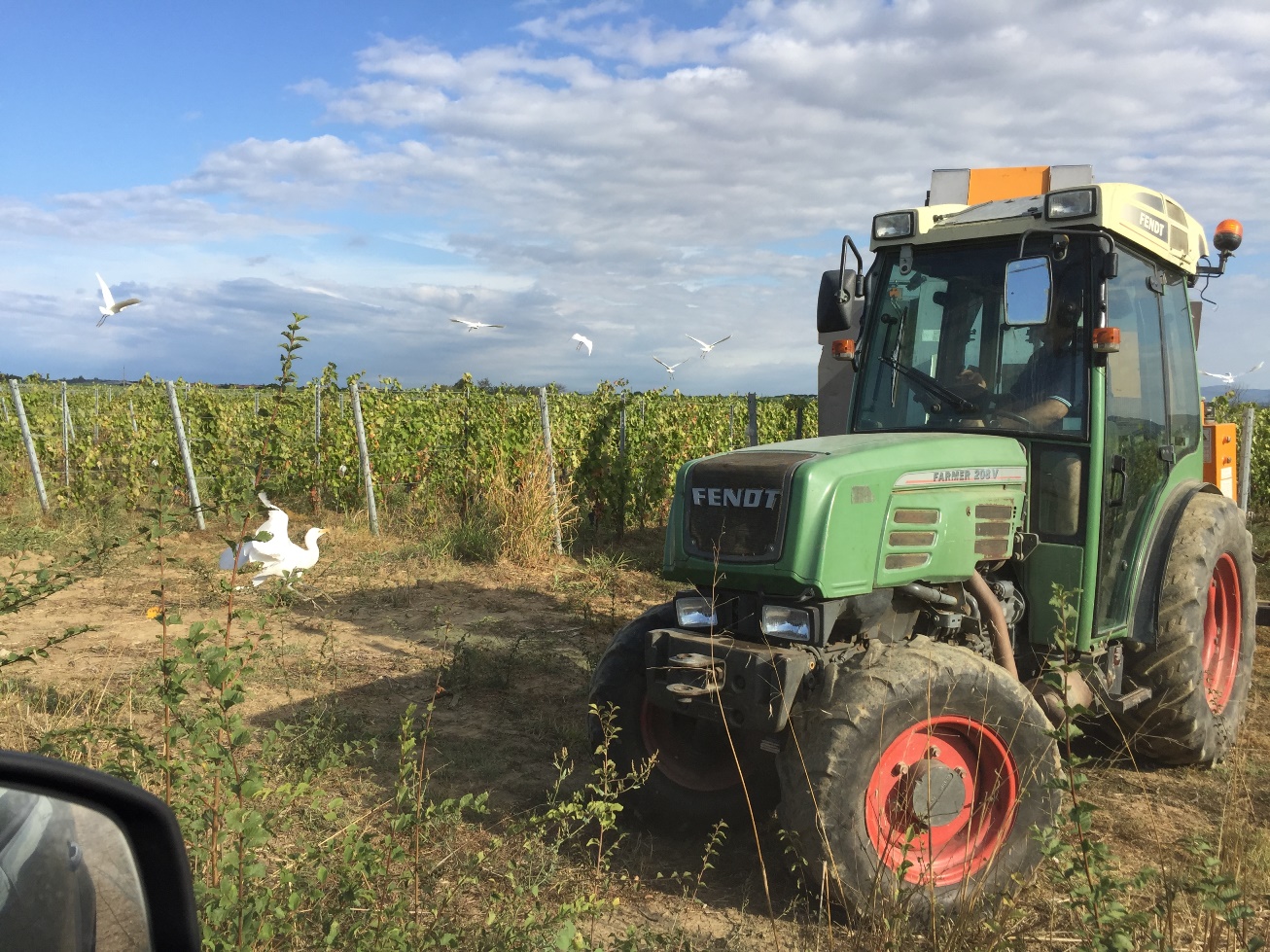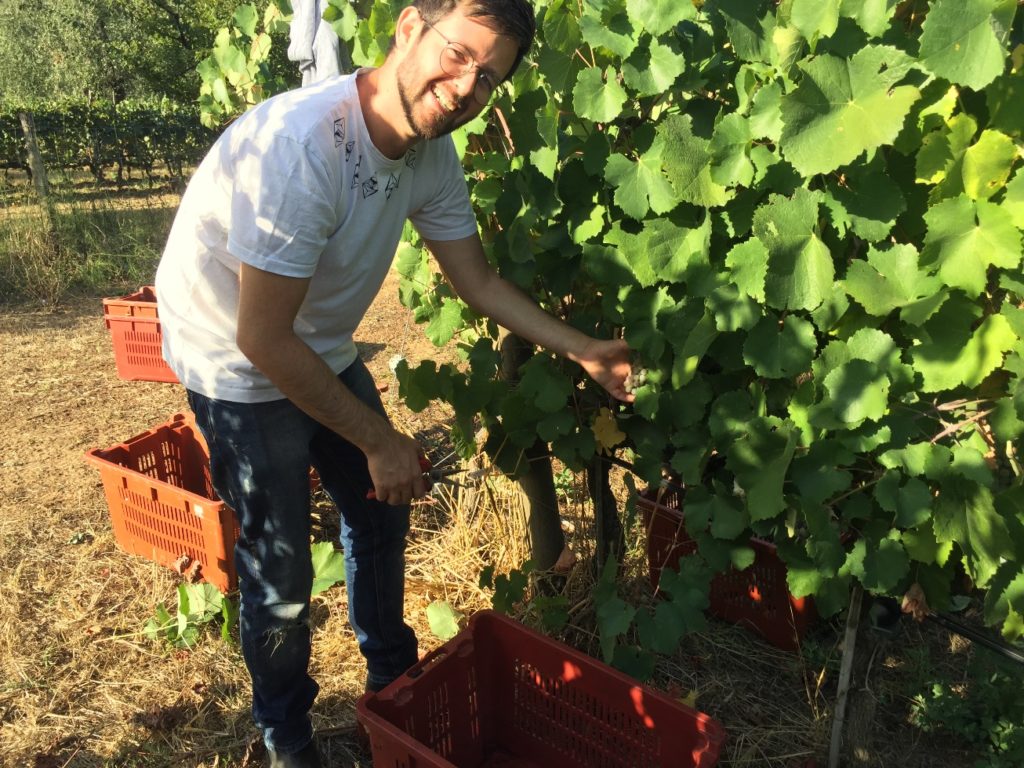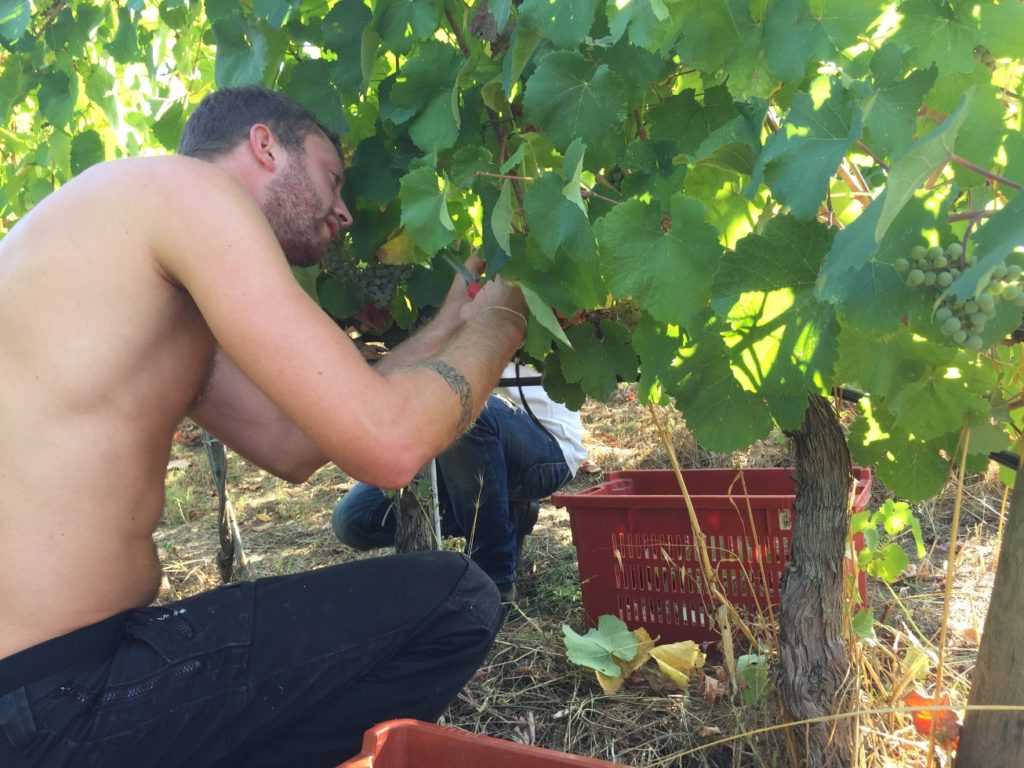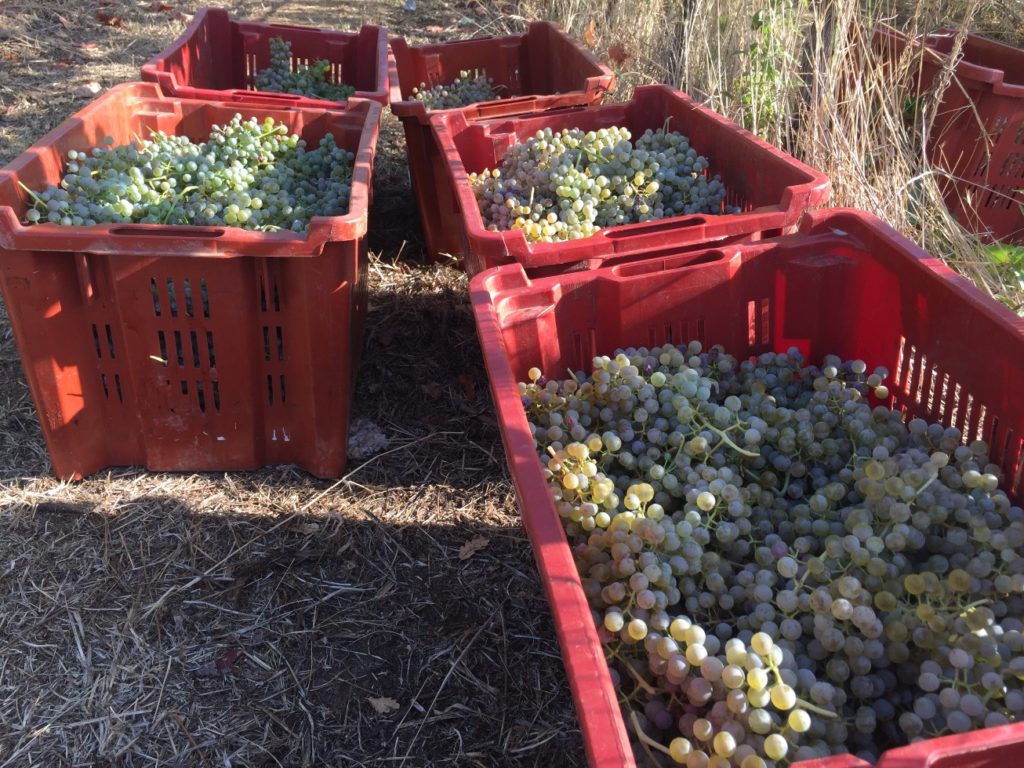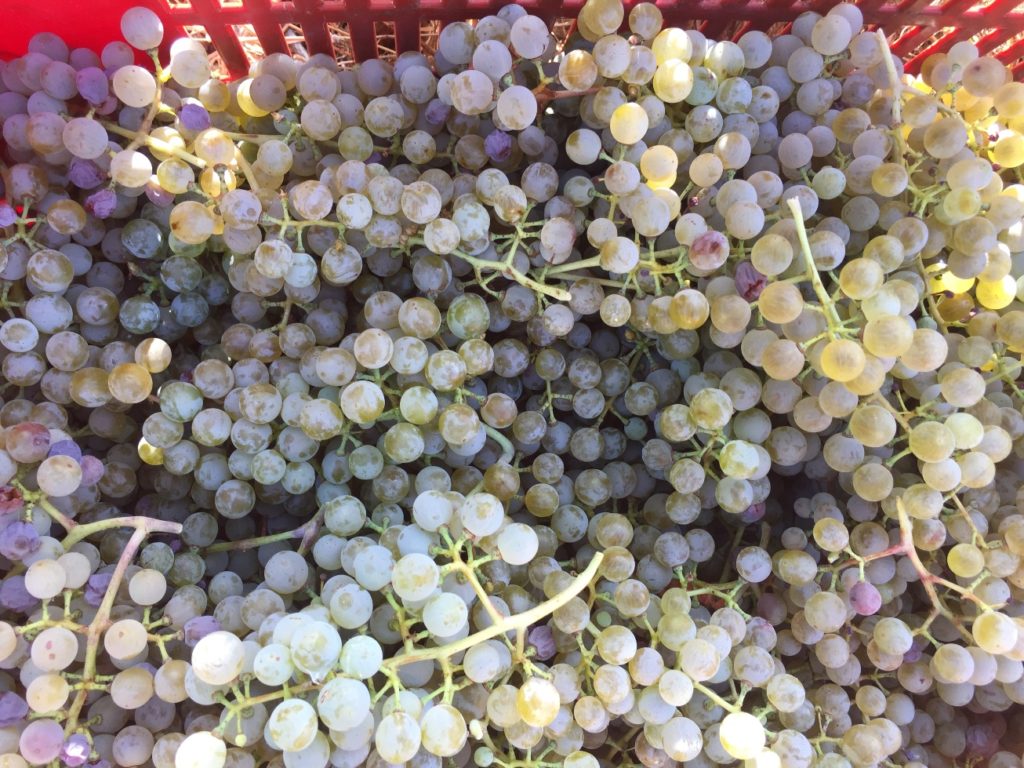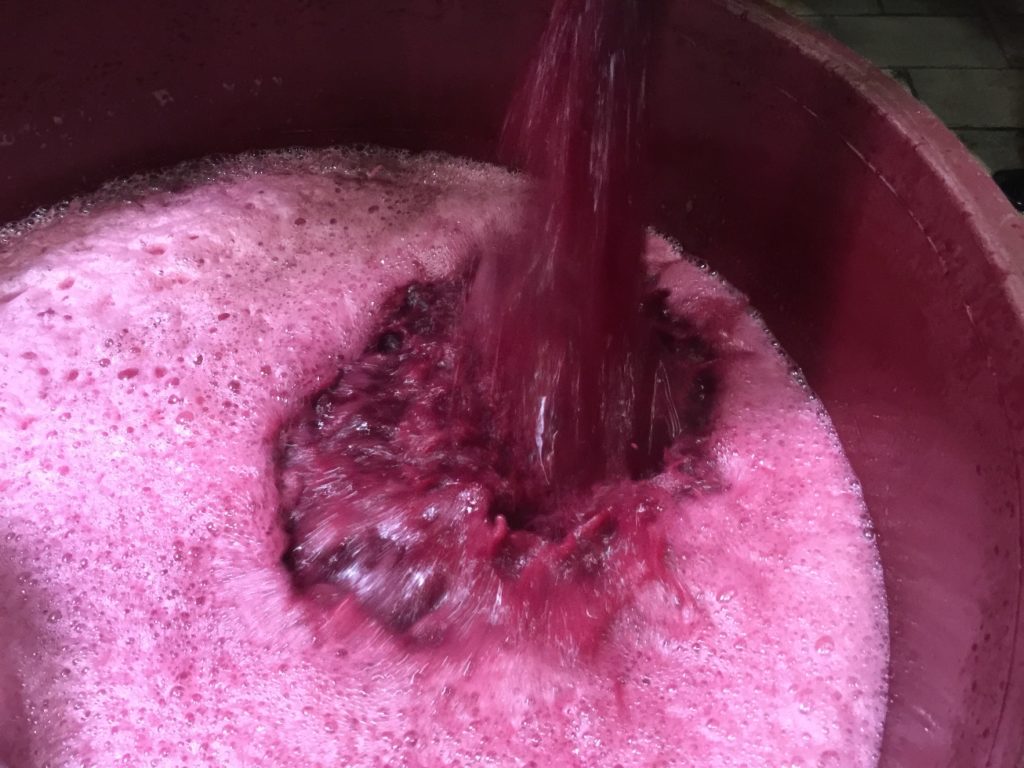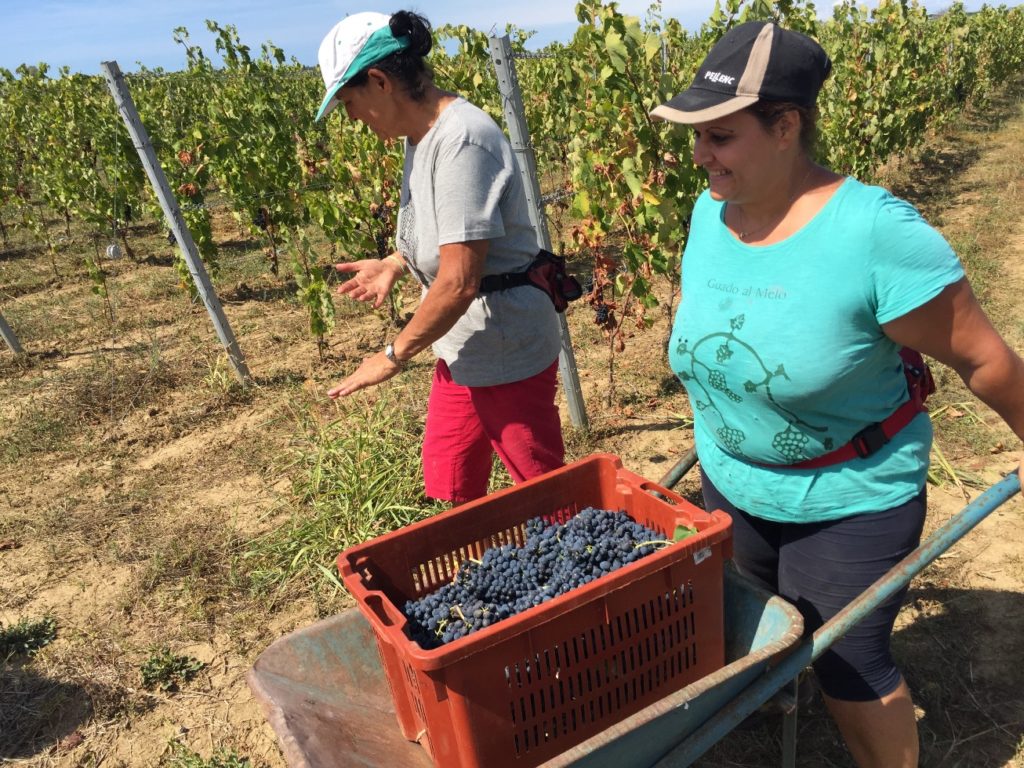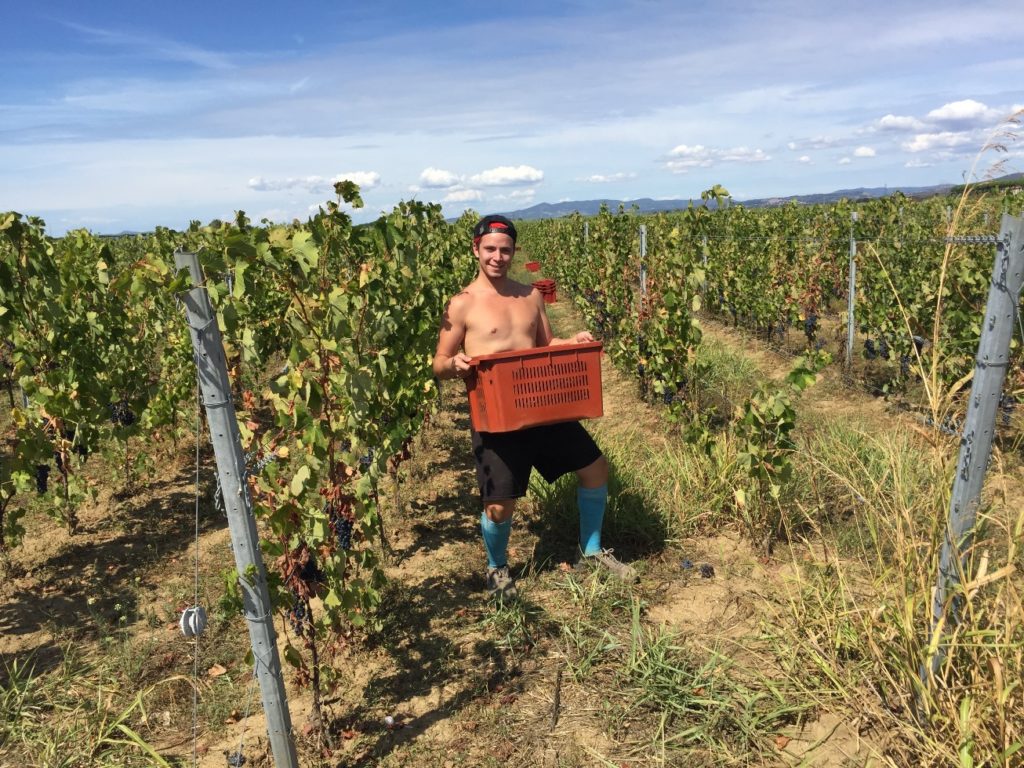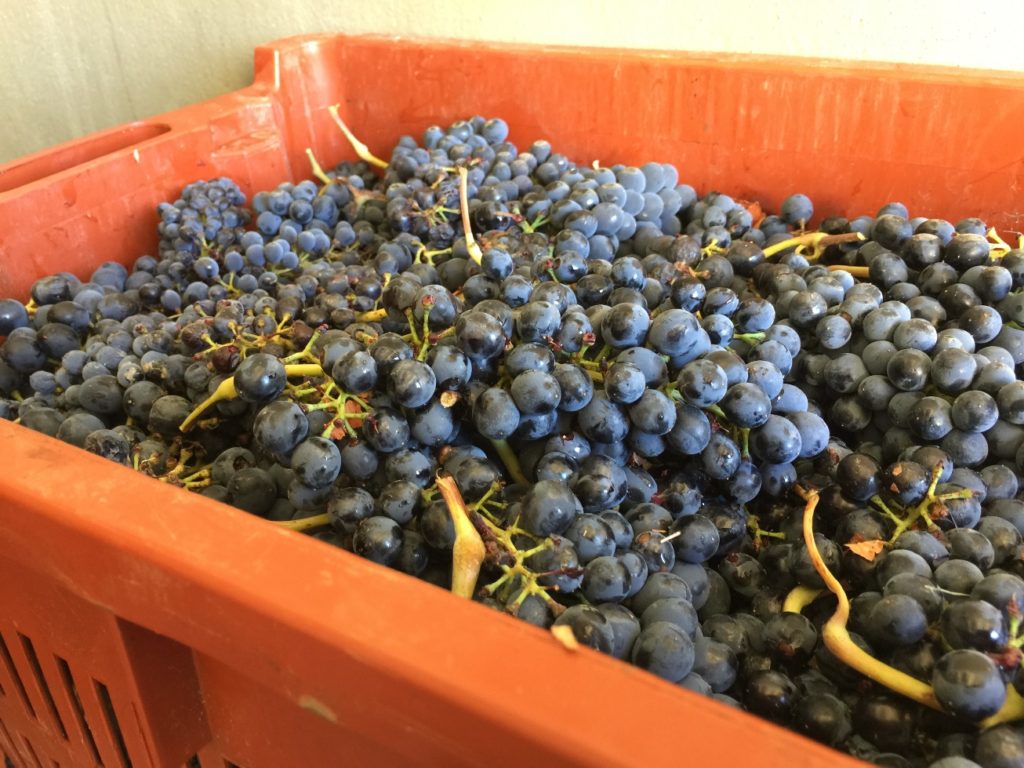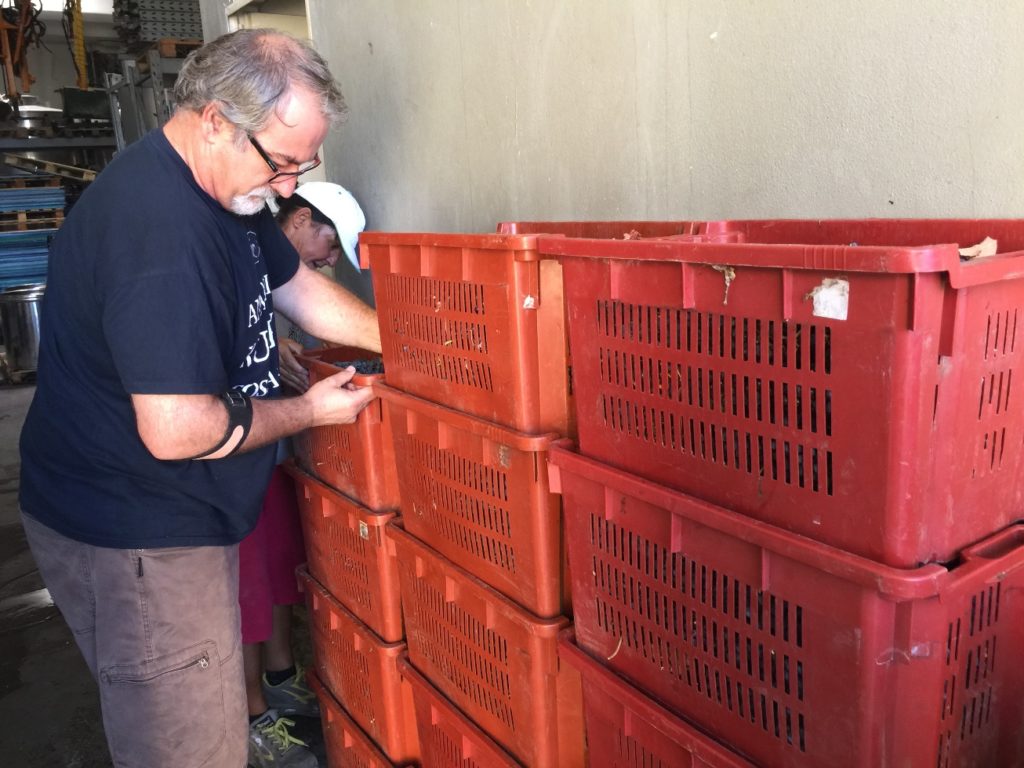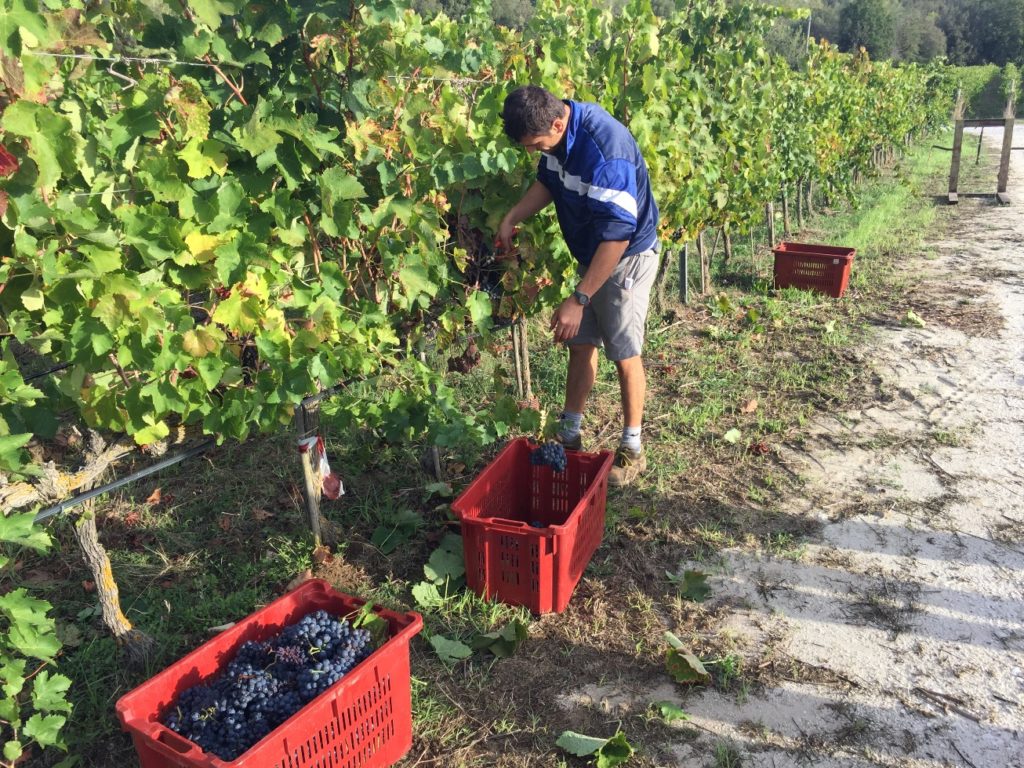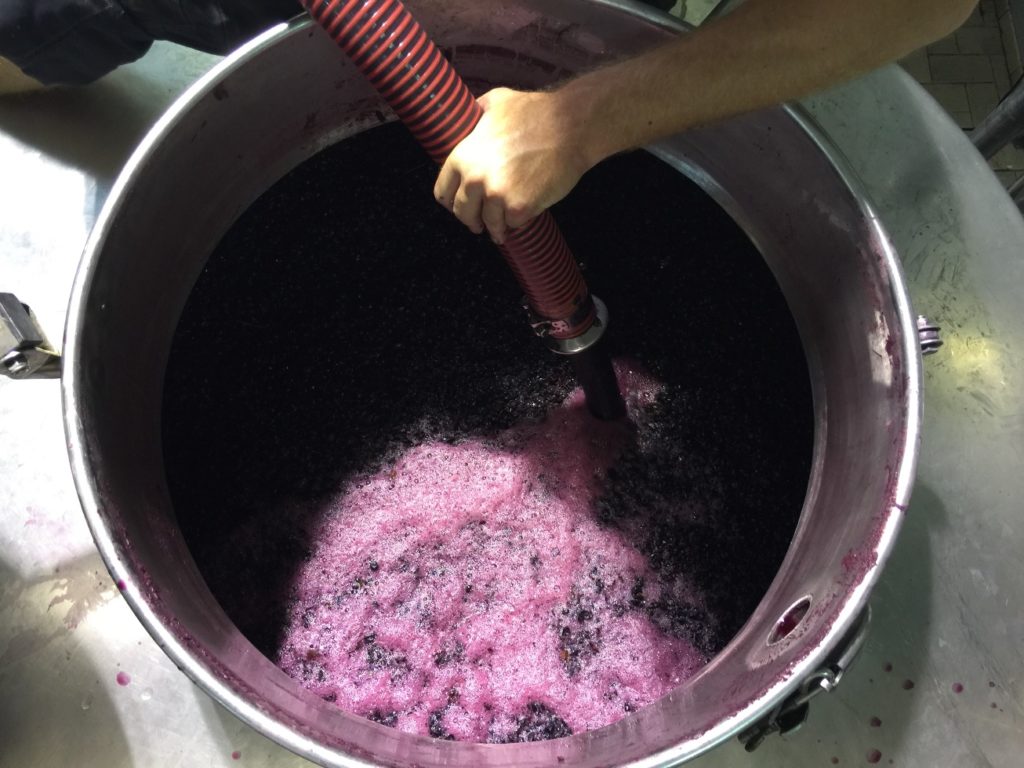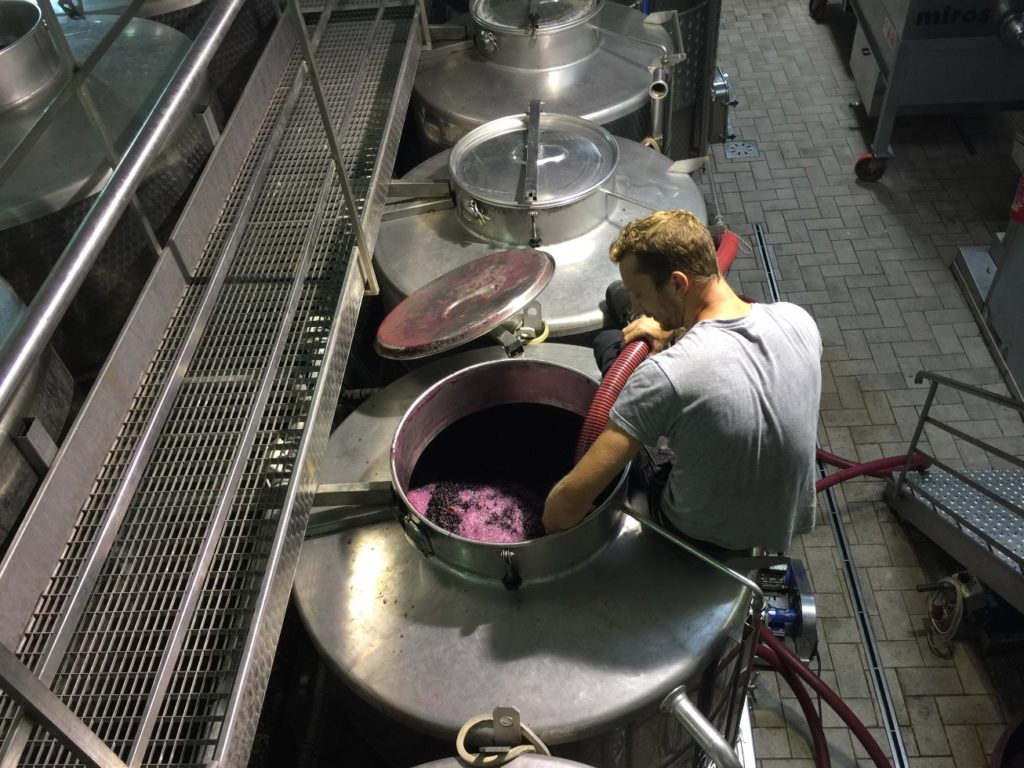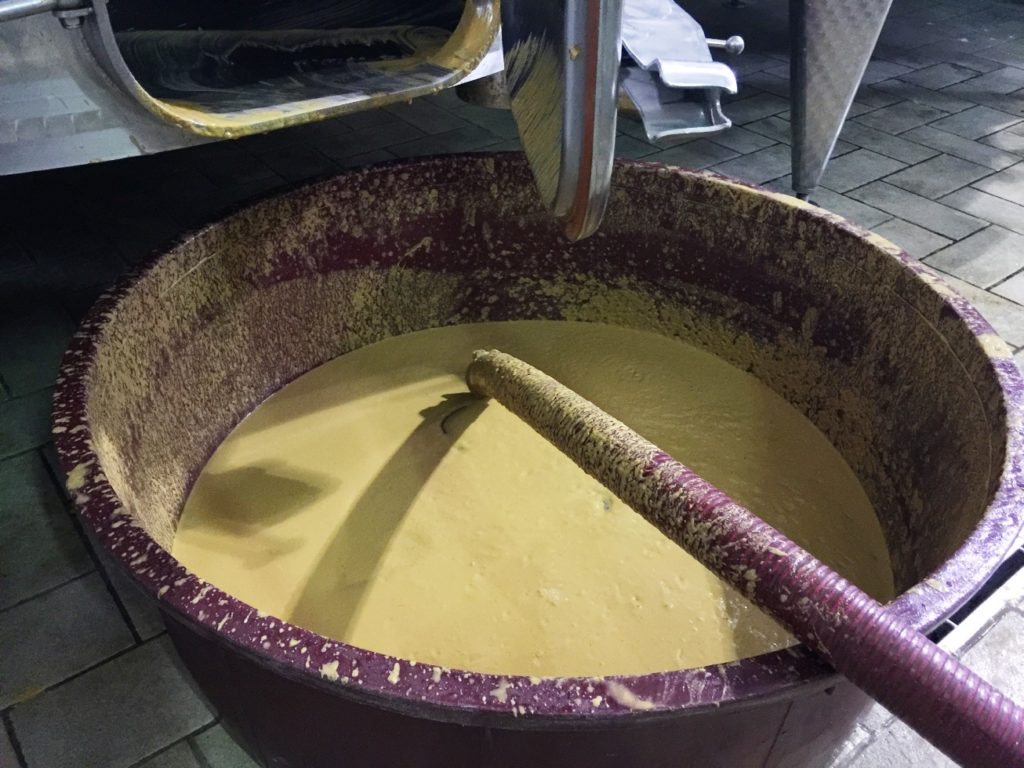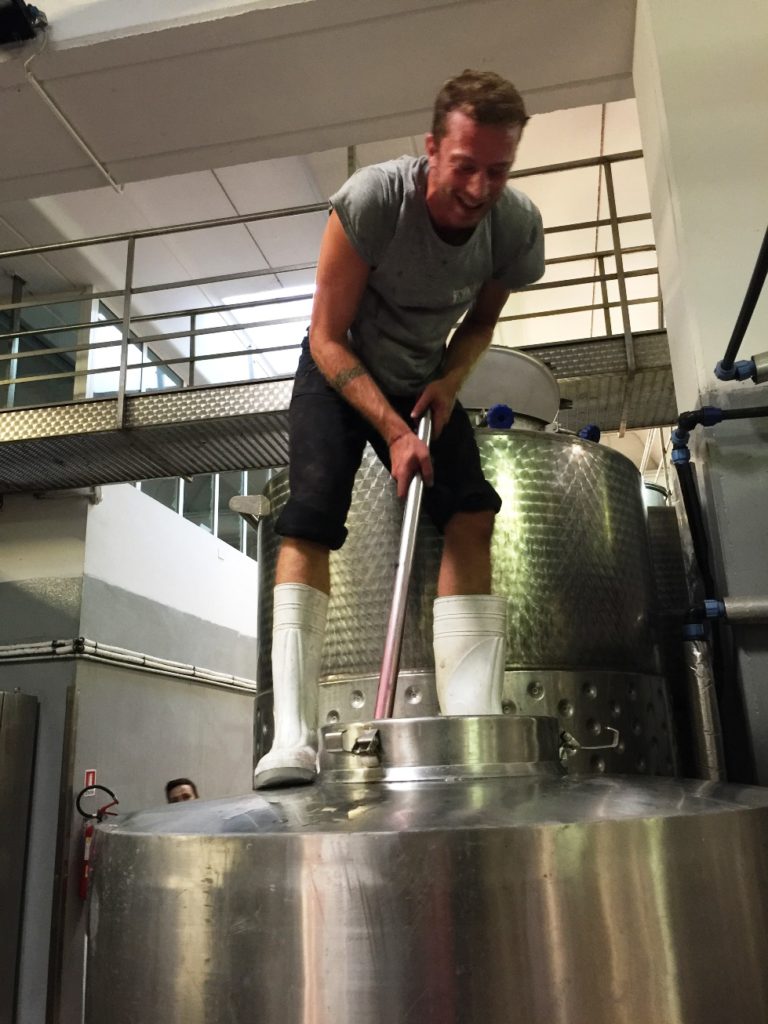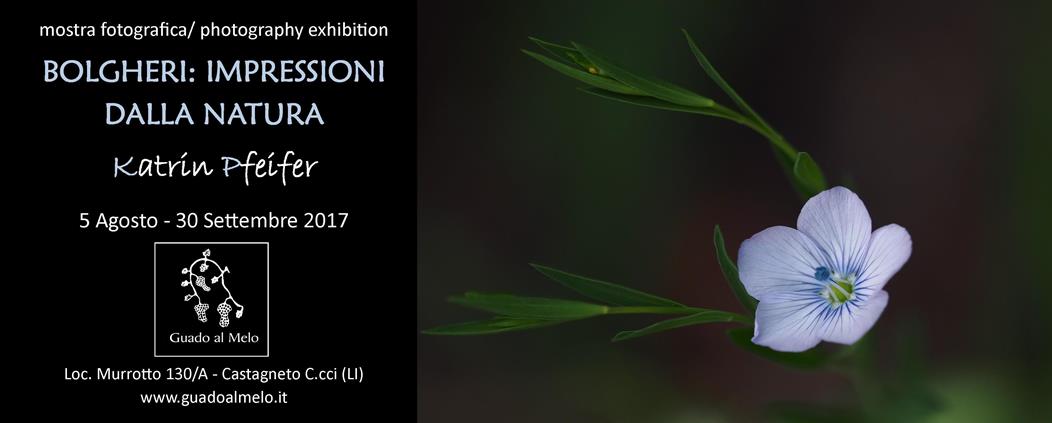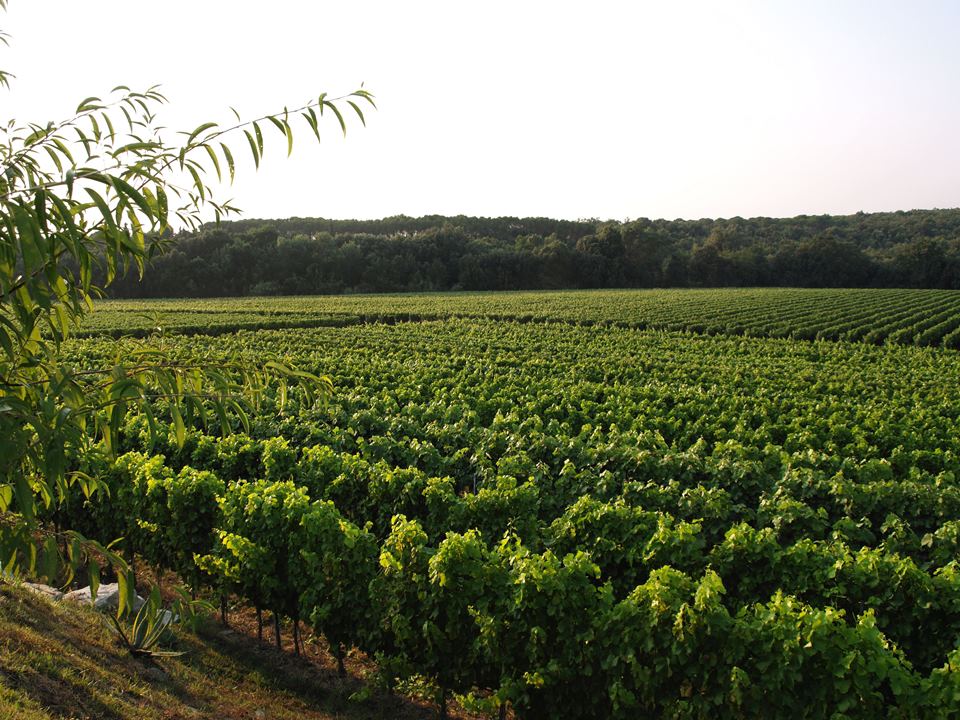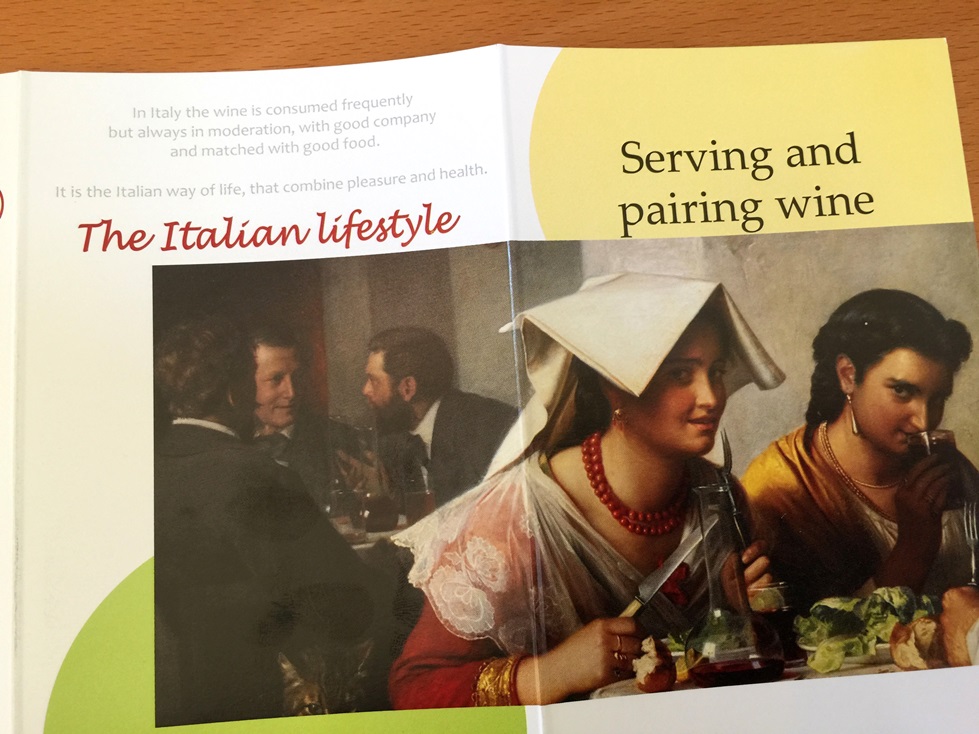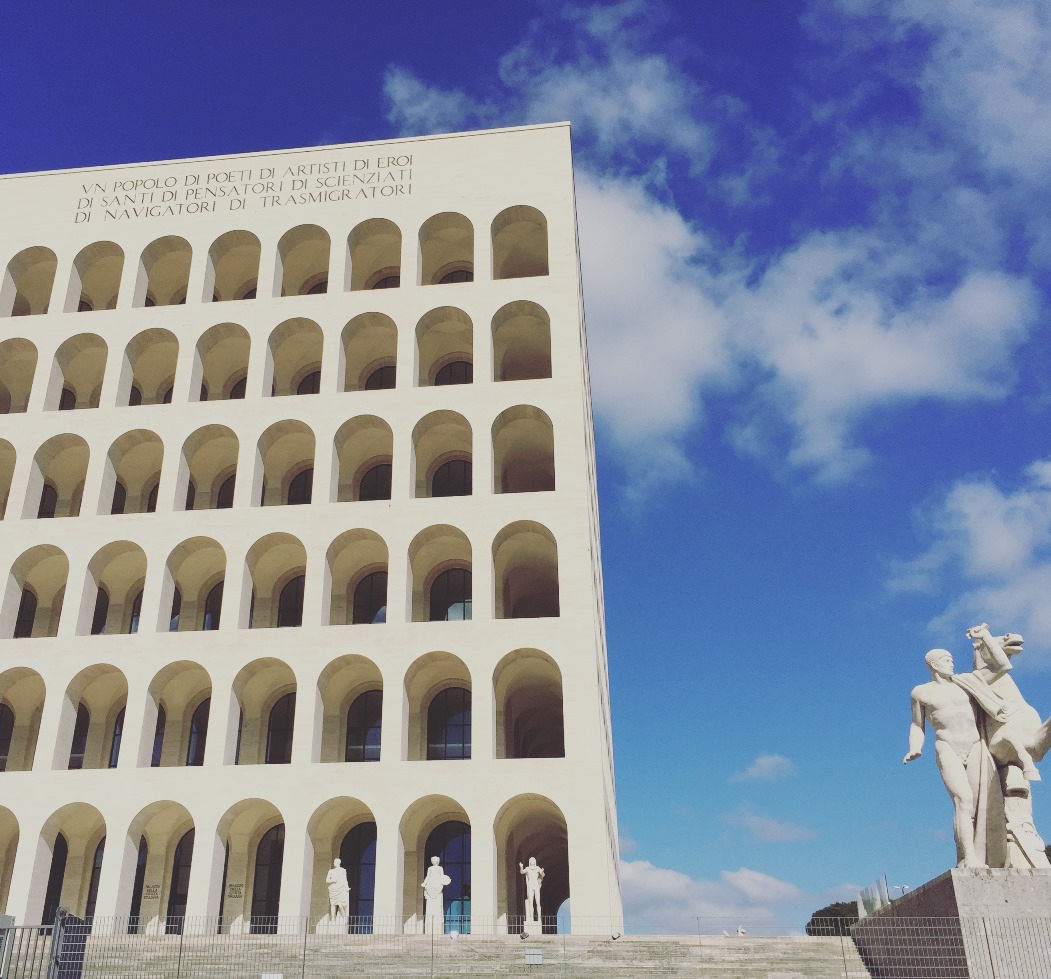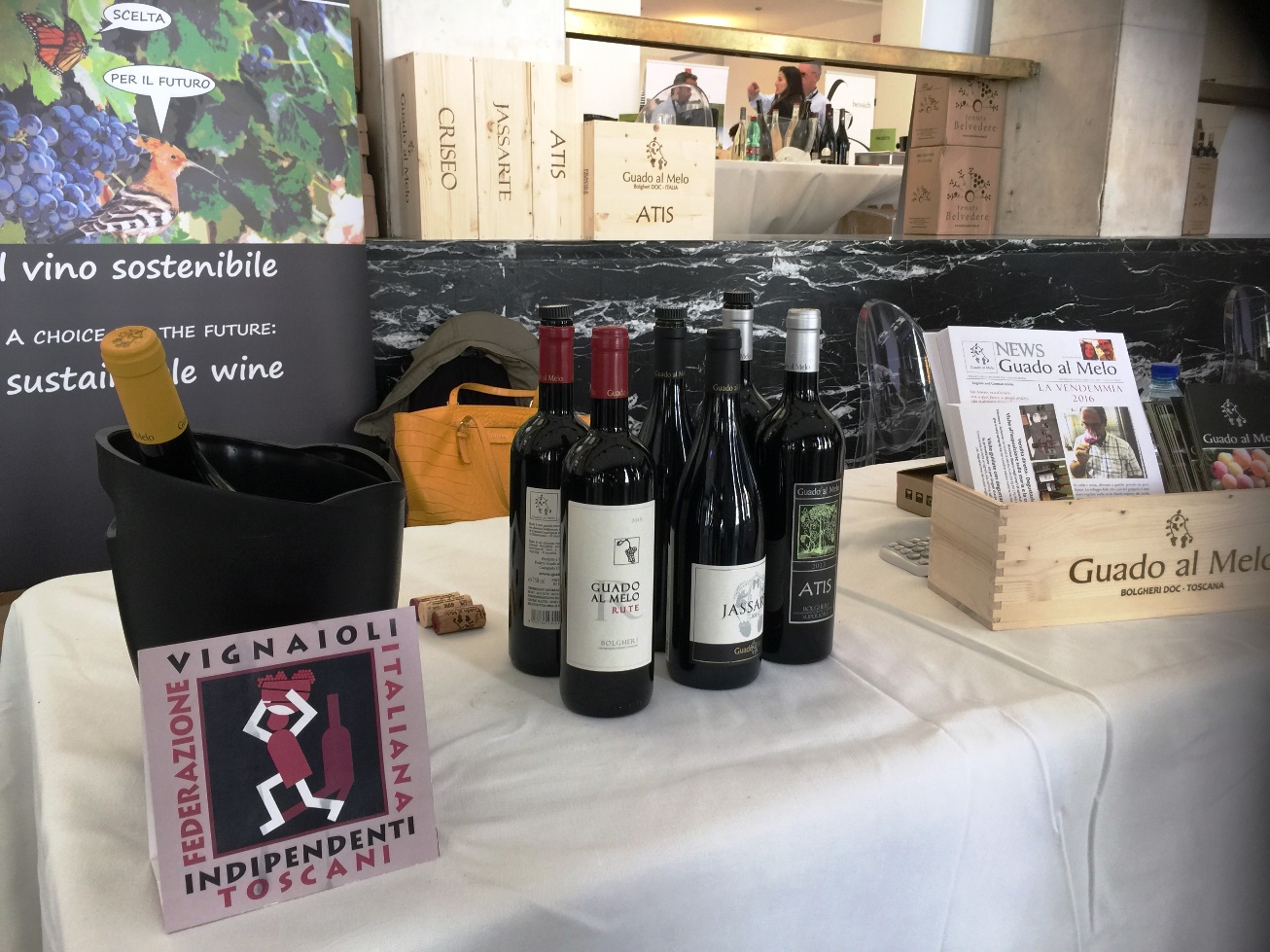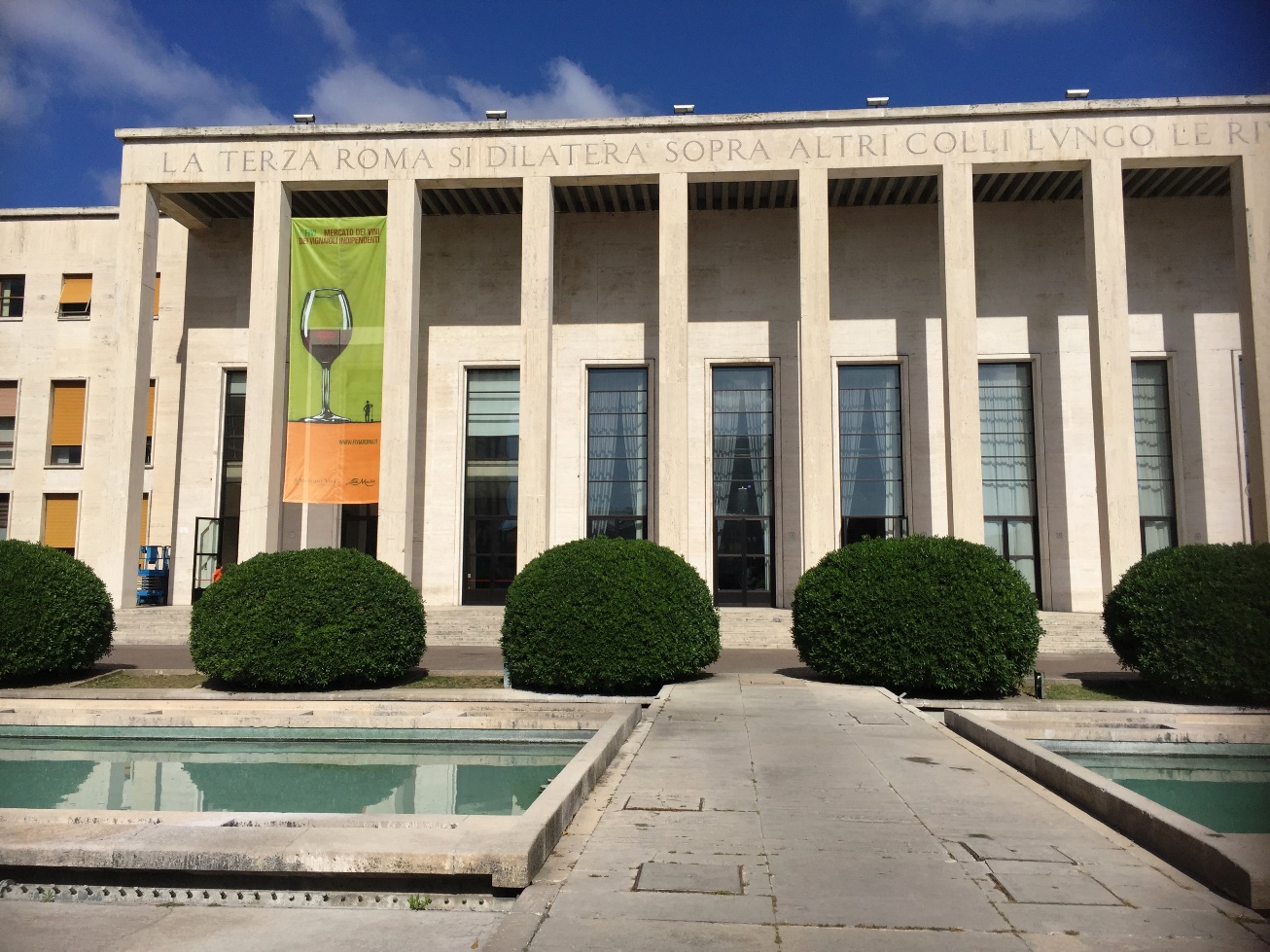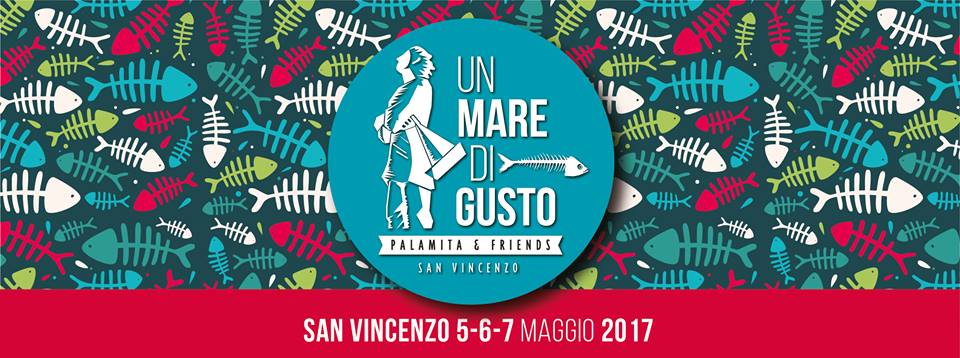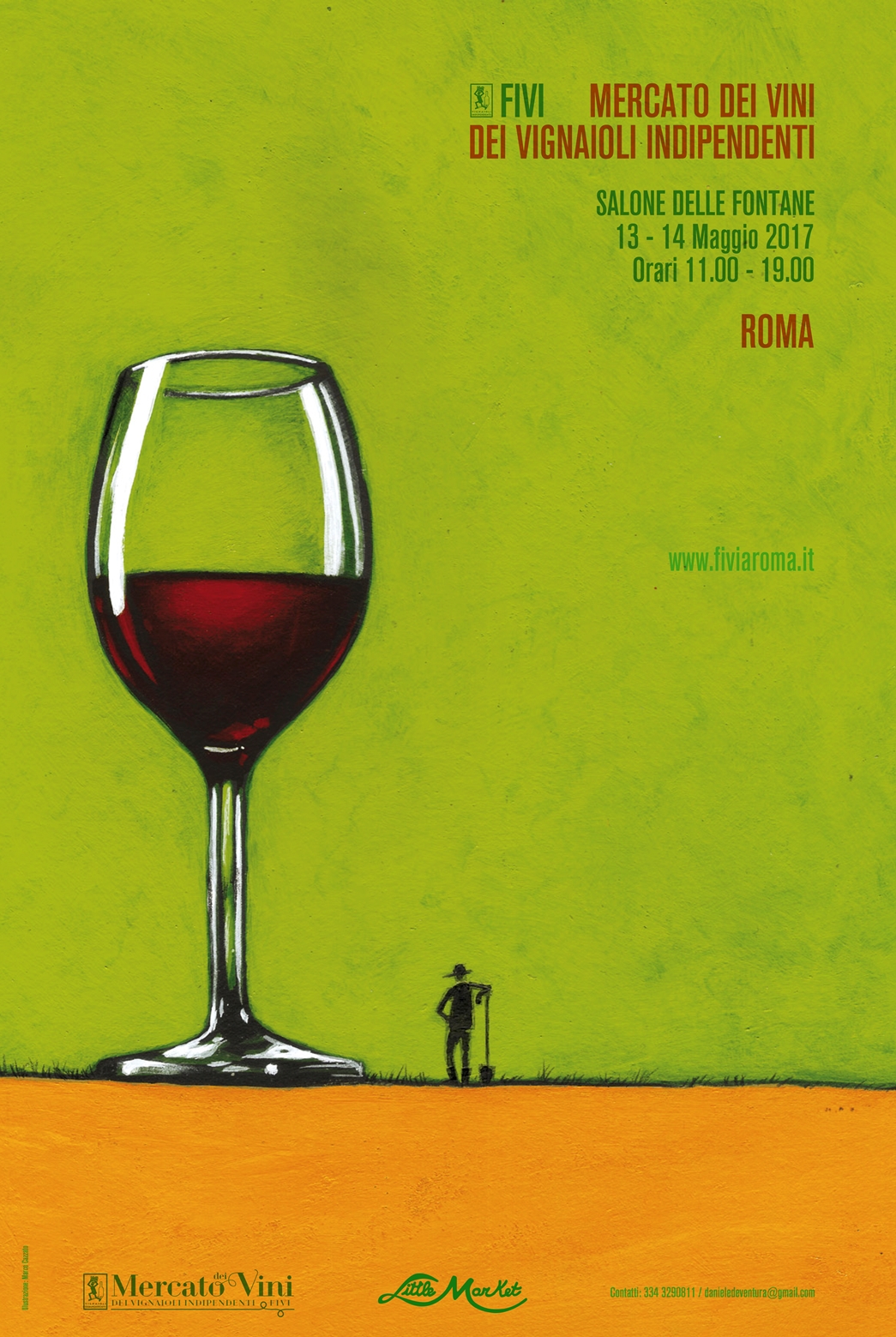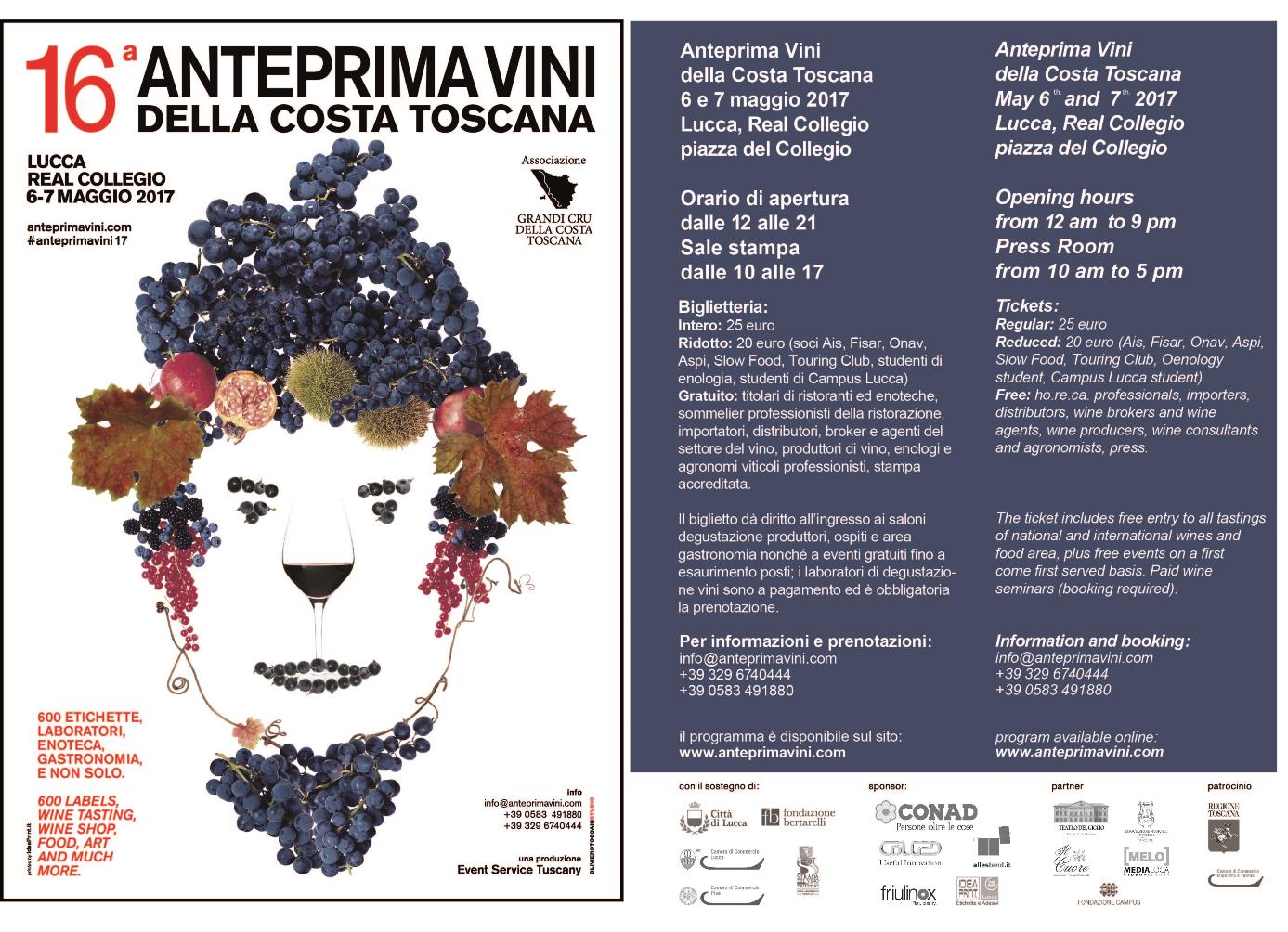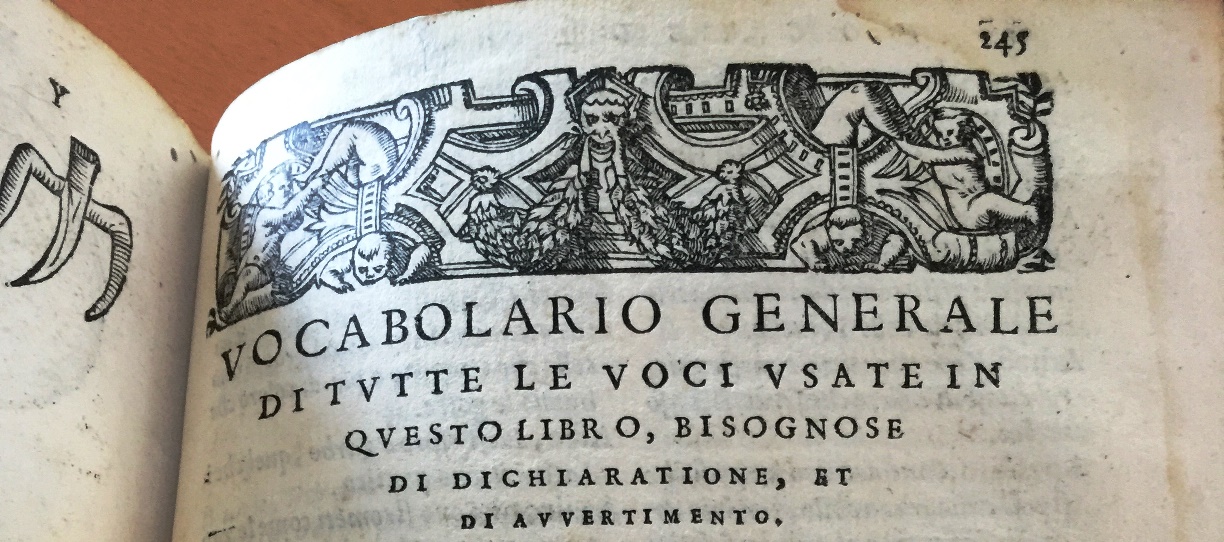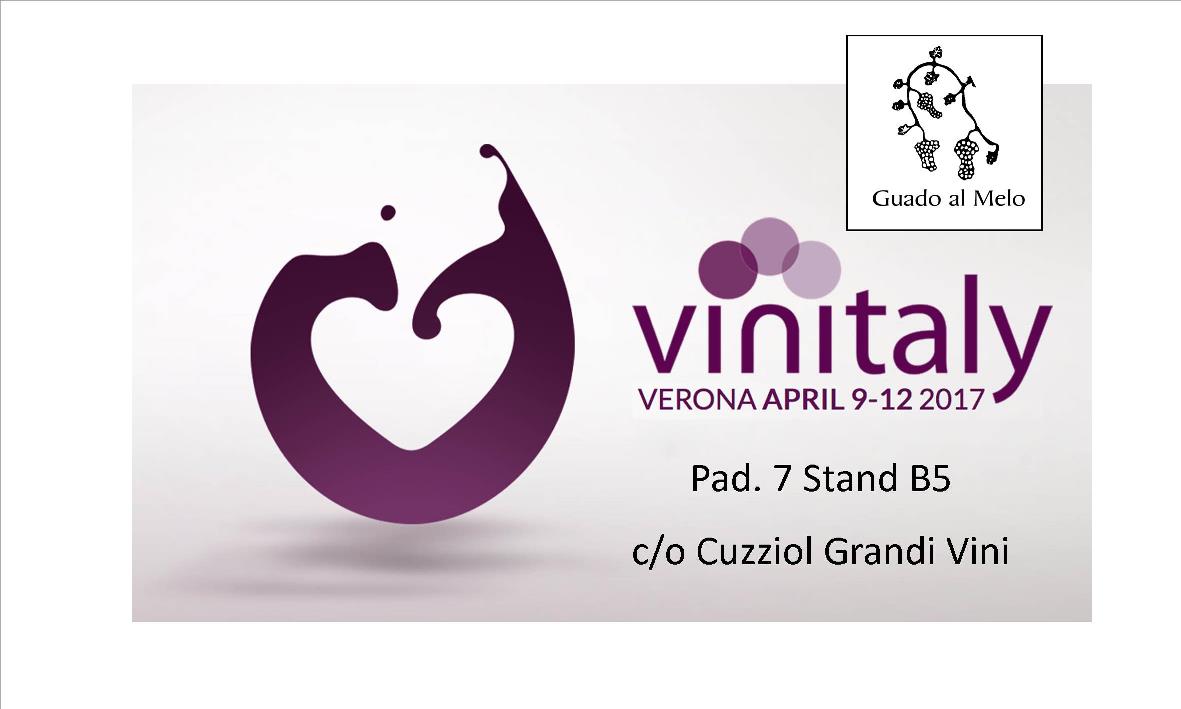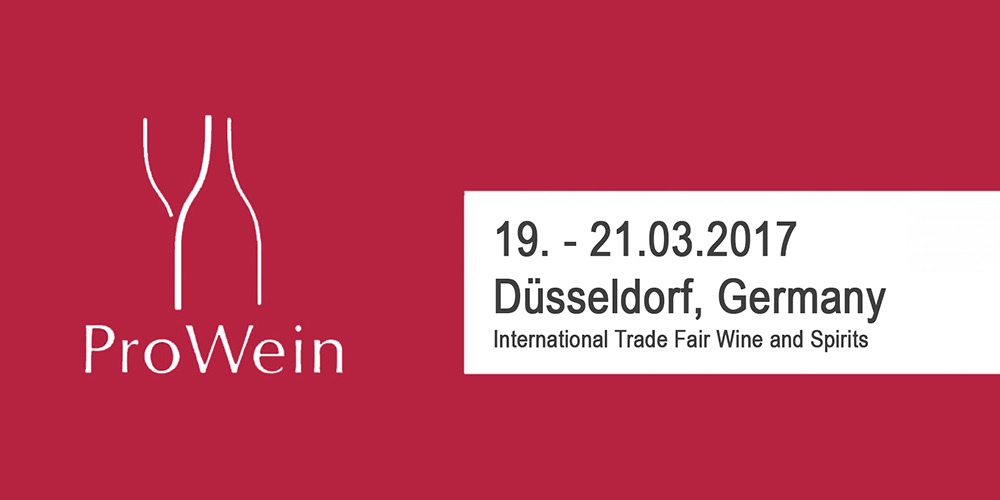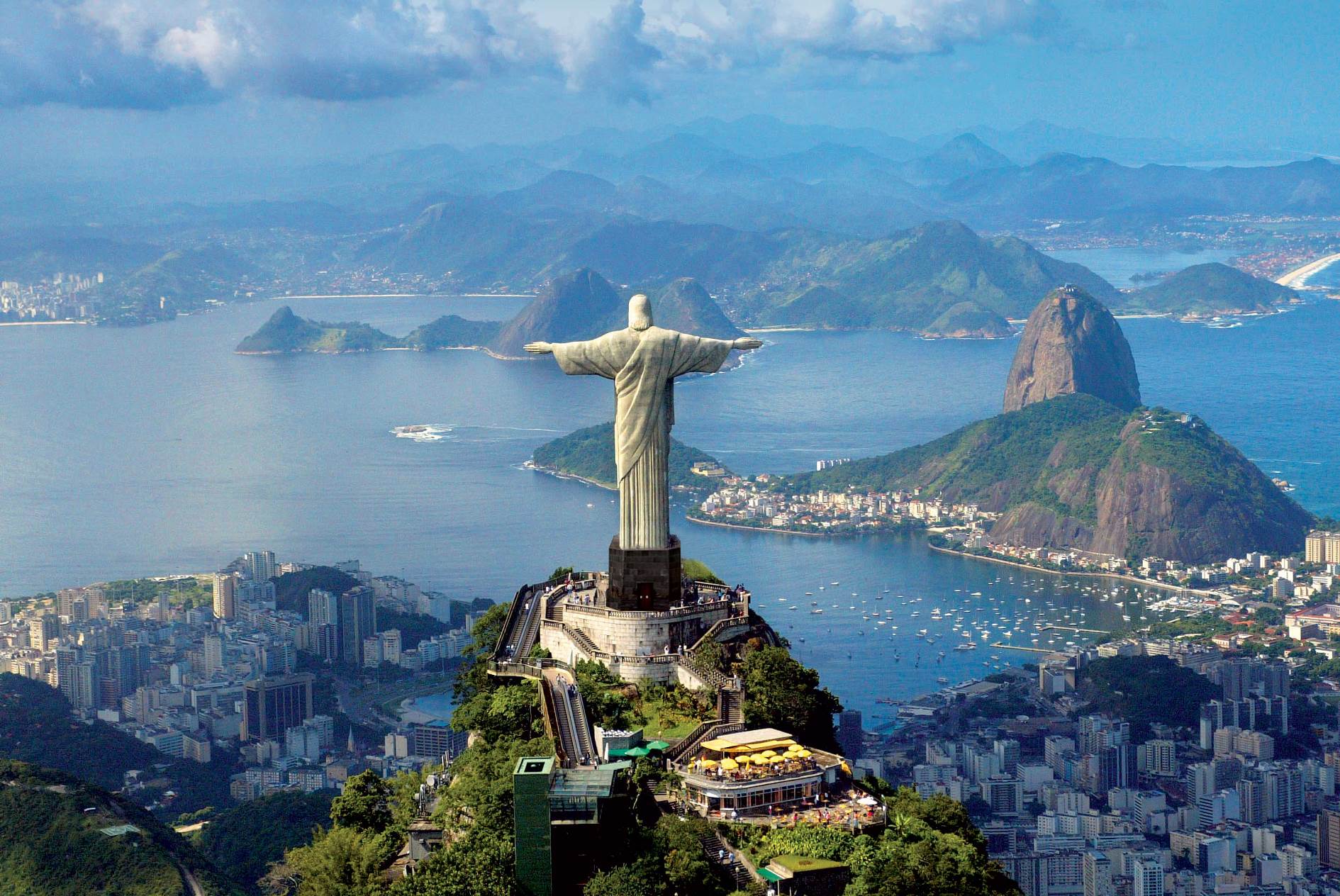Fermentation in history 1: "It boils by its nature!"
After the post about fermentation, especially on the role of yeasts, I invite you on a little journey through history, to discover what people thought in the past about this crucial passage and how mankind came to understand it.
Fermentation has been used by man for at least 10,000 years for the production of beverages and foods: wine, beer, bread, yoghurt, cheese ... However, for millennia, humanity has done it without knowing how and why.
The word fermentation is ancient, derives from the Latin fermentum, from the root of the verb fervere which means to move, to boil. It arises from the observation of what is clearly visible: the bread leaven, swell and expand, the wine (or beer) boils.
But what did people think in the past of this phenomenon?
If we look for references in agrarian texts, from antiquity to the nineteenth century we don’t try hypothesis or questions about why and how it happens. Rather there are indications of practical work, useful to favor the process. This is natural: the agrarian texts in the past were mostly aimed at workers (of a certain rank), in particular the farmers. In the most ancient ages the problem is completely ignored (at least, as far as we know). In the texts of the Seven-Nineteenth century the whole process is cleared with the little phrase: "(the grape-juice) boils by its nature". So, it just happens, we're not asking why! These questions were left more to the philosophers and then to the scientists, but we will meet them later.

One of the most detailed agrarian texts of antiquity is the De re rustica by Columella (65 AD), "On Agriculture", which collects the sum of all the Roman agricultural knowledge. It is a text so well done and precise that it is considered by experts to be the first real agronomic treatise in history. It was so important that it remained the main reference for agronomy until the eighteenth century!
Lucius Junius Moderatus Columella lived in the 1st century AD, originally from Cadiz (present-day Spain). After a first military career in Syria, he retired to agricultural life in his estates in central Italy. He recounts that he was influenced in his interest in agriculture by his uncle, Marcus Columella, whom he describes as a cunning man and a great farmer. So his writings are not just a literary work (like other texts on agriculture at the time) but derive from direct experience, as well as from a curious mind that already appears very scientific.

Columella loves the agricultural life that he considers morally healthier than that of the city, as he tells in his work. According to him the farmer must directly manage his own farm and must have an excellent preparation on his work, based on the study of valid texts. It shows a particular sensitivity (compared to its times) on the use of servile labor.
In the parts of the work dedicated to winemaking (much smaller than the space offered on the vineyard works part), we discover that Columella don't explain what happens in the fermenting dolium (pl. dolia: the terracotta pot used to make wine). Yet he gives many sensible advice (in light of our current knowledge) on how to work to ensure the successful of fermentation. In particular, he insists on the necessity of absolute cleaning of the cellar and of the work tools, above all of the containers where the juice and the wine will be placed. In fact, today we know that hygiene is the first fundamental requirement for producing a good wine, to avoid polluting it with micro-organisms responsible for many serious problems, as acetification, bad smells, turbidity, etc.
Columella remembers (as every good wine cellarer does today) that the preparation for the harvest must start at least a month before, with the thorough cleaning of each tool. Also he remember that the wine press must be well cleaned after each use. "The cellar must be cleansed from all grime, perfuming it with good smells, so that it is not offended by stinking or sour smell”.
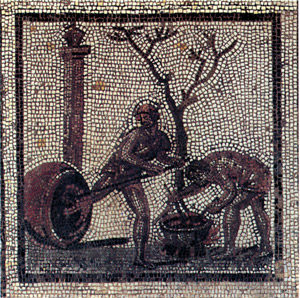
The dolia (large earthenware vases in which vinification takes place), underground or not, must be cleaned and prepared by scraping the inner pitch layer of the previous year, after having softened it with heat, and then carefully spreading again.
The following advices mainly concerns indications of "condiments" to be added to the wine (resin, sea water, etc.) for the conservation of wine. I recall that, in any case, the wines of antiquity were very different from those of today. The problems of winemaking produced wines with tastes that today we consider defects. The common use of serving them mixed with water, aromas, spices, honey and much more just served to cover and correct these inevitable problems.
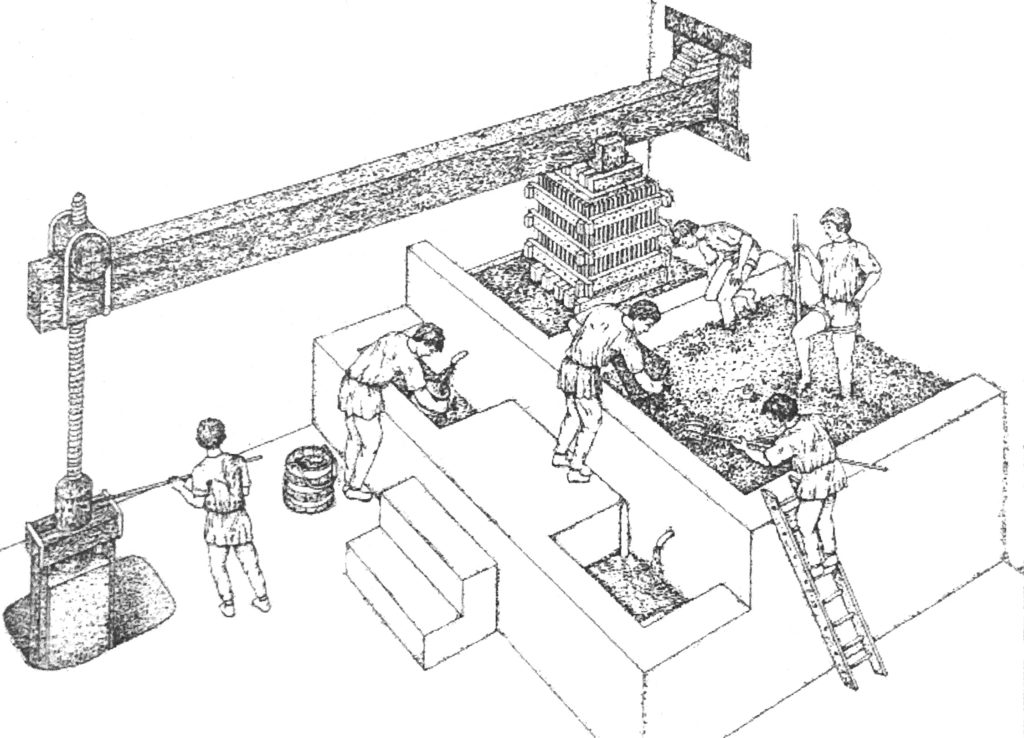
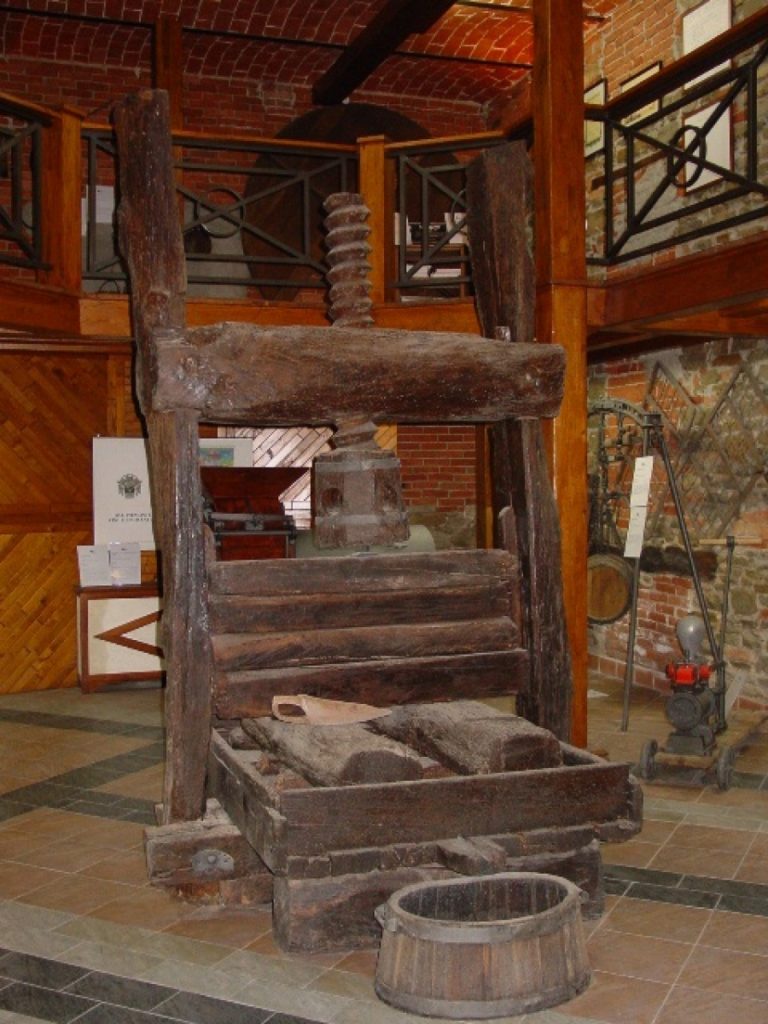
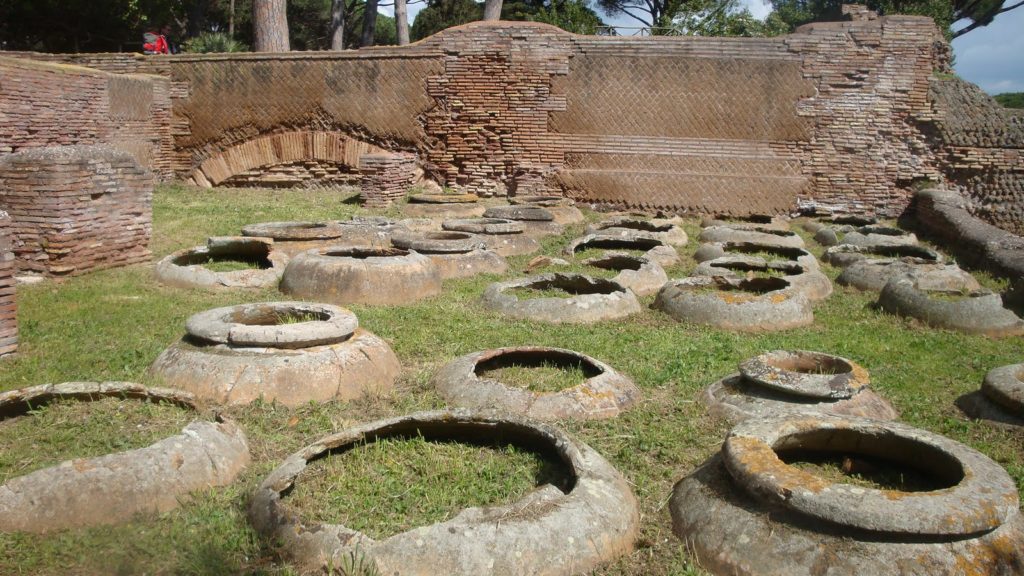
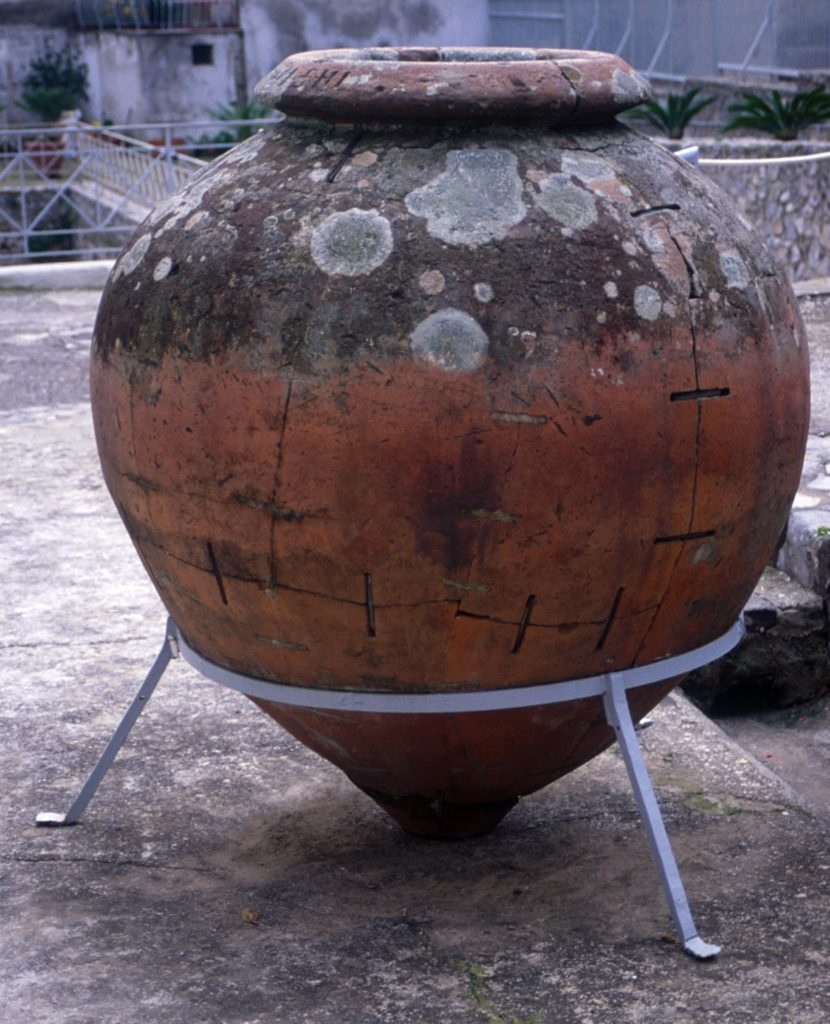
We know from more literal sources that in the ancient period it was common to attract good fortune on the harvest with augural rituals. In particular the Vinalia Rustica are celebrated on August 19th, i.e. auspicious rites for the next harvest (very similar to the blessings of the vineyards and fields that our priests did until a short time ago). Cicero, in "De Devinatione" cites the auguratio vineta, auspicious practices that traces back to the augur Attius Navius, at the time of Lucius Tarquinius Priscus.
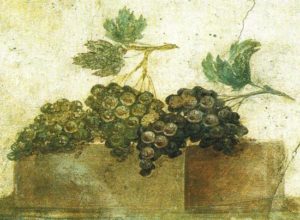
We can’t help but imagine that even the delicate phase of fermentation had its share of rituals. And yet Columella does not tell us much in this sense, hinting only rapidly at the sacrifice due to Liber and Libera, to whom the fermenting vats are to be consecrated. For him, who seems to be a curious and very rational agronomist, it is more important that "we do not go away during the harvest from the wine press or from the cellar, so that juice is clean and pure ...".
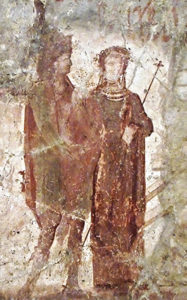
If we go to the Middle Ages, the situation does not change much. As in the late empire, there are no longer terracotta pots, but wood predominates in the cellars. However, winemaking techniques are practically the same, sometimes even with poorer techniques, especially in the early Middle Ages.
The greatest texts of medieval agronomy are above all those from Arab culture. Between the VIII and XIV centuries there is a great attention to agriculture: we count about fifty works dedicated to this field. These works flourish in all the lands under the Arab influence, in particular al-Andalus, the current Andalusia (Spain), which had a golden age in that period. For the Arab culture of the time, agriculture is a profession that requires specific knowledge. Some Andalusian texts reports agriculture as a profession (san 'a), but also as a science ('ilm) and an art (fann). In the work of al-Tignārī ("Book of the splendor of the garden and the delight of the mind") it is written: “anyone who has the aptitude, has the duty to devote himself to learning the science he needs to practice his profession. Those who are deprived of this attitude, must instead resort to the advice of the wise for everything related to their crops or the products of other trades”.
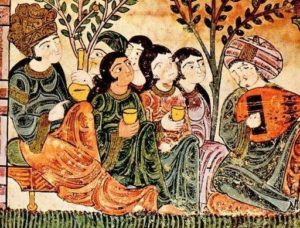
Unfortunately these texts do not speak us about wine, as it is already the Muslim era. However, they dedicate large parts to the cultivation of grapes, especially for fresh or dried consumption. Their sources are different depending on the works: some draw inspiration from classical Roman texts (above all Pliny and Columella), others from the Byzantines or ancient Mesopotamian operas. However we know, from historical and literary sources, that wine production in the viticultural territories had continued even after the passage under Arab rule. Mostly (and officially) it was carried out by communities of other religions and a small part for pharmaceutical purposes. In reality there was also a production of people of Muslim religion. The important thing was that it was not ostentatious. We know their winemaking techniques by other ways, but without sufficient details about our basic theme, fermentation. On this very interesting chapter, we will return in a next post.
Returning to the West, the only agrarian text of a certain importance is the "Ruralium Commodorum Books XII" of the Bolognese Pietro De Crescenzi (1305), based for many parts on the Latin writings, above all Columella. De Crescenzi also describes very well the phases prior to winemaking, such as the decision of the time of the harvest and the importance of cleaning the cellar, and then the subsequent ones (conservation). It does not mention the fermentation itself, but he explain how to try to remove the defects due to alterations.
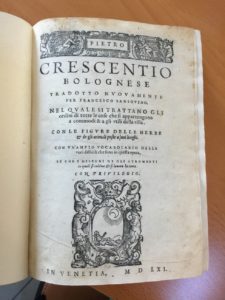
In general the author abounds with empirical advice, sometimes reasonable for us (sometimes not). In the most difficult phases, such as the alterations of the wine, which seem to go beyond the human understanding of the time, arriving as terrible as inevitable fatal events, magical and superstitious aspects increase. These parts (that will serve me as a link to talk about superstitions in winemaking), were certainly already present in the Roman agricultural world and will remain for centuries until almost to our days. Middle Ages wasn't a darker period of many others!
But, why is wine altered? So the author explains it, in a rather obscure way (I did not find a translation in English and it is not easy to do for his archaic language and the unclear meaning of this sentence; so, it is a very free translation): "Due to its corruptible watery nature on the vine or in the vat, wine is corrupted and gone off by various causes as the strange heat. If you take off a little dregs or wine with sediment, put it in the container and then don't open it. It would turn into mold, which infects wine. In addition to this, every other wine placed there is spoiled. And if this wine is put in a dolium and mixes with other wine, it infects it and converts it into its corrupt nature." We know that the alterations of wine are caused by microorganisms, by oxidation or, on the lees , also for reductive phenomena. The author, obviously without knowing why, understands that it is something that happens inside, above all when wine stay long on the dregs. His considerations on the fact of not infecting a good wine with one gone bad are also important.
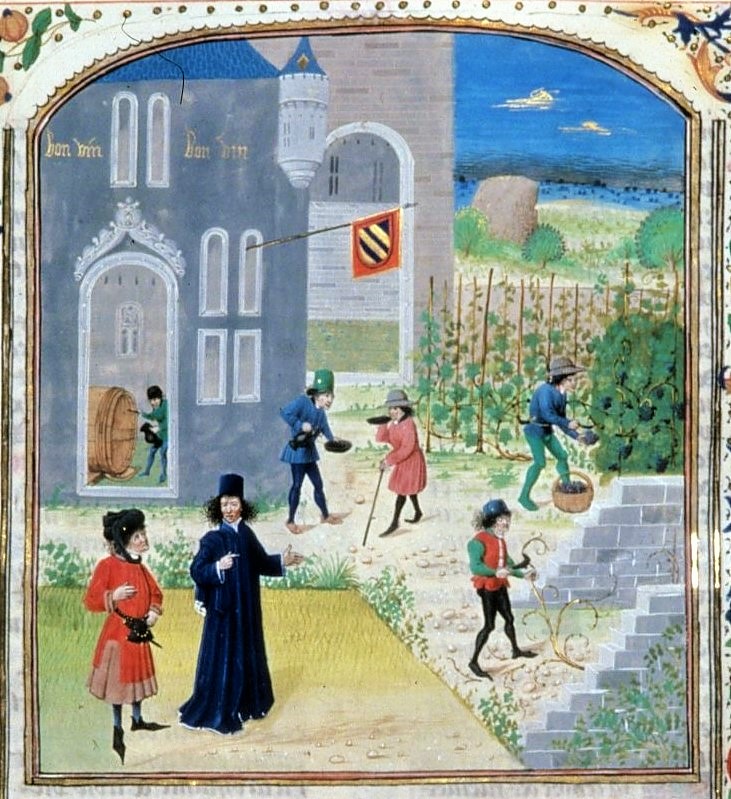
Again: "In addition, if you put the good wine, powerful and very sweet and body, during hot weather in a non-full and not closed tank, heat and damp evaporate, cold and the dry remain and wine becomes vinegar". The vinegar taste, which (as we know) derives above all from the action of acetic bacteria, for the author is a physical phenomenon (and unclear). However, he correctly understands the danger to let a tank open and not-full (causing contact with oxygen which, we know, facilitates the development of acetic bacteria). So, he suggests the best working methods.
"Wine dà la volta (may be "tourne" disease? It is a bacterial alteration of the wine, very common in the past) and it is more easily corrupted when there is the sunset of Pleiades, in the summer solstice, in the heat of the Dog (a constellation), when it is too hot or too much frost, during the great rains, in too many winds, for earthquakes, for thunders, when roses or vines bloom ". Practically, wine alteration can occur to every particular event that "disturbs" in some way the vinification. Some listed aspects are certainly true: changes in temperature can affect what happens in the tanks. A little less other events.
This belief, regarding the fact that certain events may disturb the winemaking, are found in many rural cultures of the past, in different parts of the world (both for wine and for beer). The popular imagination has contributed to the birth of a rich and extensive casuistry, mixing intuitions of real facts (better to avoid the sudden changes in temperature) to fantastic events.
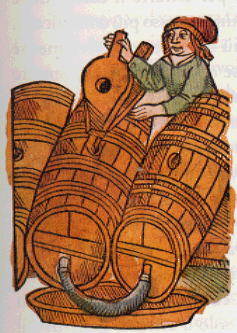
At the base is the idea that something is happening (people can see and hear it !) But is incomprehensible. Instinct leads to reverence: perhaps, if nothing disturbing happens, everything can go well... What happens, who acts? Spirits, demons, magical entities? Something is operating and so it's forbidden to make noise, its better walking slowly, whispering, it's forbidden to knock on the vats or barrels, to let doors or windows open , ... Every territory has his stories about it. Superstition also generates terrible warnings to prevent inappropriately behavior: if a person knocks on a vat or a barrel, thus making the wine bad, he risks losing his finger or hand. It was also believed that the cellar should be kept closed to prevent evil spirits or witches or black cats from negatively influencing the process. Many other situations could be bad, like women with menstruation, who must not approach the vats. According to some peasant cultures the outcome of winemaking also is a premonitory sign of the family's destinies. If it is not good, troubles are coming, if there are serious alterations, there could be misfortunes.
But returning to De Crescenzi, what are the remedies for the alterations of the wine? Here there is a very long list. Some practices described to prevent problems (or solve them in the early stages) are adequate, such as wine racking or keeping vats well filled and closed. When the damage is done (and even today it is almost impossible to remedy) the author lists instead a little more imaginative interventions, such as various kinds of concoctions to add to the wine, based on herbs or other. Certainly these don't change the destiny of wine, as the author suggests, but perhaps they are more useful to cover bad smells or tastes (in the medieval period, as in the antiquity, it is a common use the correction of wines with spices, herbs, honey or other). It is also suggested the use of “magical” plants, such as the Clematis vitalba (old man's beard) which, if placed at the base or above the cask, should prevent the wine from altering. The most curious is a sort of propitiatory rite linked to the religious sphere: an apple must be placed in the container, with a rolled-up leaflet in it: "GVSTATE ET VIDETE QVONIAM CHRISTVS SVAVIS EST DOMINVS". (Taste and see that Christ the Lord is good).
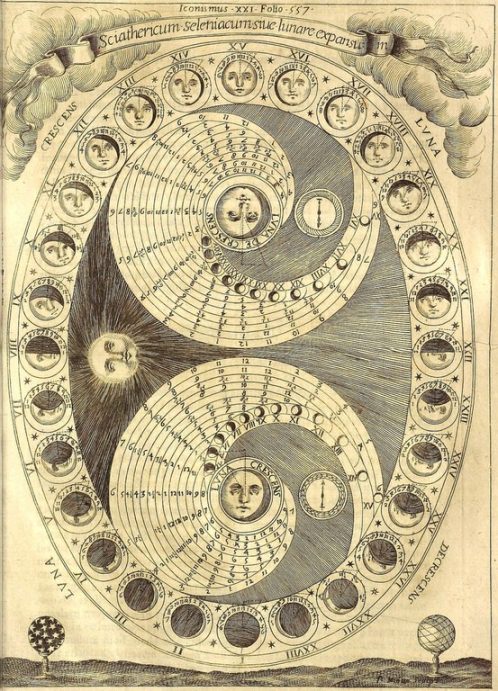
Of the beliefs mentioned by De Crescenzo, the most widespread, the most fascinating and one of the hardest to die, is the one that binds the wine to the lunar phases. According to the author, the harvest must be done during the waning moon, while the decanting with a crescent moon, otherwise the wine becomes vinegar. For example, 500 years later we find the same beliefs, as Gaetano Cantoni reported in his "Complete Agriculture Treaty" (1855) : "According to some, the moon would also influence the fermentation of manure, and consequently the dunghill should rather be turned around in the last days of the moon, because in this period less quantity of useful ingredients would dispersed, and they would remain ordered for fermentation, favored by the first quarters of the following moon. The same thing would happen for wine fermentation: about it there are the proverb that the wine made in two moons is clarified with difficulty or never ". This belief has remained until almost our days in rural culture (and not only).

These beliefs derive from the magical thought that anthropologicals have called "sympathetic magic". One of its most important principles is that of similarity. It is based on a banal mental association whereby the similar calls the similar or where something that symbolizes a certain action has influence on it. In this conception the crescent moon is bound to all those actions or situations in which there is something that grows or has to develop or move. Instead the waning moon assumes a link with everything that decreases, which must stop or die. Therefore all the phases of agricultural harvest that involve the cutting, the death of the plant or the crushing (as for the grape), must be done in the waning moon. Instead, an action like the pouring, a movement, must be done in the crescent moon.
However, there is no need to go too far in time, these beliefs are still alive today. Magical thinking is subtle and powerful. Sometimes it is not possible to avoid it even through culture or centuries of research and scientific discoveries. The spontaneous question is: why have these beliefs survived for so long?
We must think, as described in the medieval text, that in the production of wine the magic-superstitious rituals are never done alone. They are always accompanied by good empirical practices that can lead to positive outcomes. Here, however, humanity is divided into two categories. People with a rational mind tend to think that it was good work that produced good results and focused on that. From this mental setting, over the centuries science was born. Other people instead are brought to focus their attention more on the fact that the magic has worked. Furthermore, often people makes talismanic gesture, thinking "it doesn't hurt"! And so these beliefs are perpetuated over the centuries.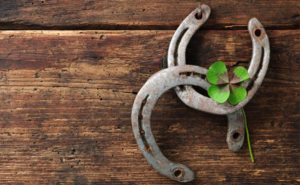
And with our knowledge of the last centuries? It seems absurd, but for some it may be easier to make sense of the simple mental correlations required by magical similitude rather than to understand the chemical or physical or physiological concepts behind certain good work practices. And then, the most important consideration of all: we like these stories!
They are beautiful, poetic, they use evocative images and words. These stories are fascinating and seductive. Also for this reason, over the centuries they have conquered and continue to this day, becoming also powerful marketing strategies of some sellers (more astute or more naive?) .
After this digression into the superstitions surrounding the winemaking, we arrive at the age of the alchemists. Thus we discover that here begin to appear the first interpretations of the real fermentation process.
(to be continued ....)
Our new brochure - in German too
Here the are the project that I realised for our big brochure.
First peges are dedicated to us, Guado al Melo's staff and owners.
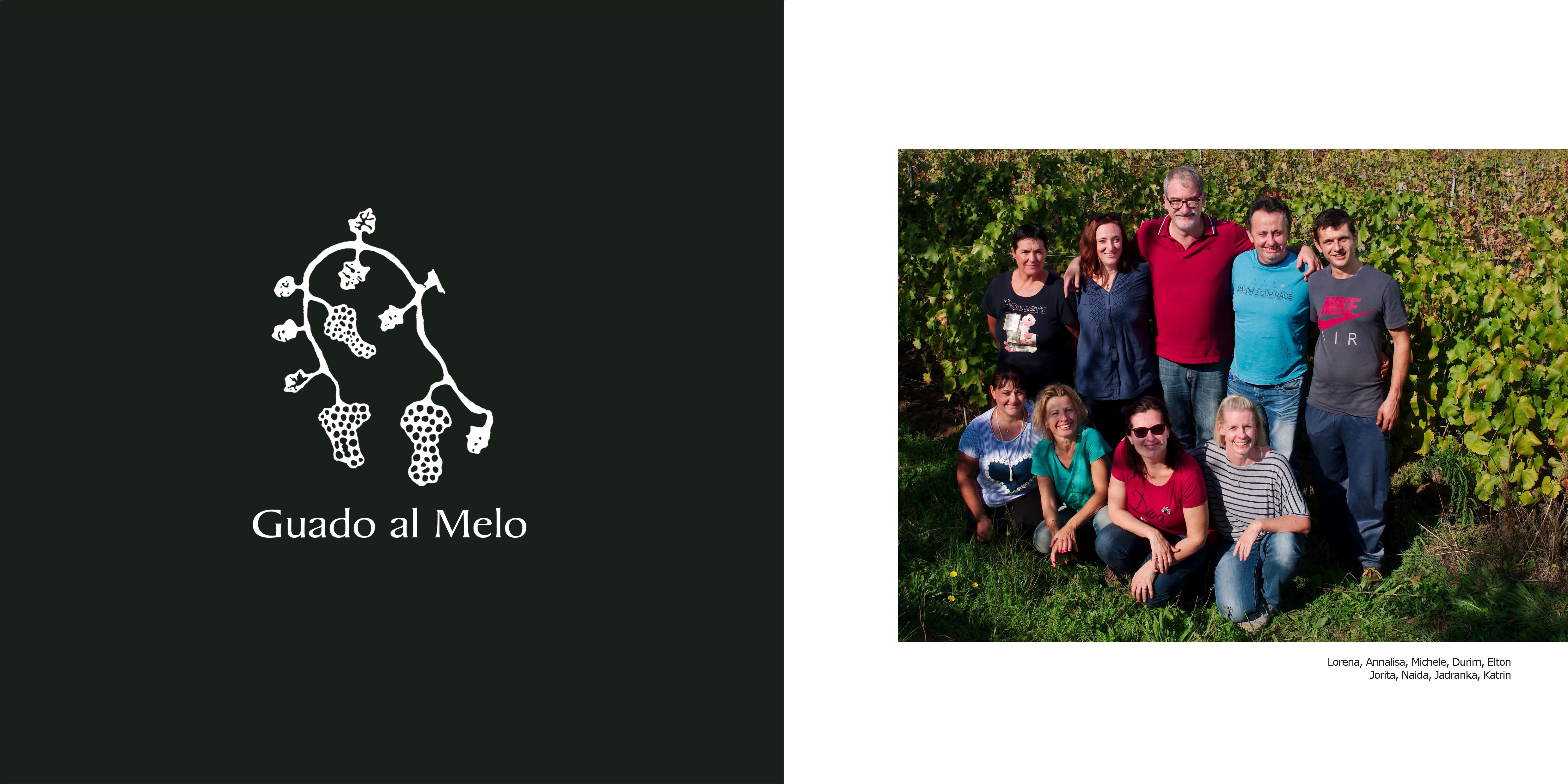
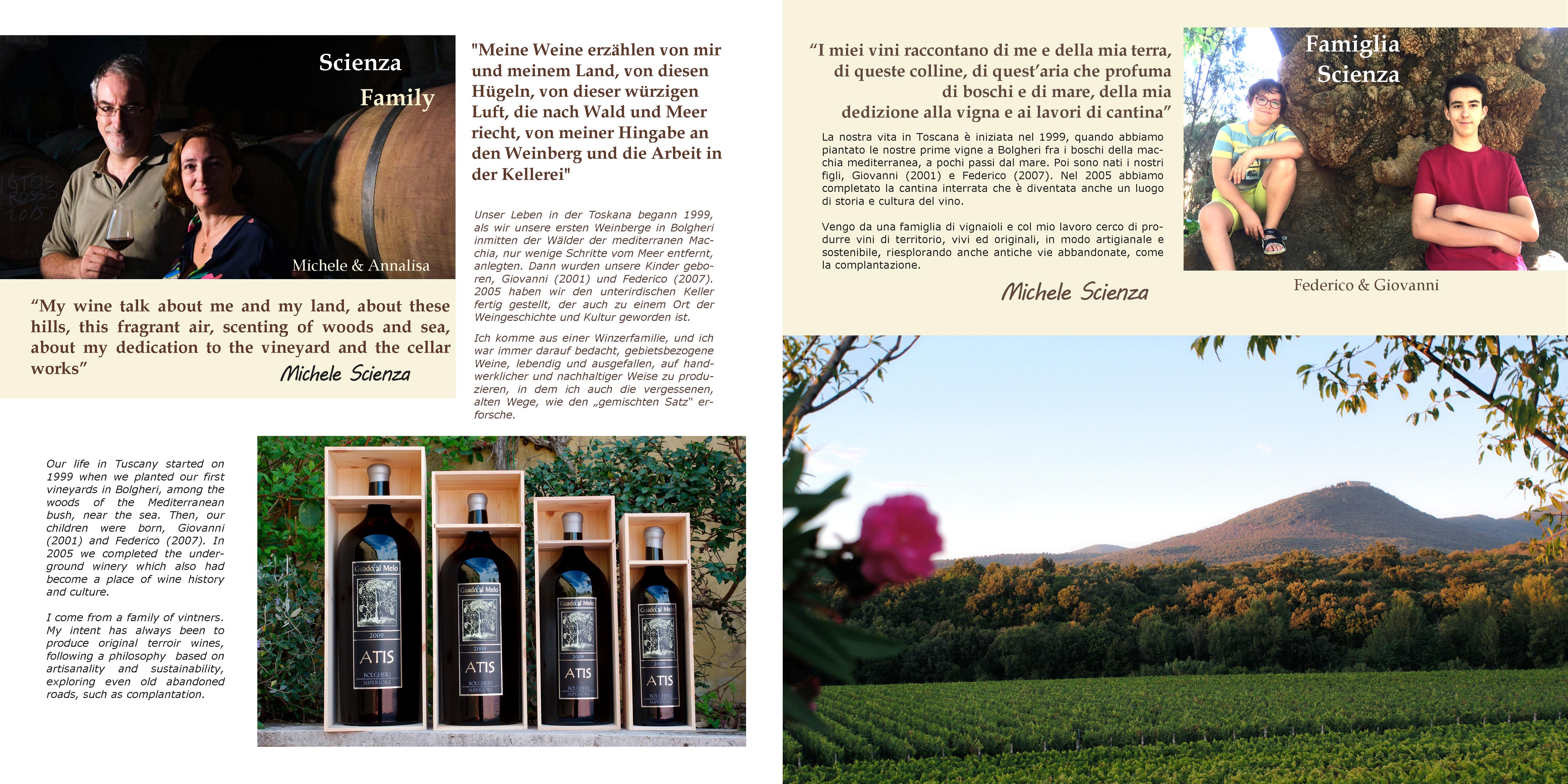
Here there are the presentation of our territory.
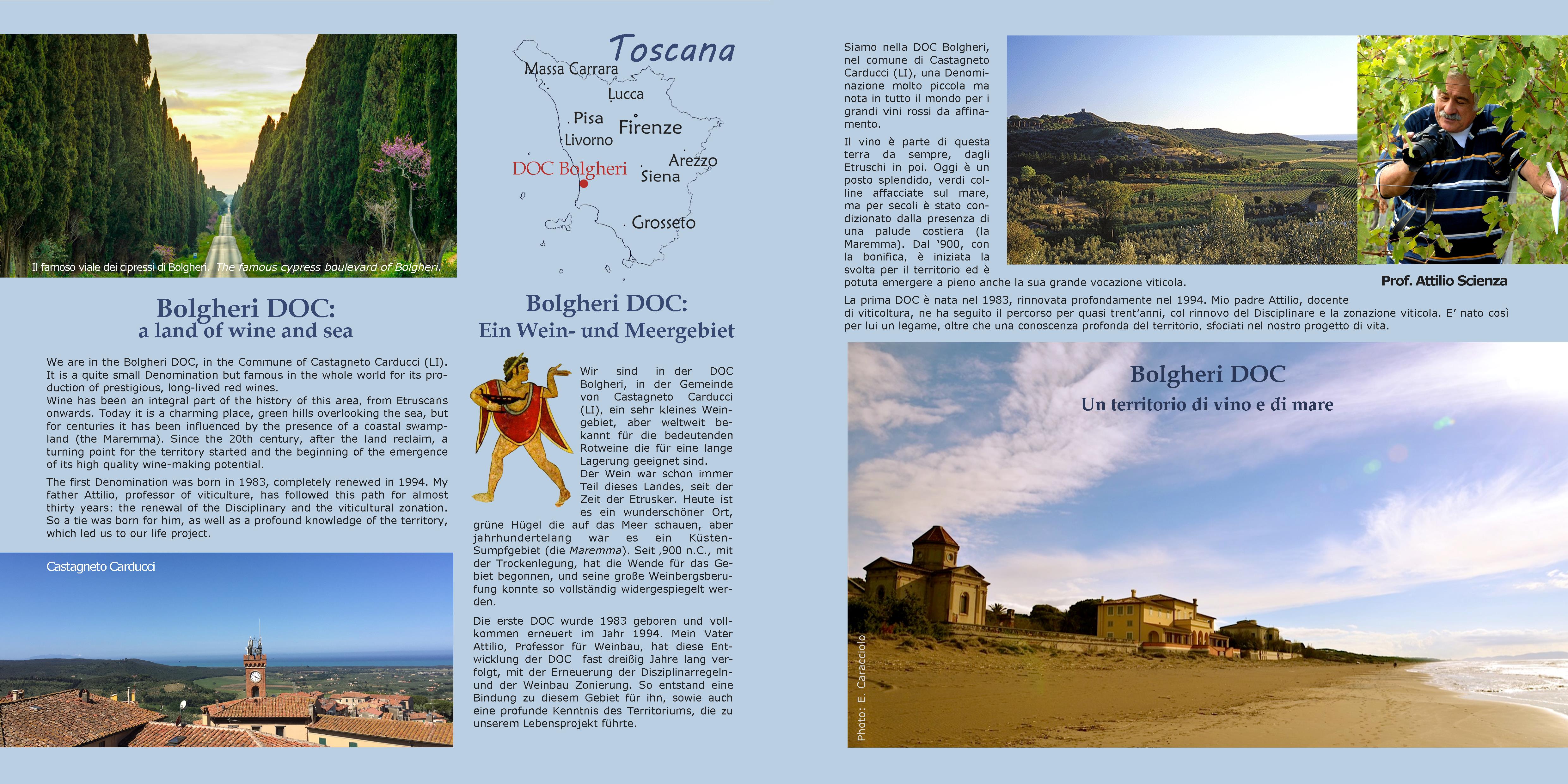
About Guado al Melo, where it is, the vineyards's map, ...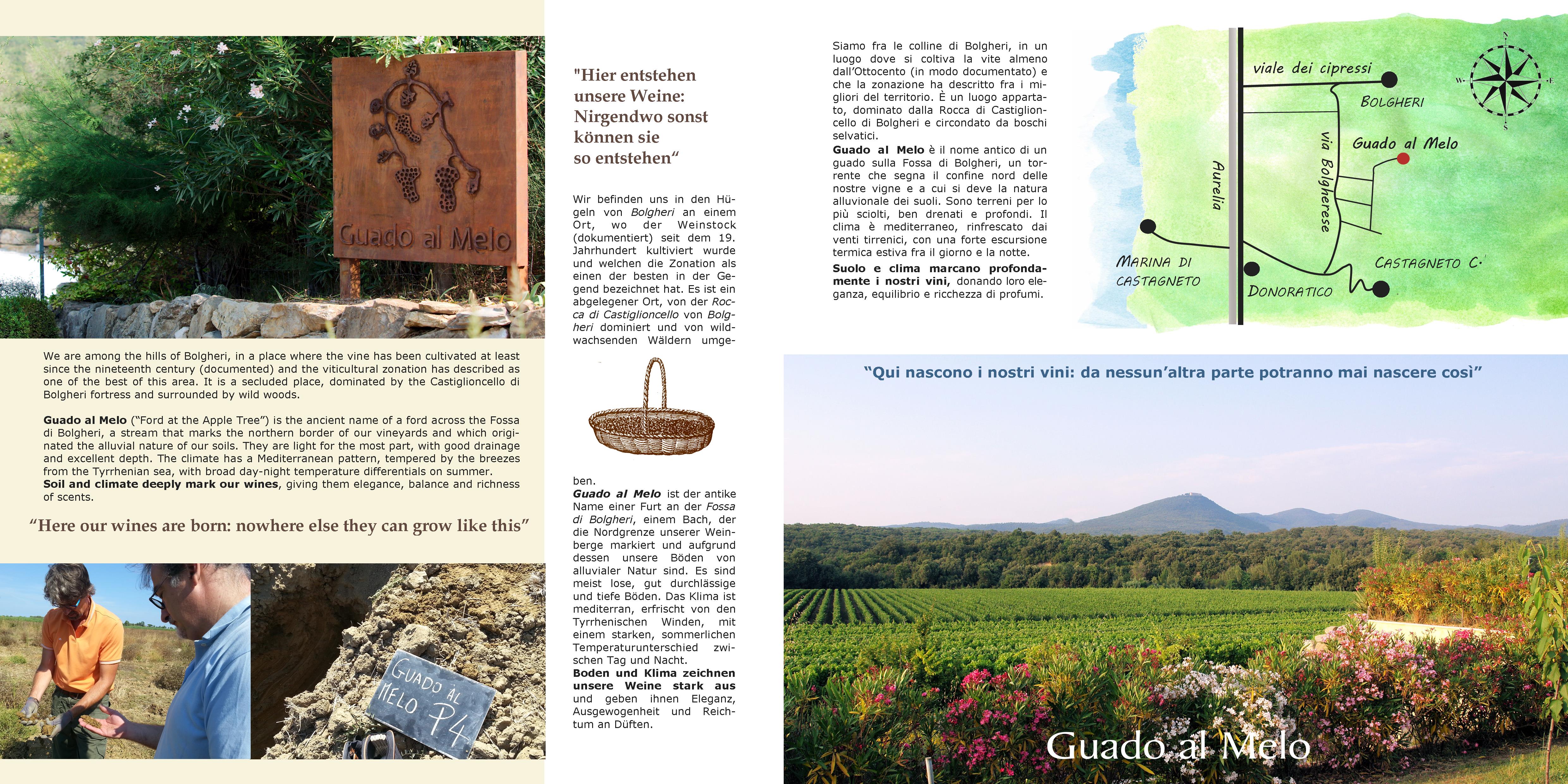
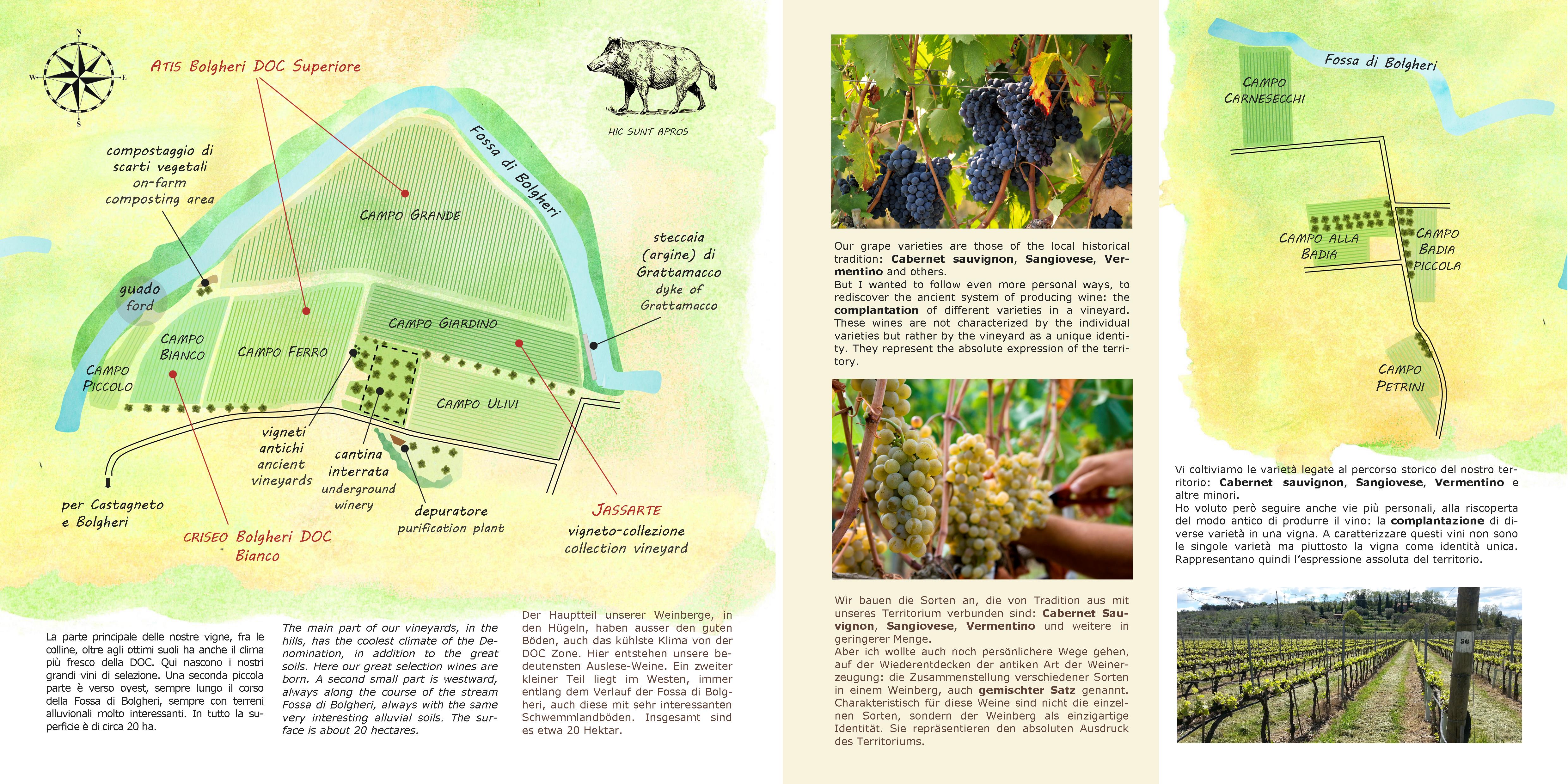
About our way to manage the works in vineyard
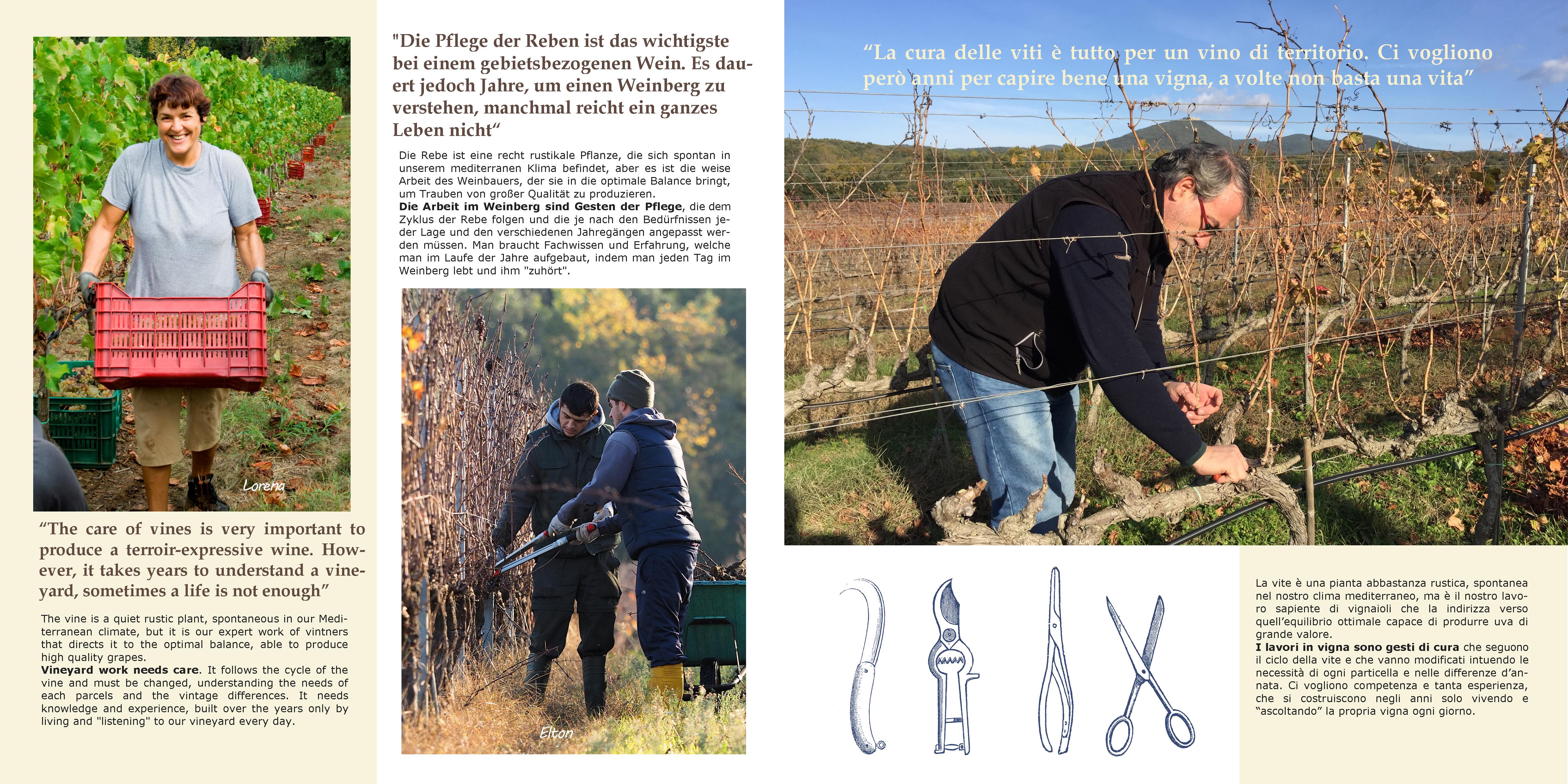
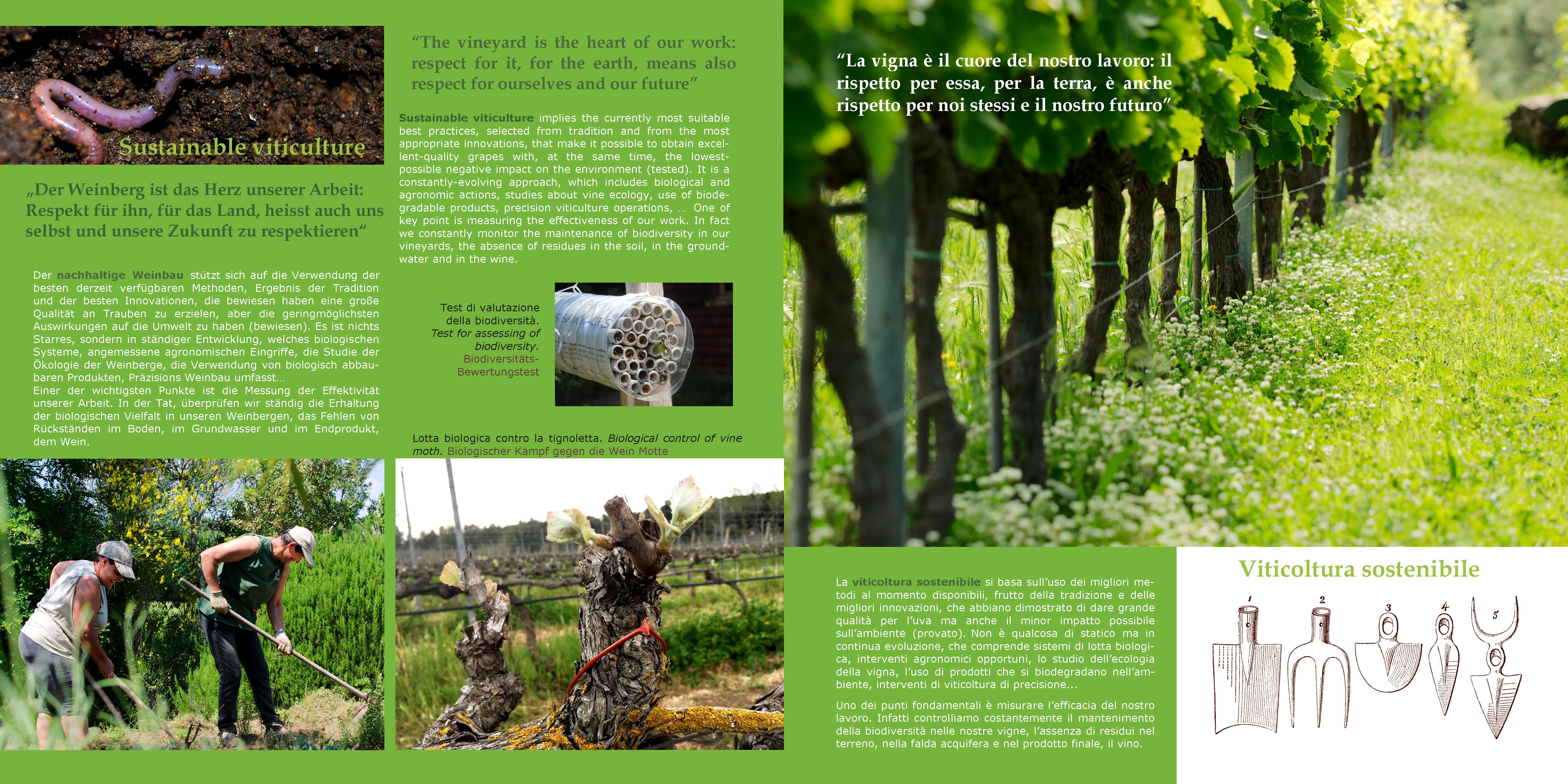
Our underground and sustainable cellar, the museum about wine history and culture...
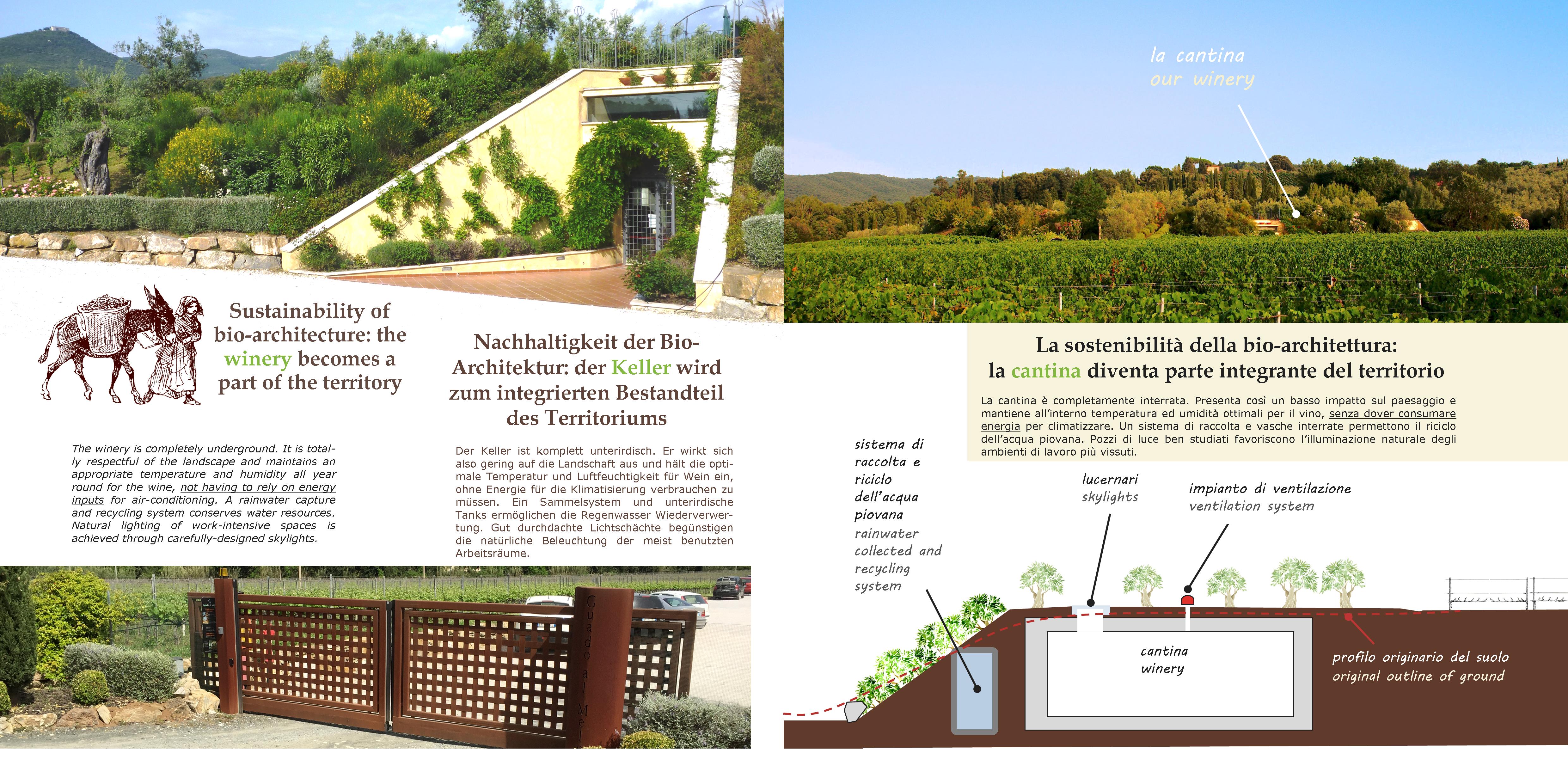
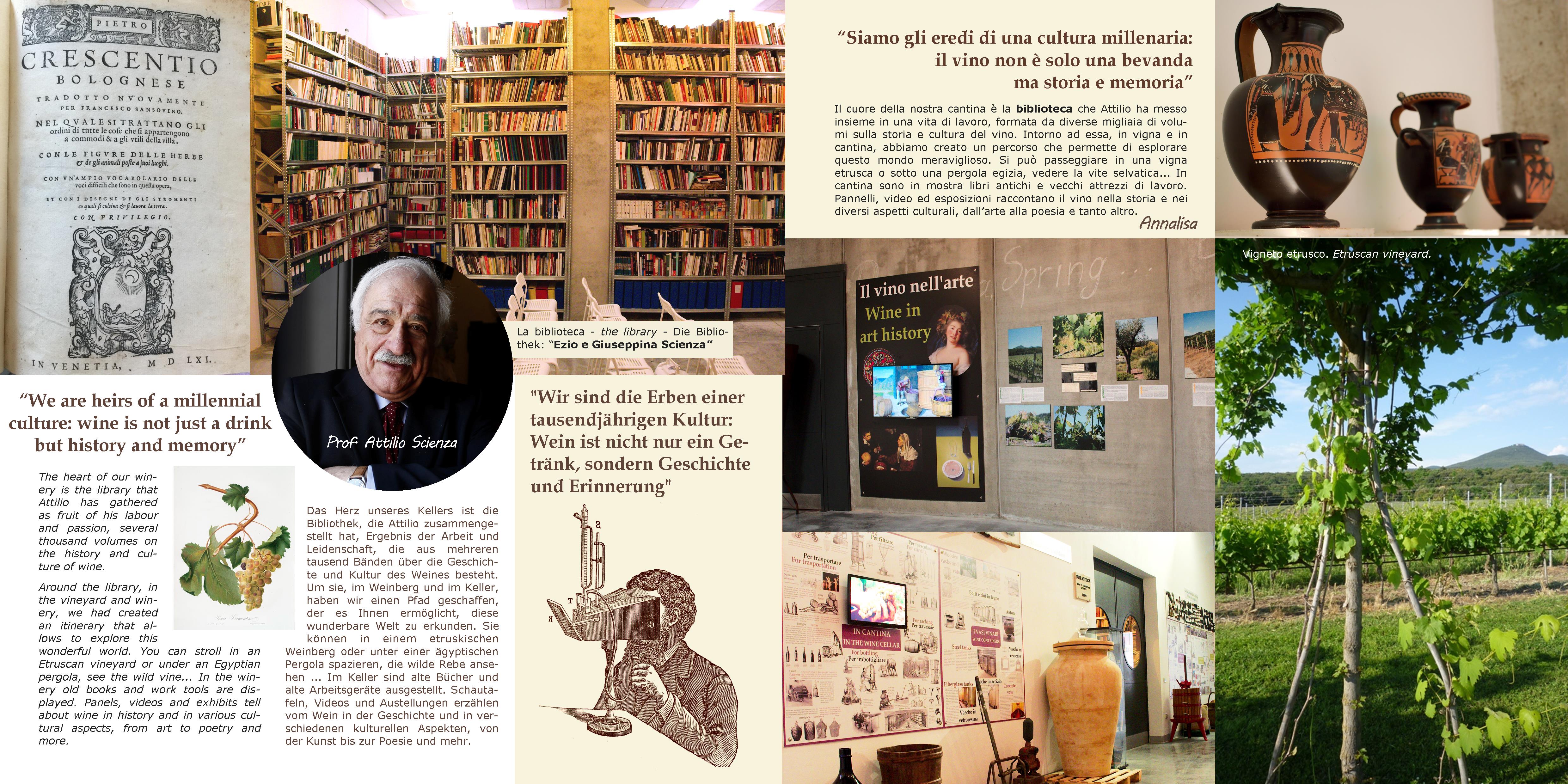
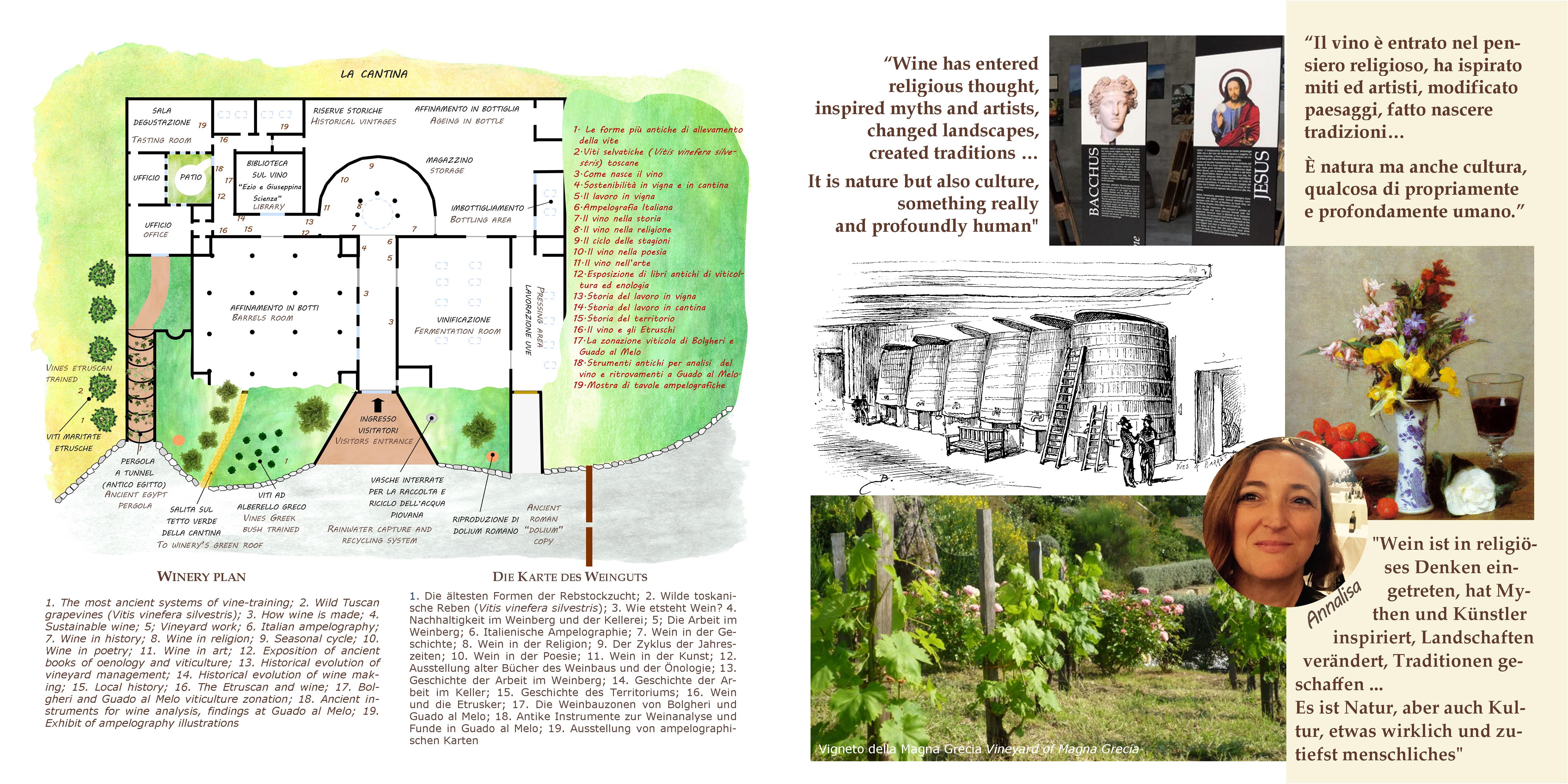
Noi we are inside the cellar. We present our way to make wine, based on artisanality and sustainbility.
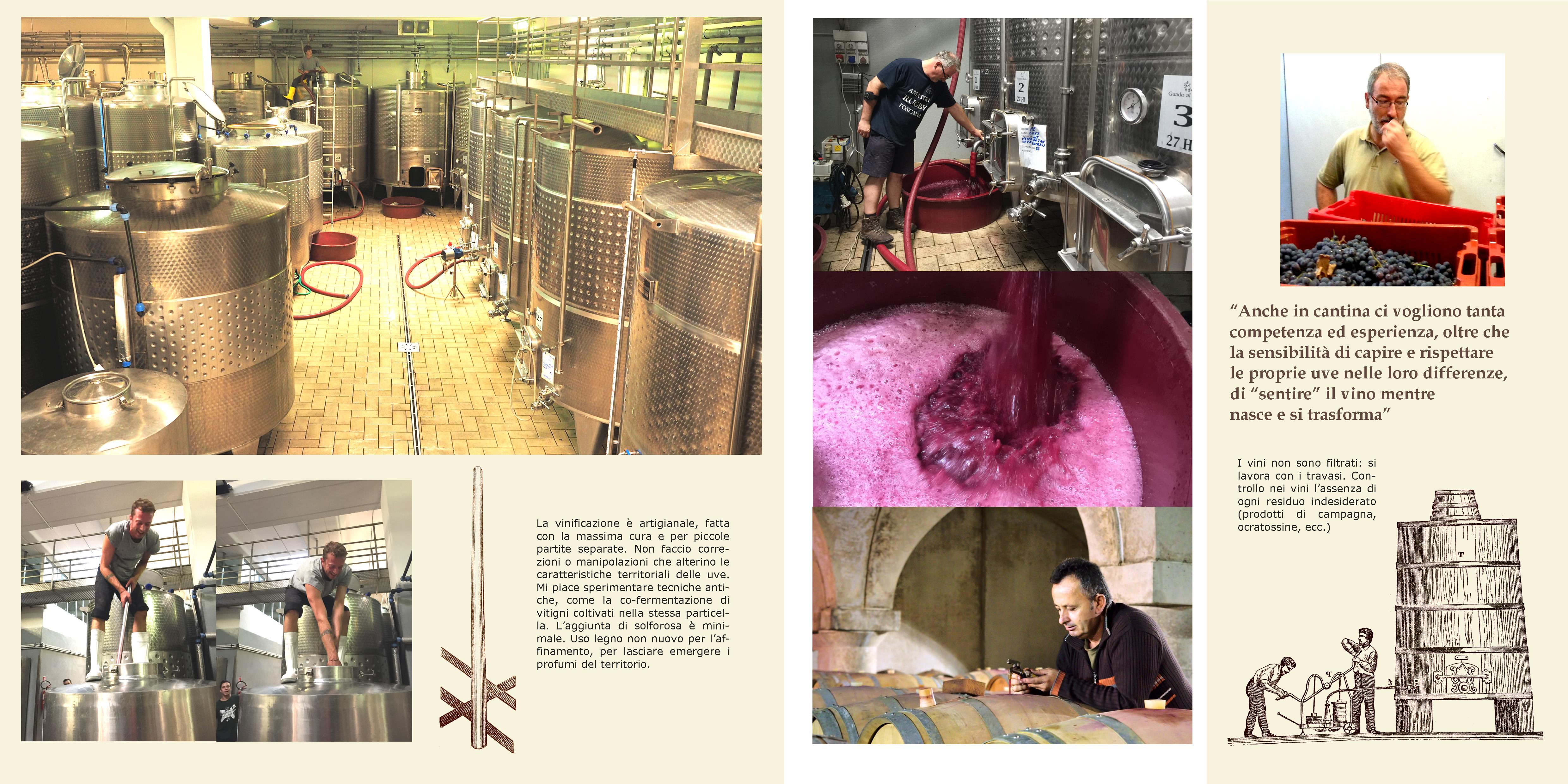
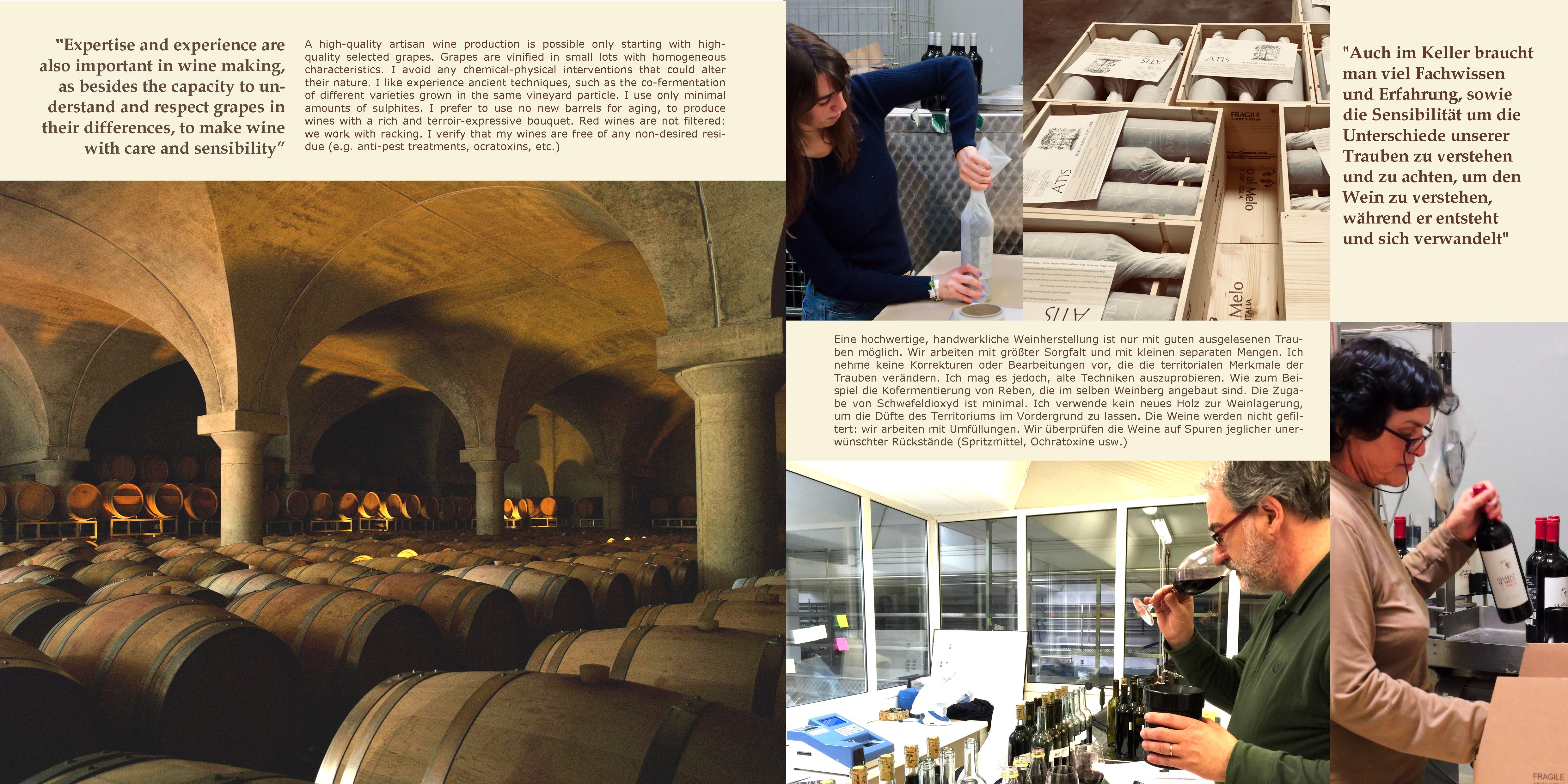
At the end, wines description
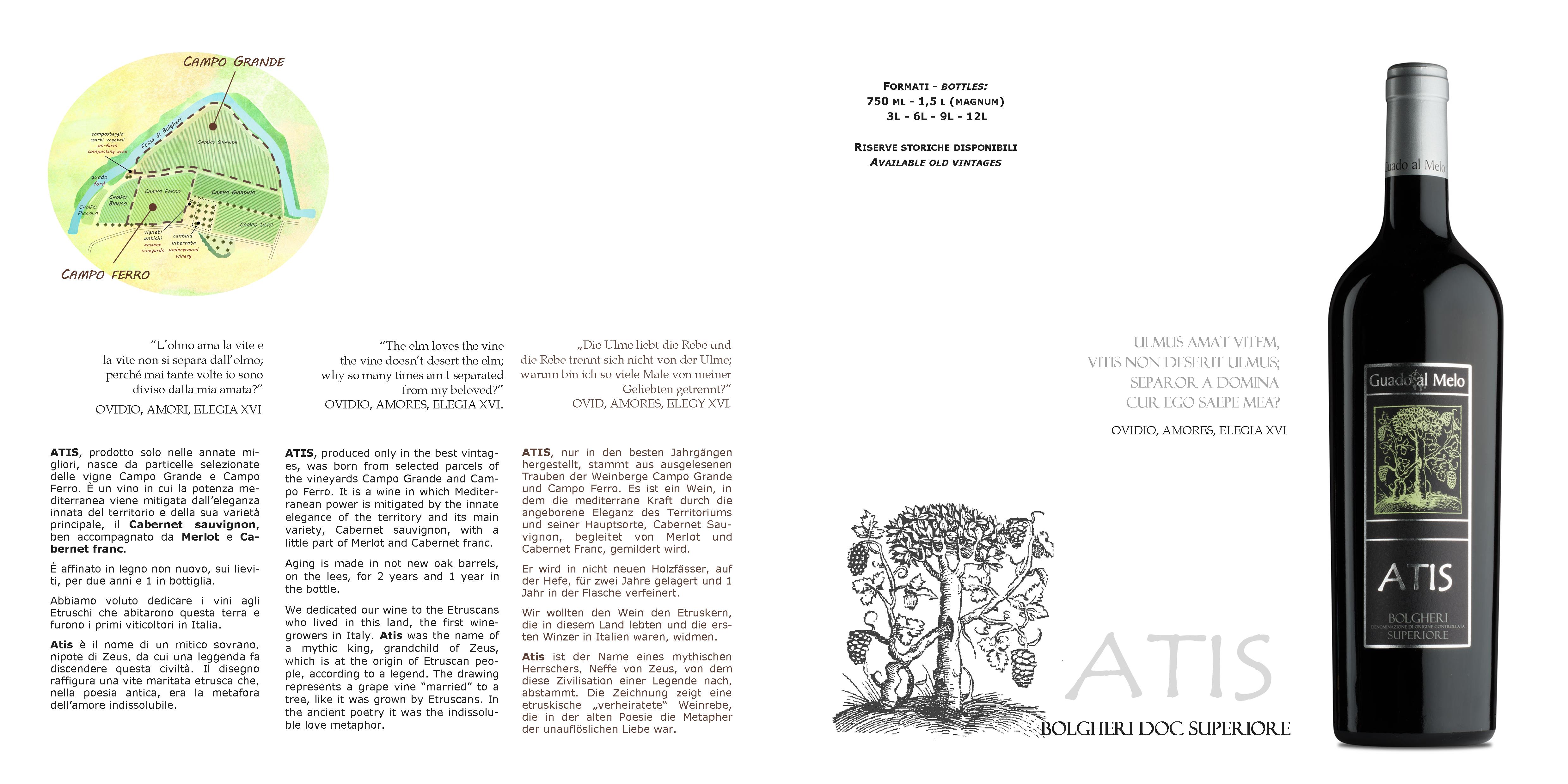
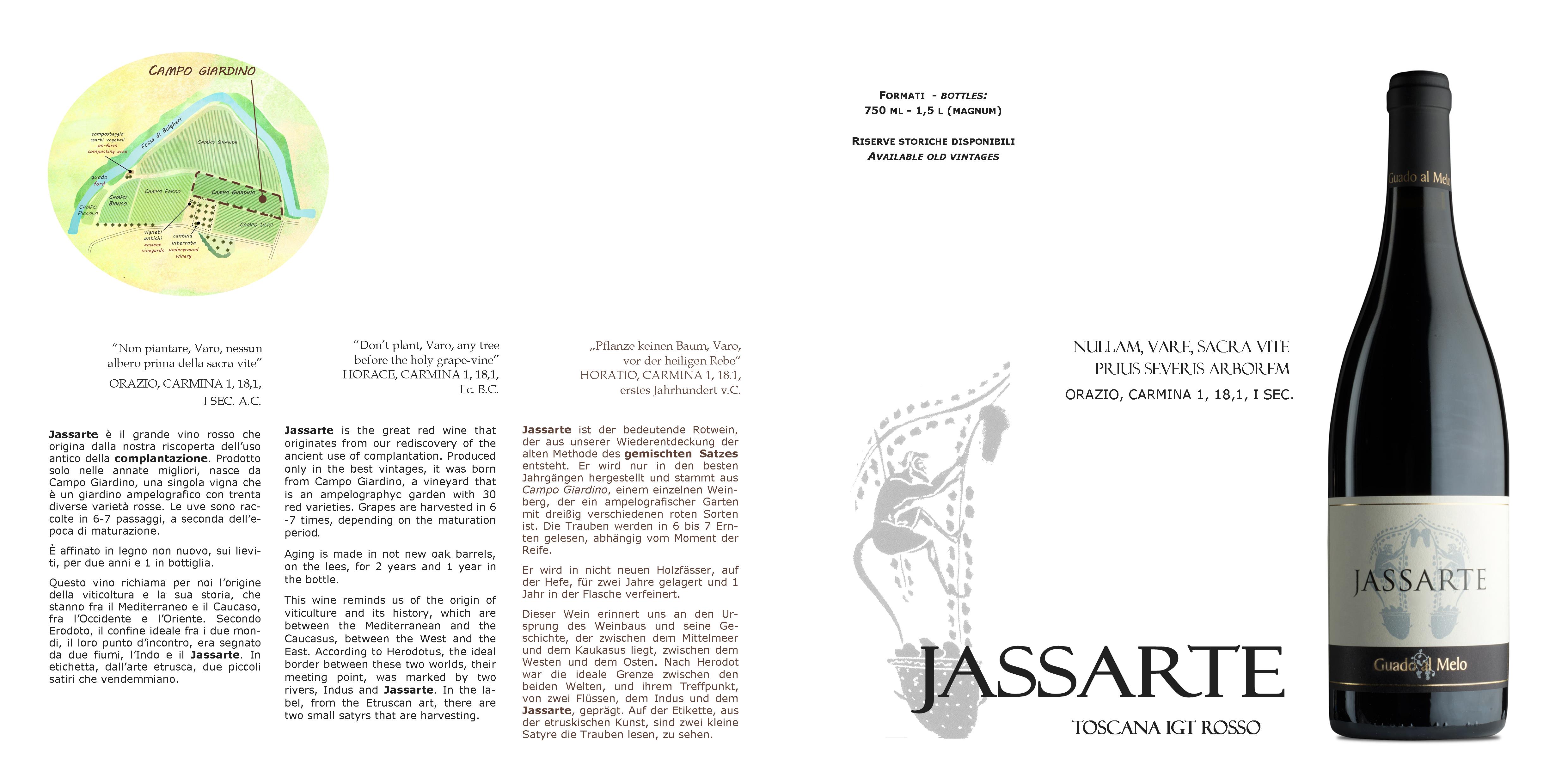
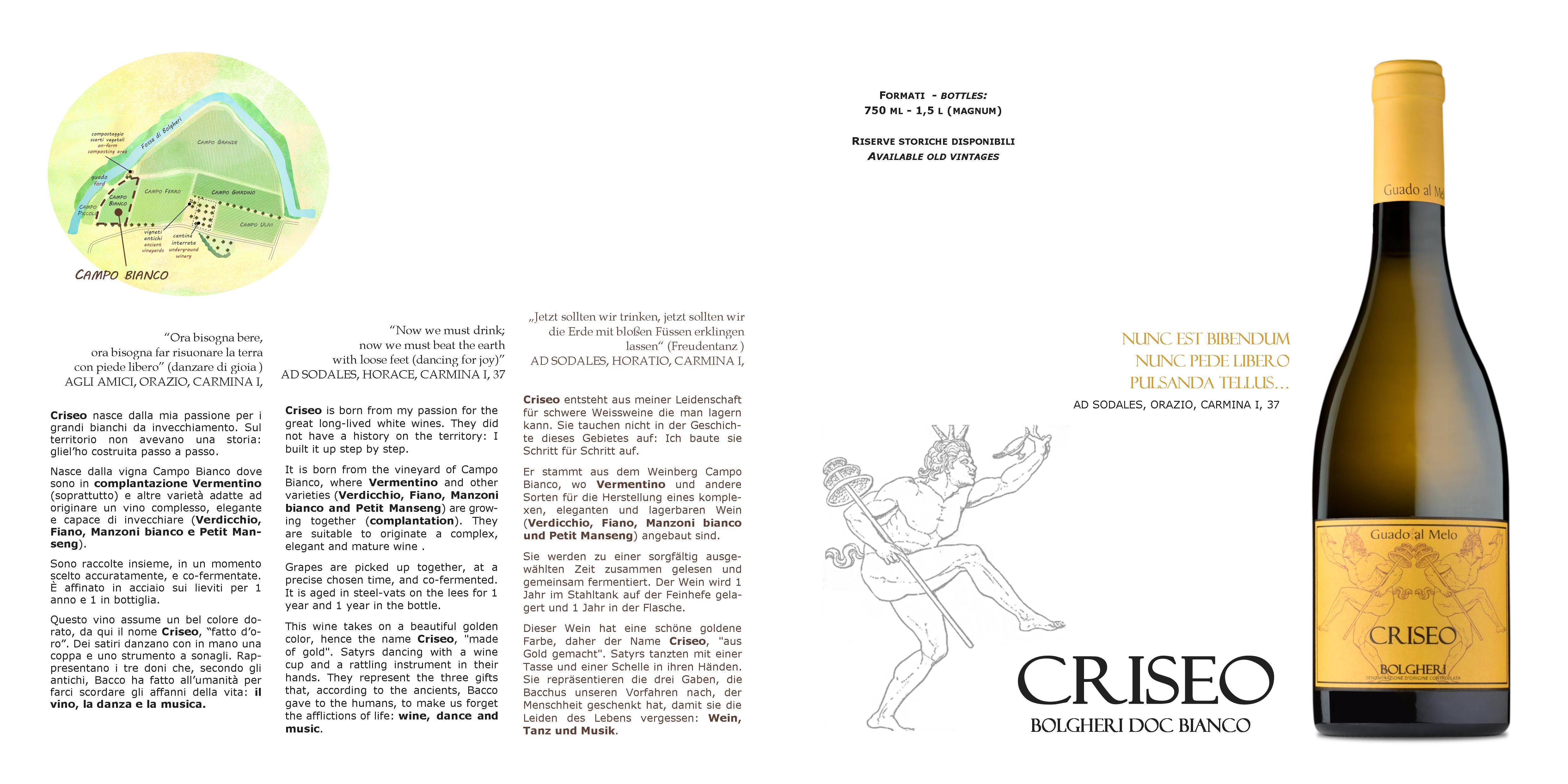
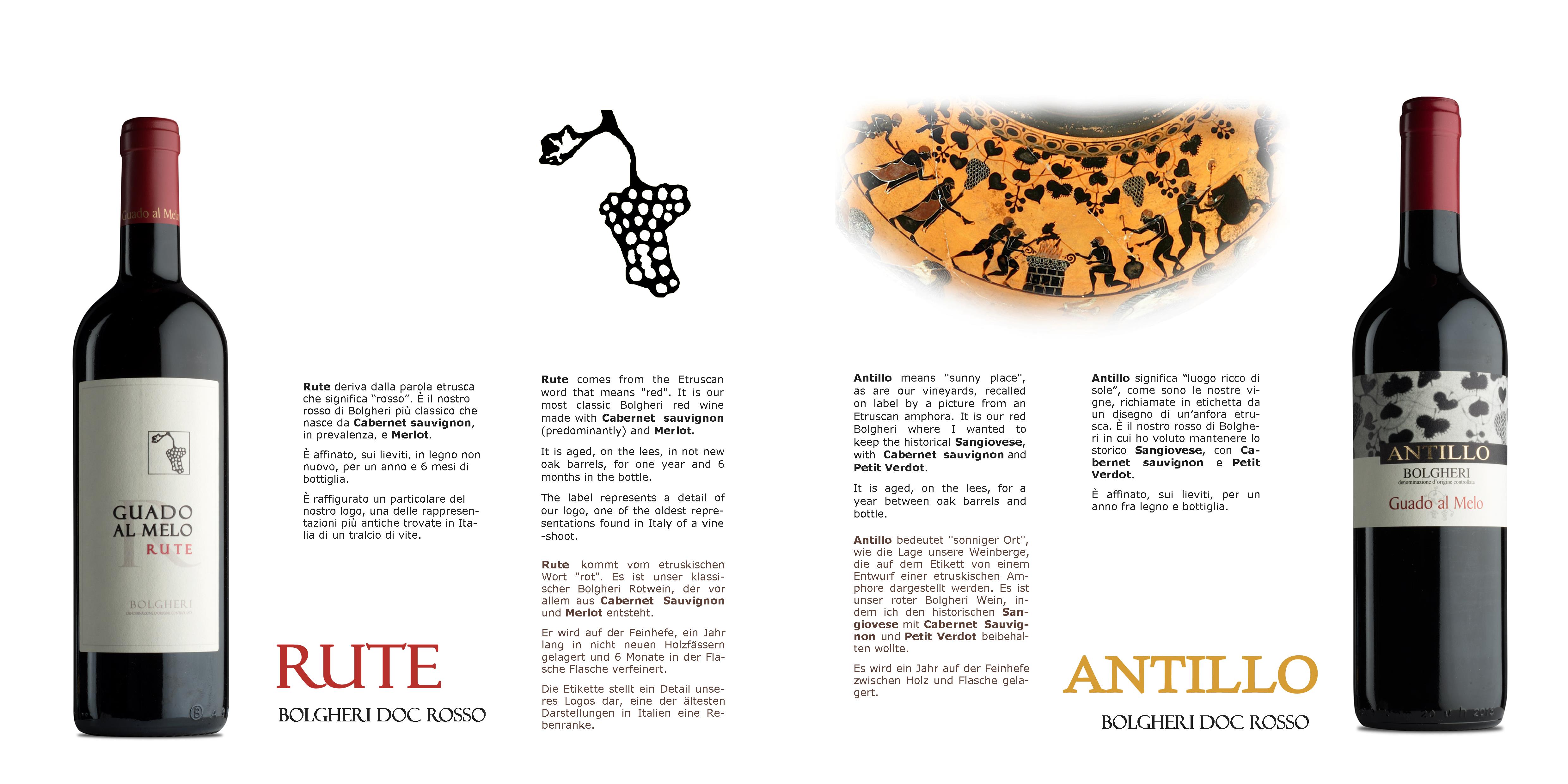
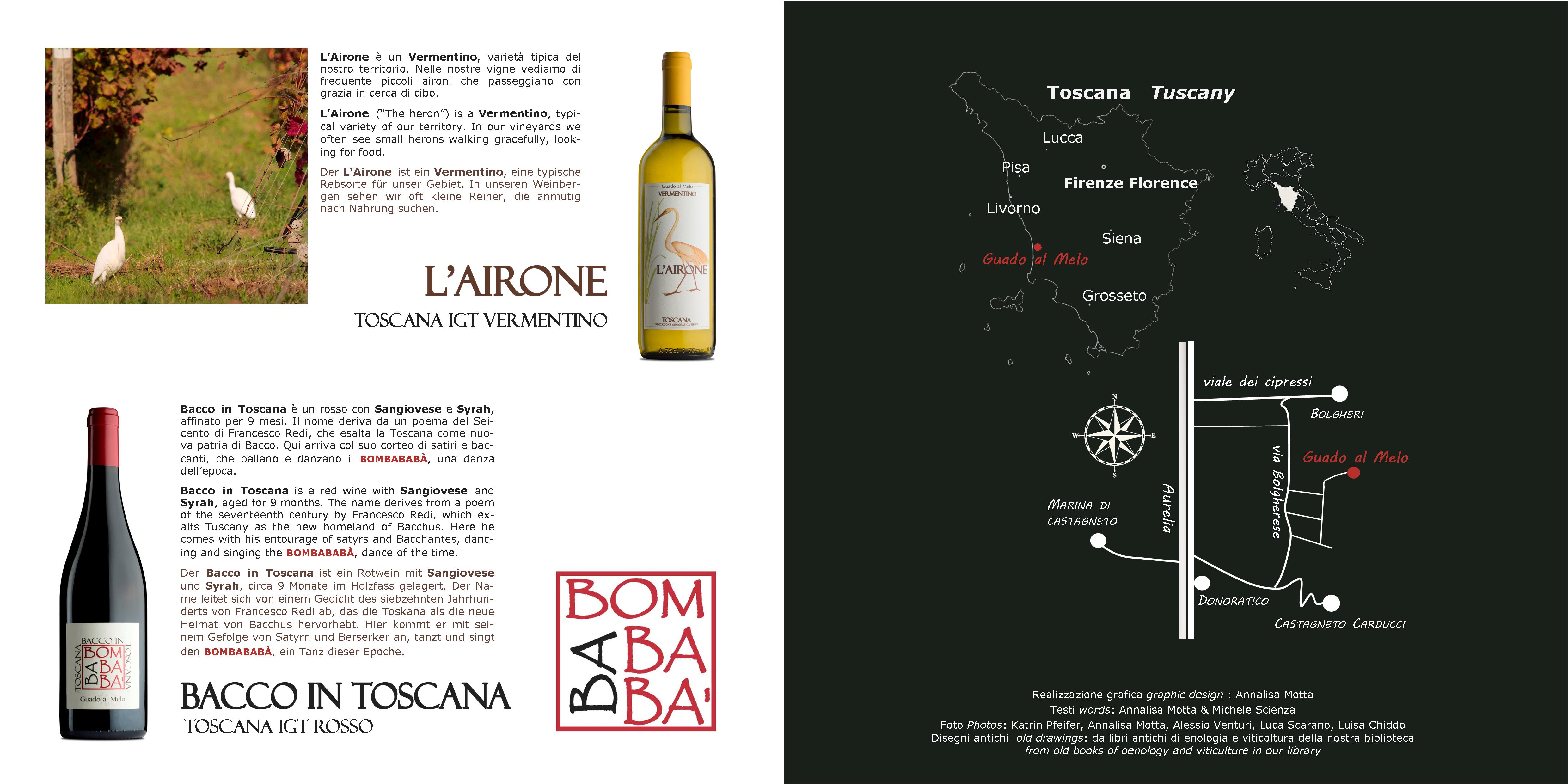
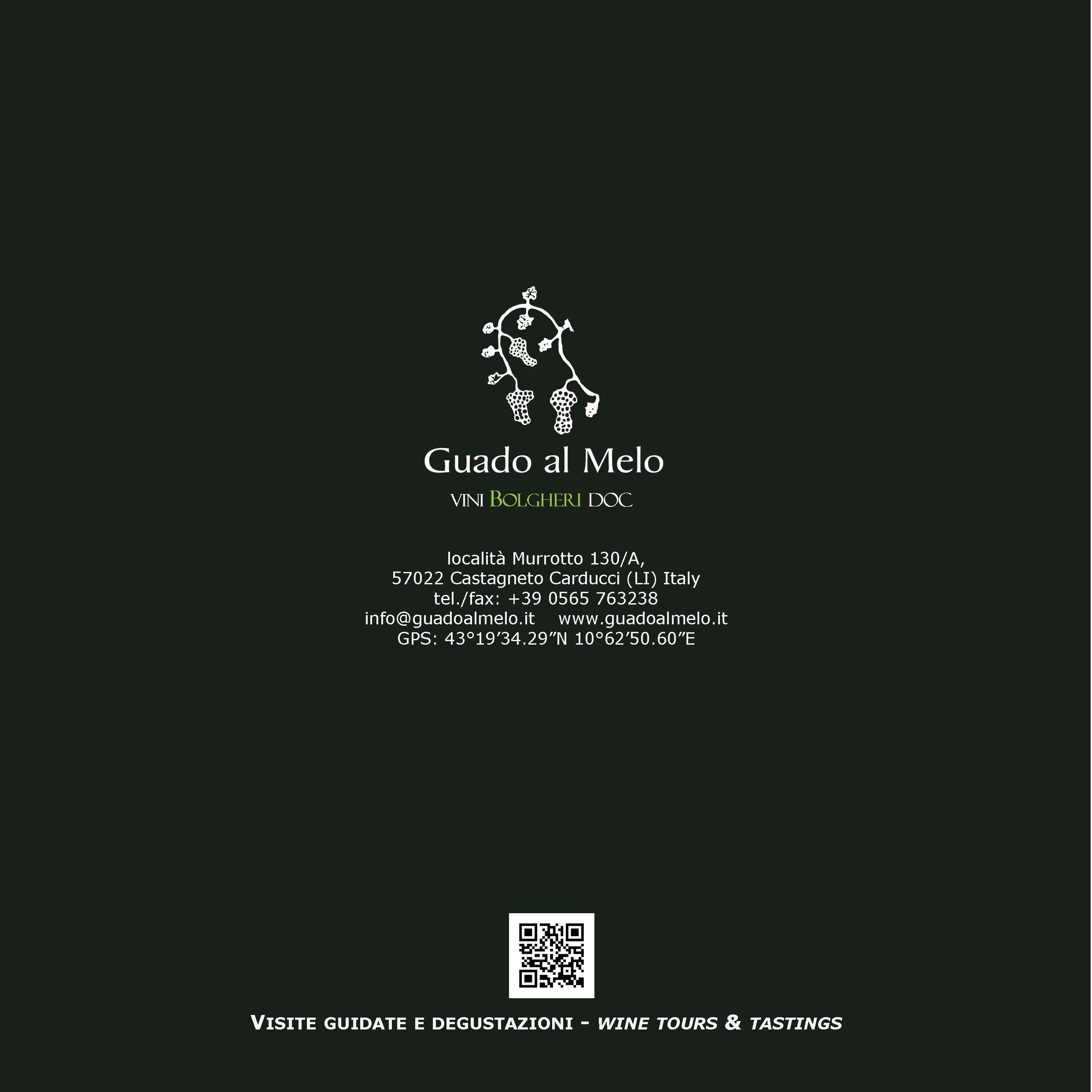
About yeast (a complicated topic !) 2
Where did Saccharomyces come from, then?
Research has shown that the best habitat of the Saccharomyces is the winery and not the vineyard. It settles with contaminations which origin is difficult to identify (it may come from the external environment, from tools, from yeasts brought to the cellar, etc.). In an old cellar, where vinification has been made for years, it becomes a quietly but well established inhabitant. On the other hand, it is known that in new cellars the fermentations are always a little difficult.
What happens during the spontaneous fermentation?
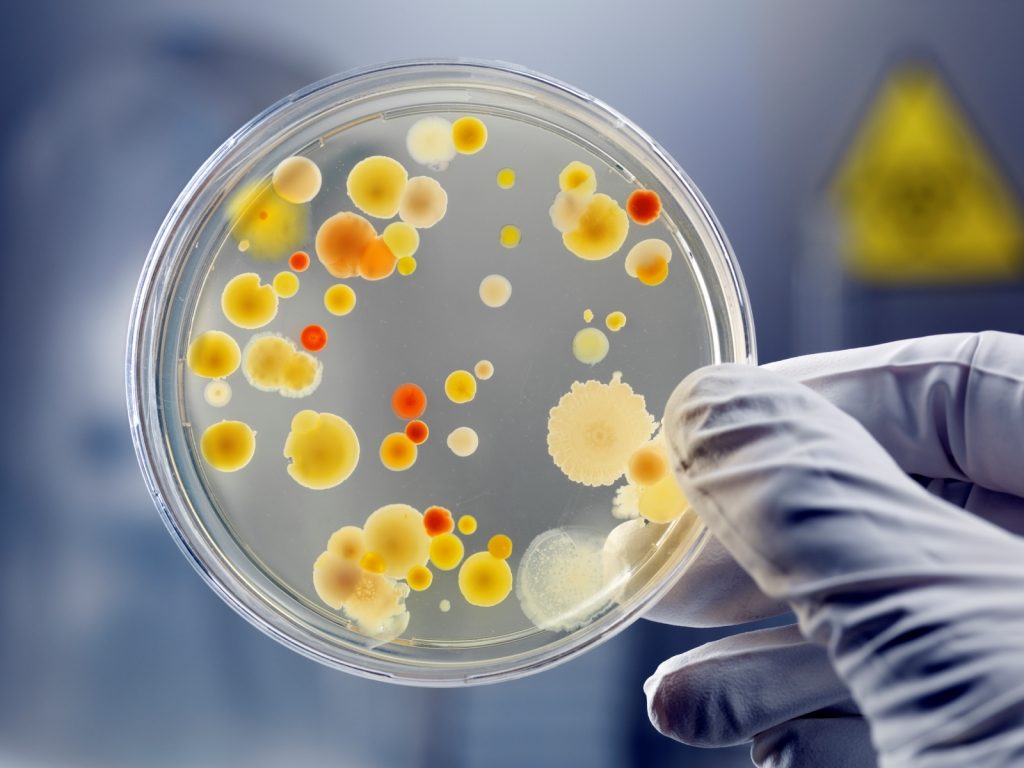
When we crush the grapes, we bring in to the juice all our little travelling guests. But everyone does not like the treatment, many succumb. Only ones suited to survive in these new and difficult conditions remain: high sugar concentration and (almost) no oxygen. The Saccharomyces is poorly represented and for now it is quiet. Fermentation starts with non-saccharomyces which alternate rapidly in the control of the process. It is a sort of race for survival: everyone wants that “damned” sugar (and other compounds) but wins and alternates at the command who prevails, because it starts with an advantage or because it is favored by different chemical-physical conditions which gradually occur (temperature, pH, acidity, increasing ethanol, etc.). Meanwhile, the Saccharomyces is more and more increasingly and, as it is a bit stronger, wins the others on the resistance to alcohol (and to other), becoming more and more the dominant species. It has been found that, where Saccharomyces does not manage to prevail over the final (for several reasons), fermentation proceeds with difficulty and there are unfavorable results on the quality of the wine.
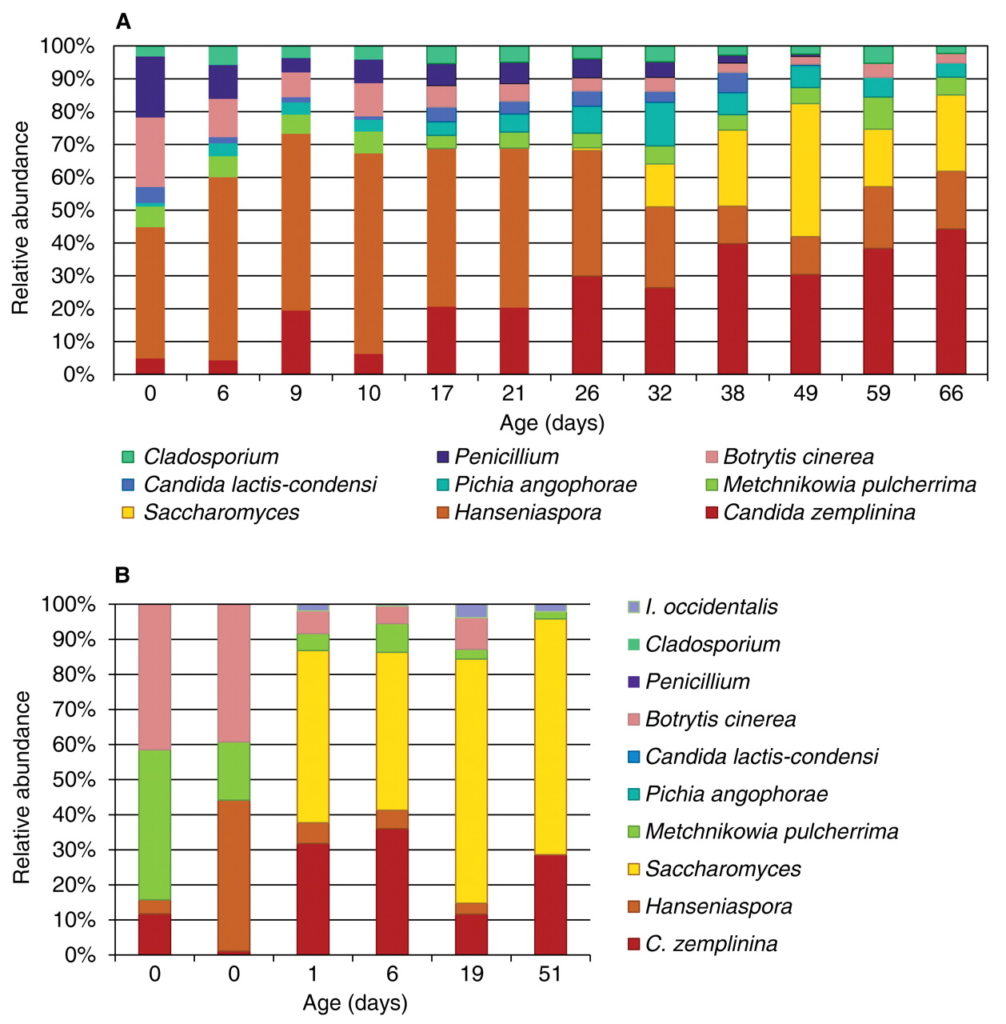
I hope it is clear the large number of variables which come into play. They significantly change the final result (the characteristics of the wine). Oenology is certainly not a simple matter: knowledge is essential for not proceeding too dangerously to the mercy of the fate (not always benign). We are professional-artisans of our work, not amateurs. The health status of the grapes, the availability of nitrogenous nutrients, the cleaning of equipment and the environment, the temperatures, the more or less pushed contact with oxygen, etc., come into play, positively or negatively, as well as (naturally) possible addition of sulfur dioxide and inoculation with Saccharomyces (acts that change the game). All these factors influence selecting the various species and the strains that alternate to conduct fermentation.
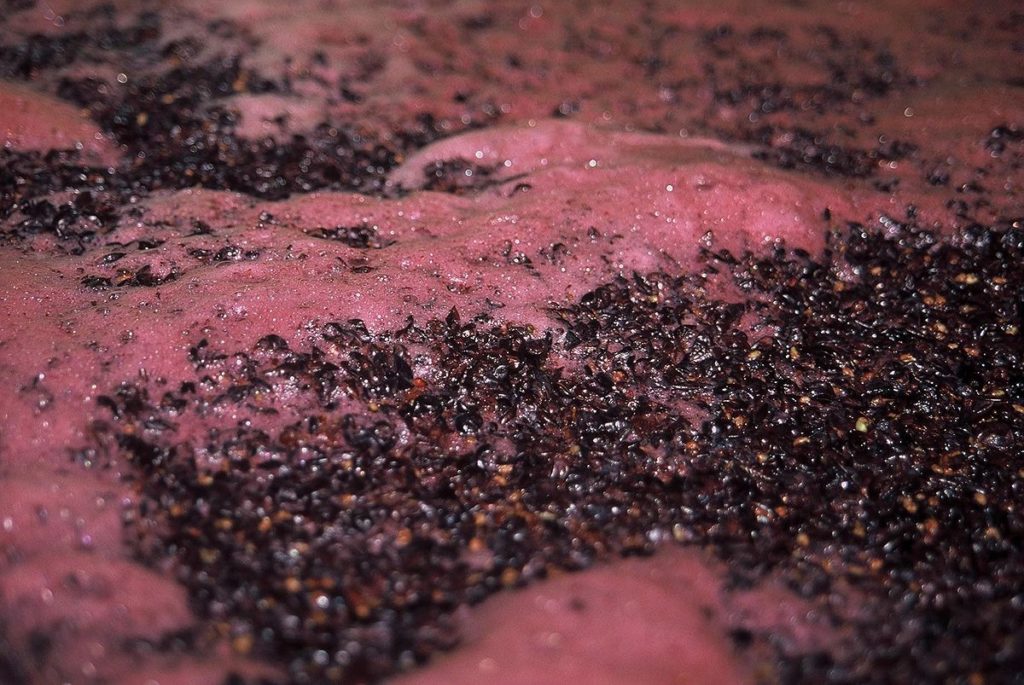
But we know who is running the show?
No, it is really difficult to follow this alternation in the tank step by step. The wine-producer knows how to manage fermentation carefully with appropriate and calibrated interventions when the process is slow to go on, if he start to hear some unpleasant smell, etc. However, he can’t know for sure who is running the show, which, as already mentioned, can also change every year. It has also been demonstrated (in cellars where only spontaneous fermentations are conducted) that the microorganisms mix involved also changes from the first fermentations to the subsequent ones. In the first fermentations of the vintage the non-saccharomyces start at the first stages, while the S. intervenes later. Going forward with the harvest, however, when it is very strong in the cellar, Saccharomyces can become predominant immediately in the initial stages.
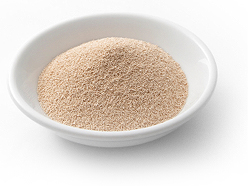
And the induced fermentation? Is it the pure devil?
For some it is the slogan of the moment: spontaneous fermentation (or not) seems to be able to quickly designate wines as better (or less). However, it is like concentrating only on the tip of an iceberg and not thinking about the enormous mass under water. To make a great artisanal wine of the territory the fermentation is certainly fundamental but it takes a lot before (in the vineyard above all) and much after. For example, if I have an unbalanced grape, because it comes from a bad-managed vineyard, I can also make spontaneous fermentations but I will still get wine that is not very expressive. This is because in the grapes are lacking the building blocks that the yeasts should use to make a great wine, but they don't find them!
Must inoculation can be useful in certain difficult situations, without changing the terroir-expressive characteristics of the wine. Research has shown that the inoculation does not necessarily prevent the initial activity of the non-saccharomyces coming from the vineyard, especially if the addition is (for example) a little delayed.
Surely we know that the diversity of species and strains is much better than uniformity. Certainly we know that to produce local wine it is better to avoid all those selection strains which introduce particular characteristics into the wine, altering the territorial ones. When (and if) we needed, the best choice is to make inoculation with the selected strains from our cellar that, whatever their origin, however they have become integral parts of our "terroir" over the years. Surely we know that every wine, even in the same winery, has its history and its needs, not always uniform, in every sense!
This post is very general and informative. Overall, I want you understand the enormous complexity that comes into play in this process and that makes our work so fascinating and so complicated. You will also understand why, as a rule, the winemaker during the harvest sleeps with difficulty, thinking incessantly about what happens in the tank.
It's a small world but a lot happens!
About yeasts (a complicated topic !) 1
Today some people speak so much about it, sometimes even inappropriately, neglecting perhaps the other thousand and more basic parameters to produce an excellent wine of the territory. Unfortunately, when a topic becomes marketing arena, it becomes difficult to talk about it with serenity. Unfortunately, the fake news are also not wasted, sometimes so beautiful and poetic that they are fixed in the collective imagination.
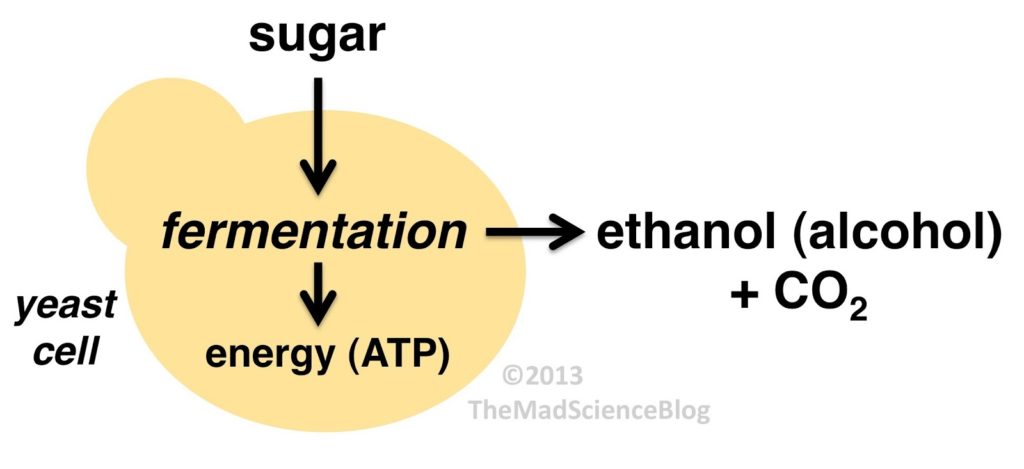
Yet yeast is not "born yesterday" but has been accompanying mankind for at least 10,000 years in many food transformations, even if the use has been unconscious for millennia. Only in the second half of the nineteenth century Pasteur demonstrated the role of microorganisms in fermentation and also in wine alterations. Since then the path, still underway, to understand this fascinating and complicated transformation has begun.
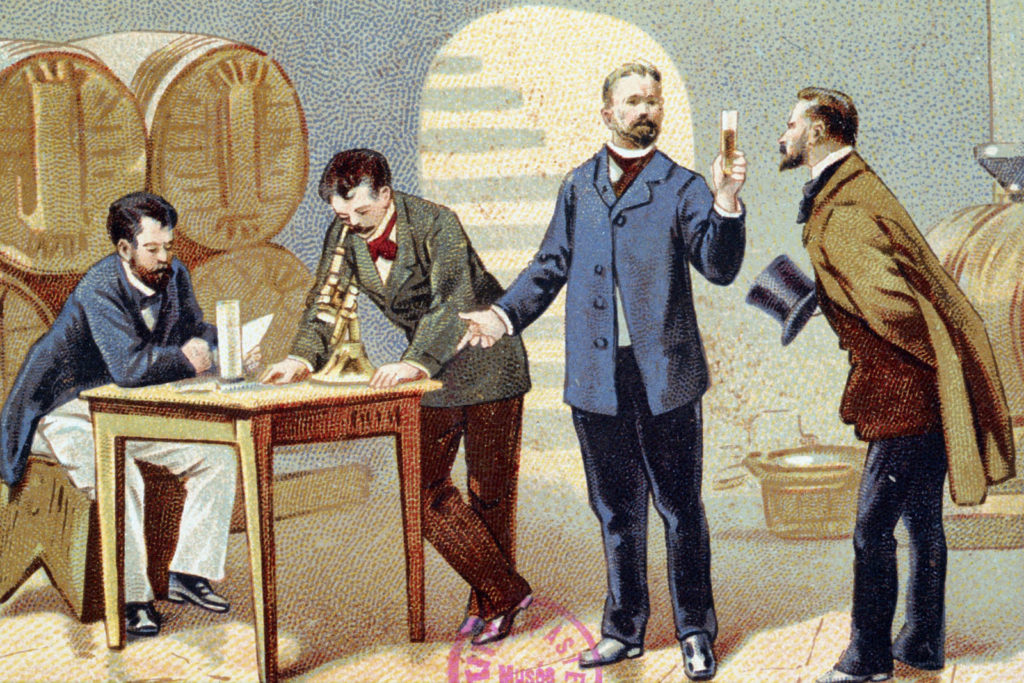
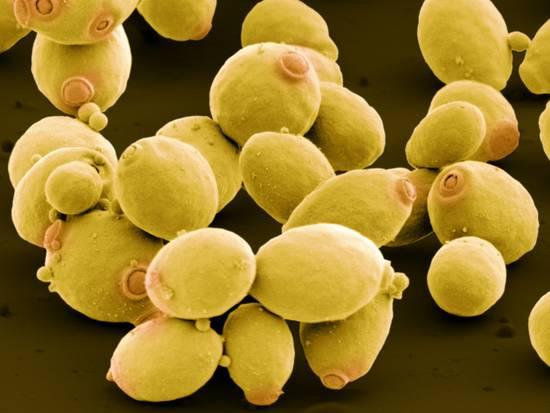
There are still many things to discover and understand. Yet we are no longer at the time when fermentation was a mysterious process around which were born also many legends, superstitious rites and magical interpretations (some hard to die even today).
We know that alcoholic fermentation is mainly carried out by the yeasts of the genus Saccharomyces, such as the famous S. cerevisae or S. bayanus, which in turn can be represented by different strains. They are also the most suitable yeast to withstand the accumulation of ethanol that is created by the transformation of sugars. In fact, they are the only ones who stay alive and lead the process to the end. This fact makes them indispensable.
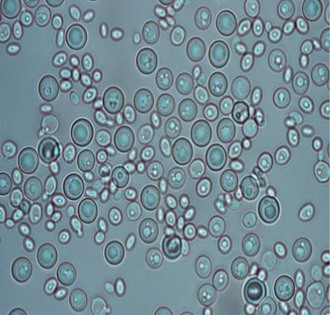
But they are not the only ones: in the juice-wine there is a rich biodiversity of yeasts and bacteria that intervene more or less positively. To name a few, we can remember the Candida pulcherrima (very beautiful!), the genera Pichia, Cryptococcus, Rhodotorula, Kloeckera ... They are generally more sensitive to alcohol, so many can survive only in the early stages. However they are important: it has been shown that these non-saccharomyces greatly influence the aromatic characteristics of the wine, both positively and (sometimes) negatively. If well managed, they give the wine unique notes, contributing significantly to the complexity and personality of the product. If poorly managed, they can lead to smells, excessive volatile acidity, etc. , making wines really unpleasant.
Where do the yeasts come from?
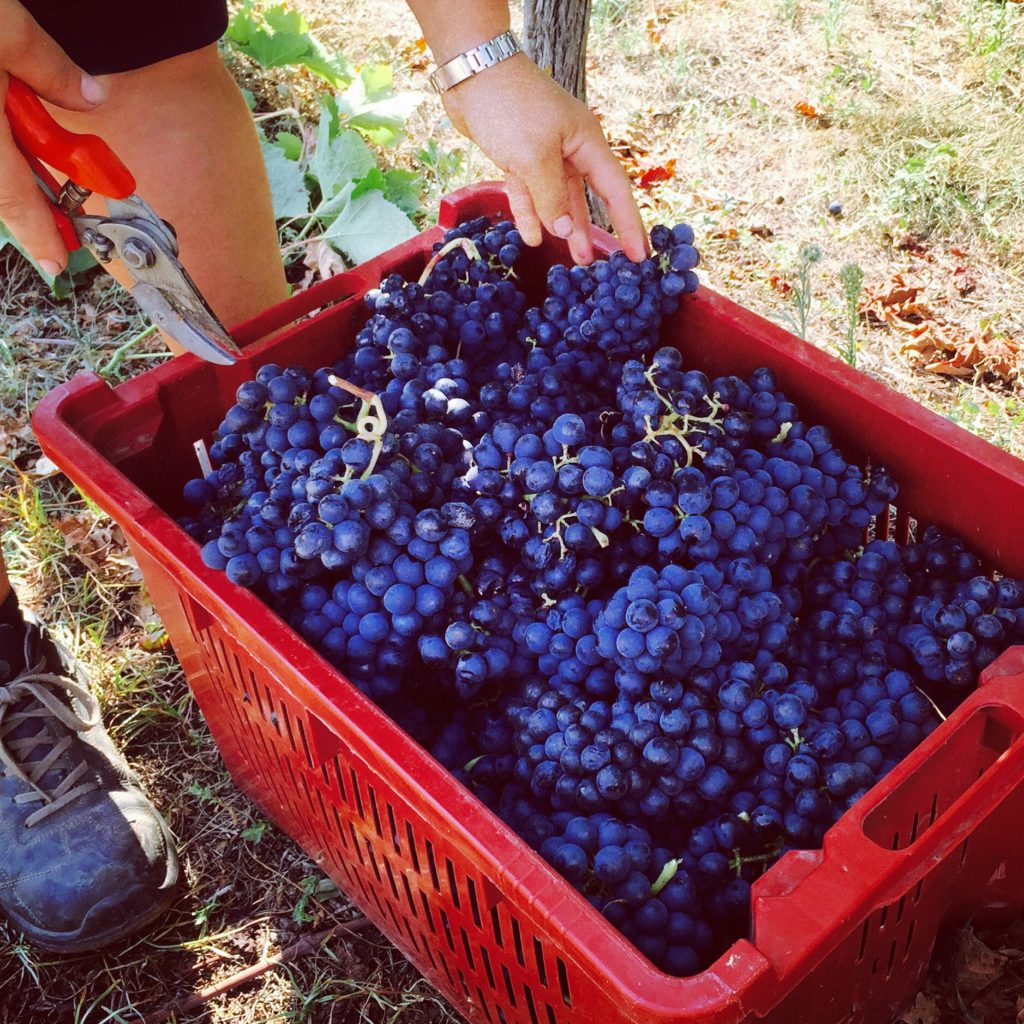
Yeasts, like many useful or harmful microorganisms, are found almost everywhere in nature. There have been several studies to try to understand this point in wine-making. Research over the last 10 years has shown that many microorganisms are present on grapes. Their quantity and diversity depend very much on how the vineyard was managed, on the temperature and on the health status of the fruit. It has also been seen that this mix of microorganisms changes with the vintage, it is characteristic of the micro-territory (the vineyard) and the vine variety. For these reasons it has been included in the so-called viticultural terroir.
It is not easy, however, to establish the quantities and qualities in individual un-scientific evidence. In fact, it has been seen that samplings change a lot, even in the same vineyard, if made in one way or another. Only by comparing a very high number of different studies is it possible to draw more general conclusions. (This is the very research).
On the surface of a perfectly intact berry there are very few nutrients. So there are few microorganisms, those pioneers able to survive in this limiting situation. Many of these are not the microorganisms that carry on the alcoholic fermentation because they depend on oxygen to live. Alcoholic fermentation, on the other hand, is a reaction that occurs in the absence of this gas (in "anaerobiosis" condition).
Most of the microorganisms that affect fermentation are mostly found on damaged berries (for the most diverse reasons). In fact, only by the splits of the peel they can find those nutrients essential for their survival and the environment suitable for them.
But here we need a clarification: to paraphrase the Latins, we must say that "in minima stat virtus". It is true that the most damaged grapes have a greater biodiversity and microbial load, but, attention, this does not mean that it is the best condition for winemaking! In a very healthy grape (the best to be vinified) there is however a small percentage of grapes with micro-cracks to carry a more than sufficient quantity of microorganisms in the cellar. Unhealthy grapes are always negative, both due to their internal non-optimal characteristics and to a strongly negative microbial content.
However, research has shown that this small crowd that we bring into the cellar in the baskets of grapes is mainly composed of the fermentative microorganisms of the early stages. Surprisingly, it is very little represented what will become the almost absolute protagonist when the "game" will be hard: the Saccharomyces!
Where did it come from, then?
(To be continued )
About wines which will not be produced.
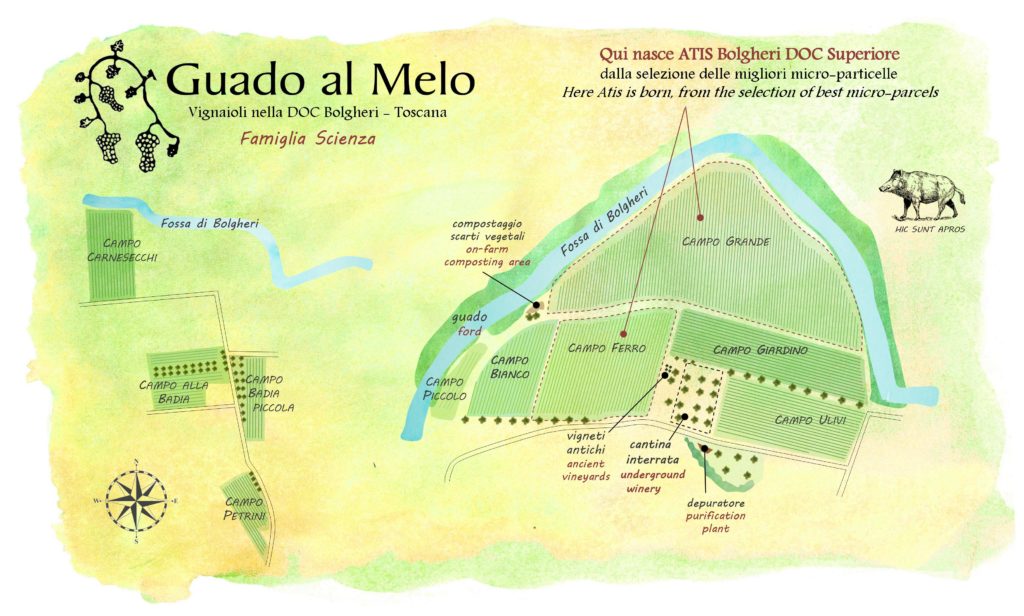
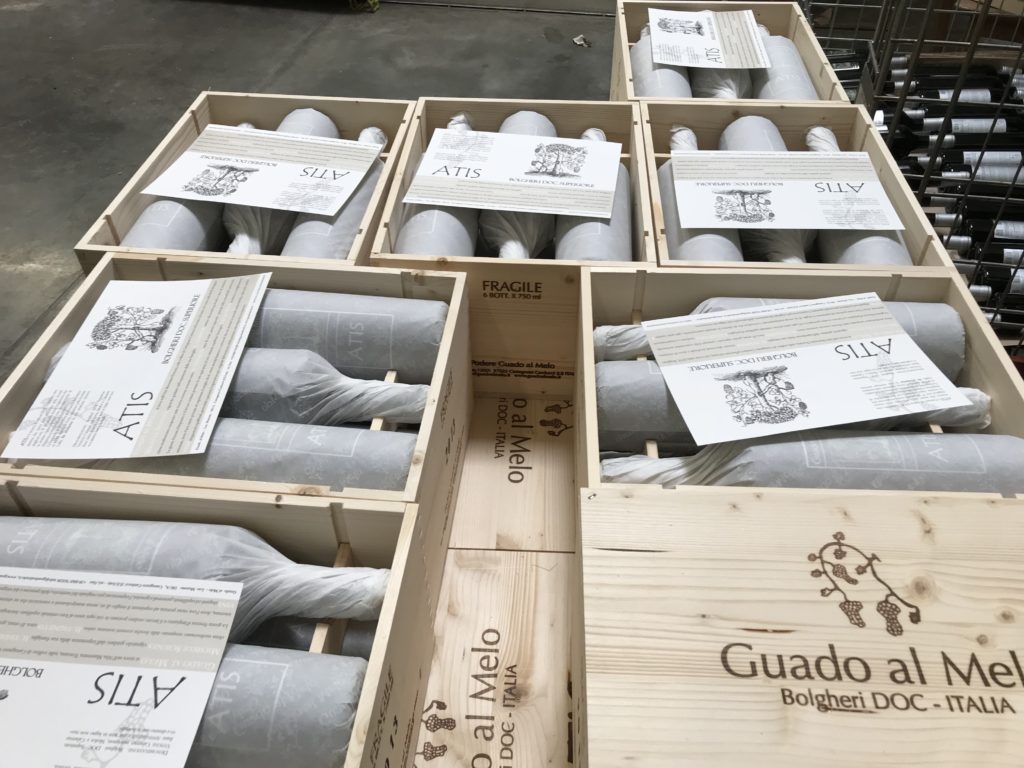
As we have already anticipated, our most important Red Wines, Atis and Jassarte 2014 will not be in trade. We would have start to sale them in the next few months, with the presentation at Vinitaly.
2014 was a very difficult harvest in our territory. Fortunately it is rare for Bolgheri, but sometimes such vintages can happen.
What is a difficult vintage? It is a year in which the adverse climatic events add up so much that they do not allow the origination of the particular characteristics , to give birth to those Selection Wines where the "Spirit of the Place" manifests itself in all its magnificence. 2014 was one of these.
It was a year without our beautiful summer, replaced by a gray sky of almost continuous humidity, finished with a harvest in the rain. The best of the grapes, which we took care of and selected with meticulous work in the vineyard, has deserved to produce good wines of great finesse, our basic red wines, but not the Selections wines.
For me wine is absolutely terroir-expressive, which means to put yourself at the service of territory, to facilitate a transformation that always surprises you. A great wine of territory is something that you can not fully understand even when it is born, because it does not stop changing and transforming itself in the passing time.
Wine, naturally, is not only born in the vineyard but also in the cellar. The absolute care of our work and the choices made in one and the other area are fundamental. But one thing is the care that leads to enhance the qualities, one thing is to want to alter them.
Such difficult vintages, for the great selection reds, are not "saved" by intervening in the cellar. You can make them technically perfect with a lot of practices, but you can not bring out that something more and better ("that soul") that simply does not exist in the grapes. It is not a matter of knowing how to do it or not.
In my opinion, having a great technical ability in making wine does not mean intervening at any cost, but rather being able to understand when it is better to stop. I have too much respect for Atis and Jassarte to mistreat them in this way.
Making this choice is never easy for a wine producer. We live from this work, we feel the responsibility towards our children, our collaborators and their families. In this period of emptiness there are those who will forget our great reds, who will replace them with others. Patience, I am convinced that it will recover.
Waiting for Atis and Jassarte of the great vintage 2015, let's enjoy the latest bottles of the excellent 2013 and the other historical vintages.
Michele Scienza
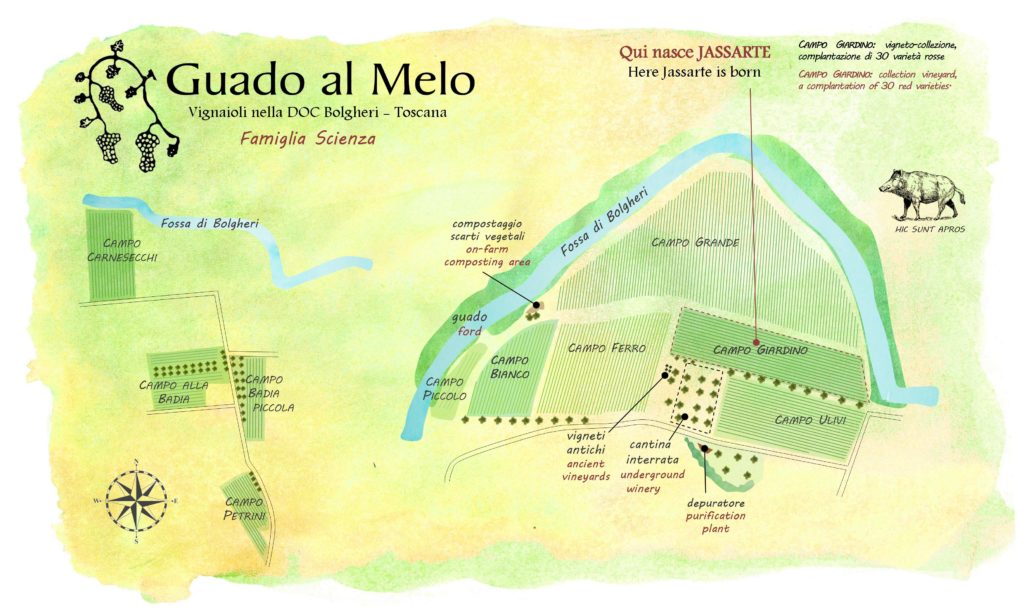
Next appointments on November
Save these dates. Here there are two wine tasting events in Italy. We will be too:
- 18-19 November 2017, in the port of Livorno, Mare di Vino: wine fair with wineries from the province of Livorno (Denominations: Bolgheri, Val di Cornia, Montescudaio and Terratico di Bibbona). Info on: http://www.maredivino.it/
- 25-26 November 2017,at the Fair of Piacenza, Mostra Mercato dei Vini dei Vignaioli Indipendenti: wine fair of the vinegrowers from all of Italy, members of FIVI (Federazione Italiana dei Vignaioli Indipendenti), little or medium artisanal wineries. Info on http://www.mercatodeivini.it/
Taormina Gourmet October 21-22-23 2017
Save the date: we will at the food&wine festival Taormina Gourmet, in Sicily.
Info on: http://www.taorminagourmet.it/
Criseo: one of the best tuscan white wines
Crise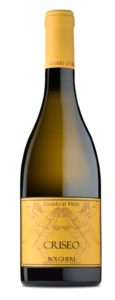 o, the first aging white wine in Bolgheri Denomination, continues to attract attention. The Italian journalist Daniele Cernilli put him among the best white wines of this summer, describing it as follows:
o, the first aging white wine in Bolgheri Denomination, continues to attract attention. The Italian journalist Daniele Cernilli put him among the best white wines of this summer, describing it as follows:
"Nose of formidable complexity, notes of flint, cedar, fresh almond and exotic fruit hints, full flavor, salty, excellent body, warm but agile and with a very pleasant drinkability. One of the best Tuscan whites this year. Complex".
Thanks very much!
Katrin Pfeifer "Bolgheri: Impressioni dalla Natura" "Impression from Nature"
Ecco alcune immagini della mostra.
Here there are some pictures of the exhibition.
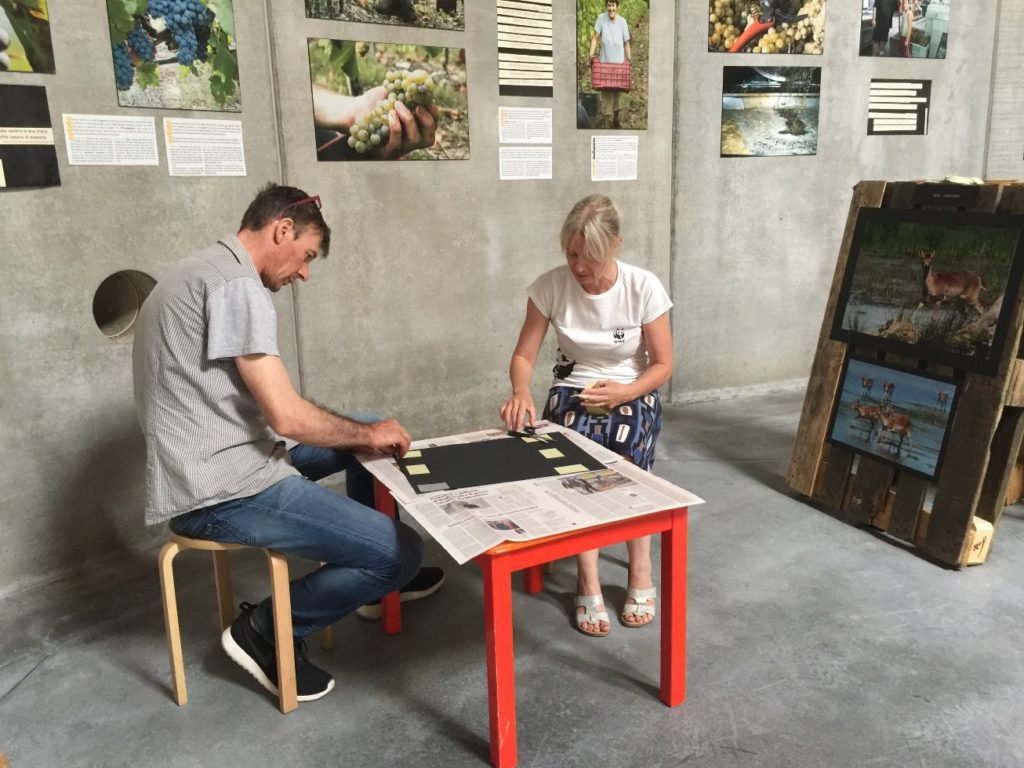
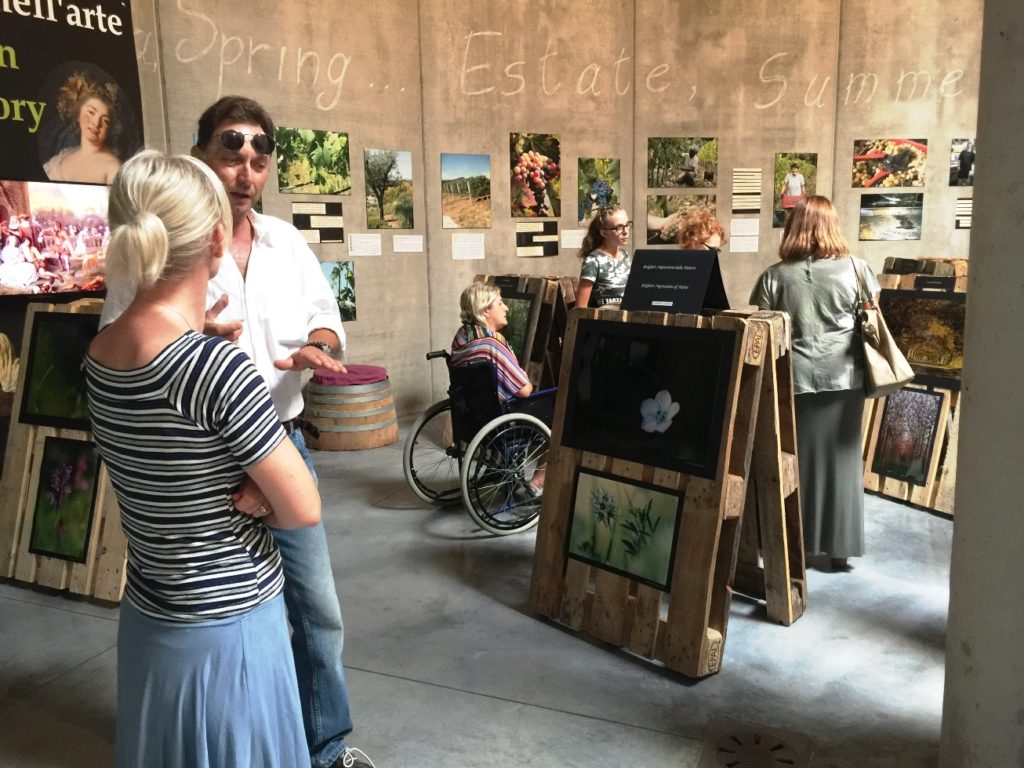
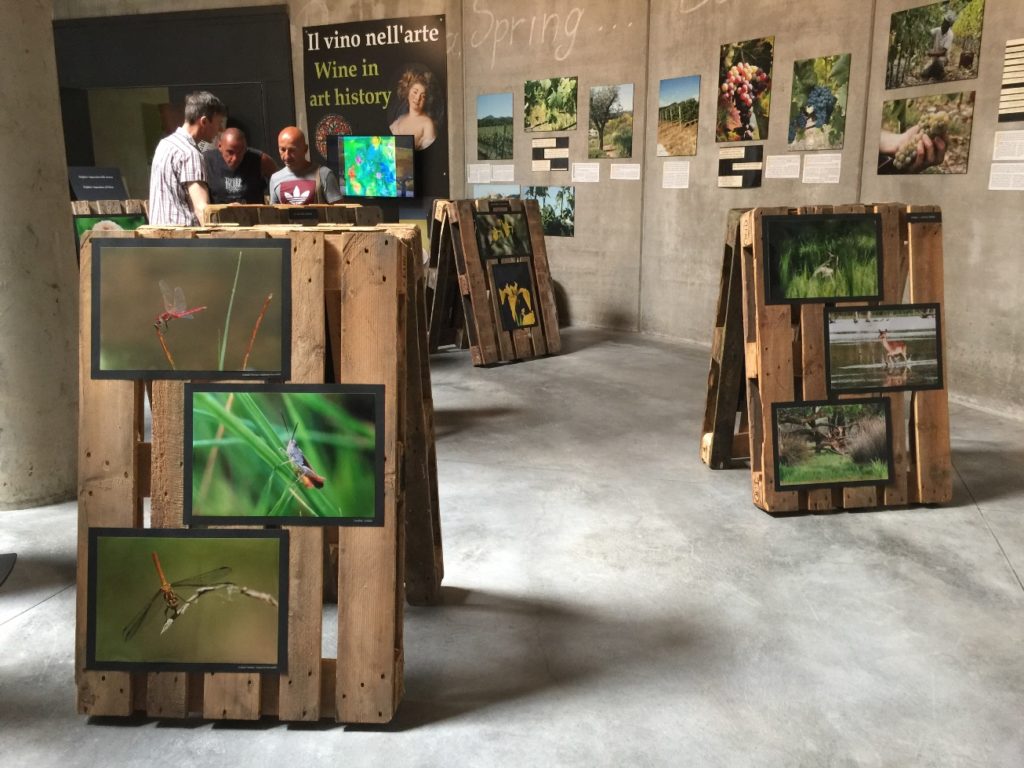
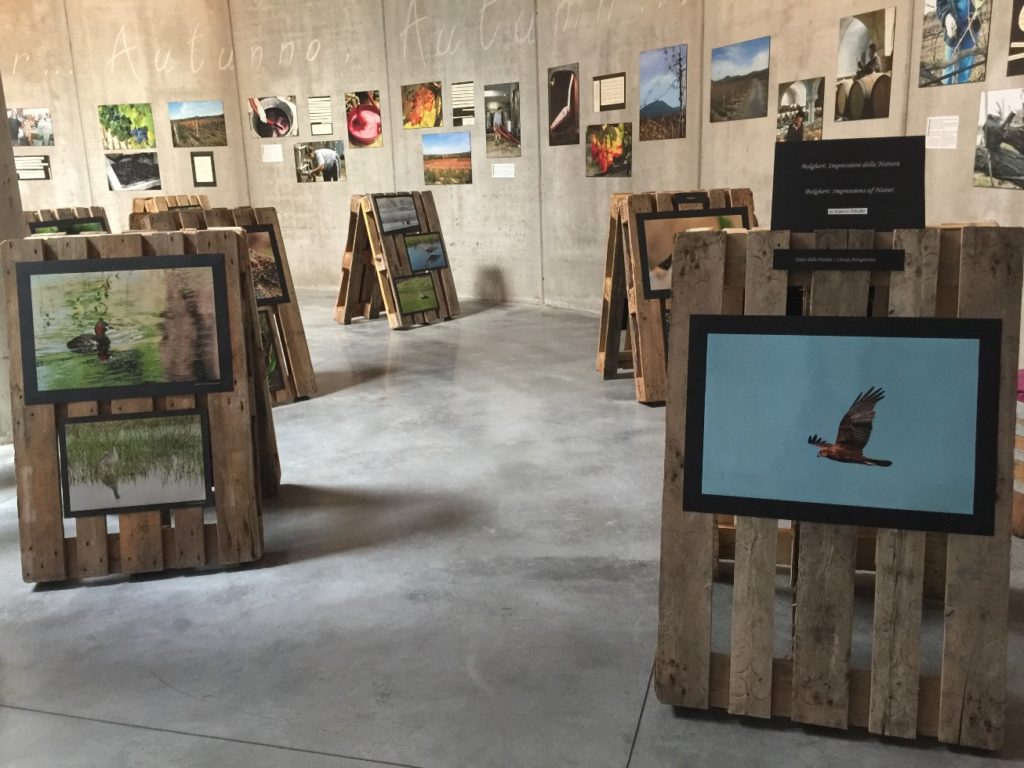
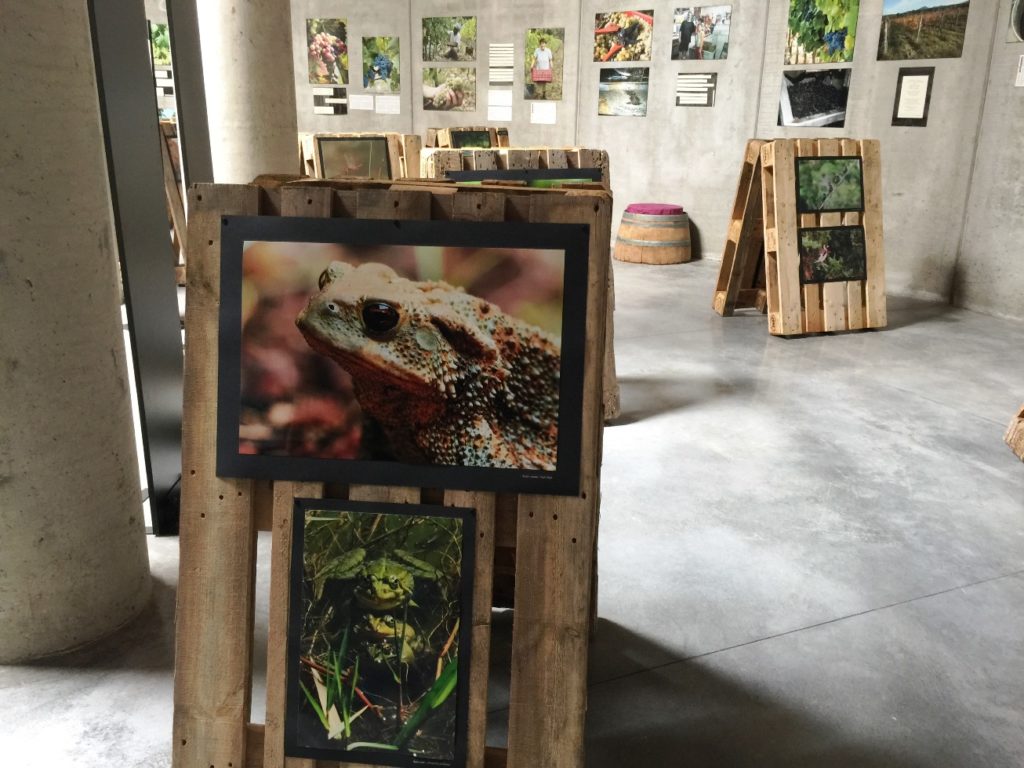
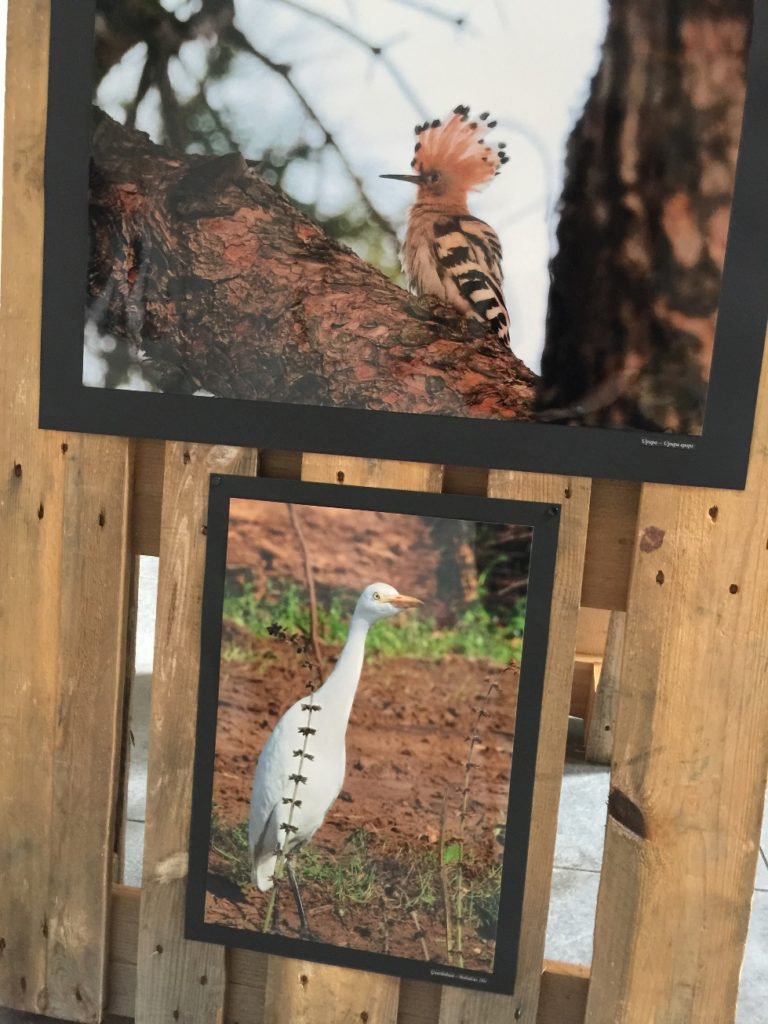
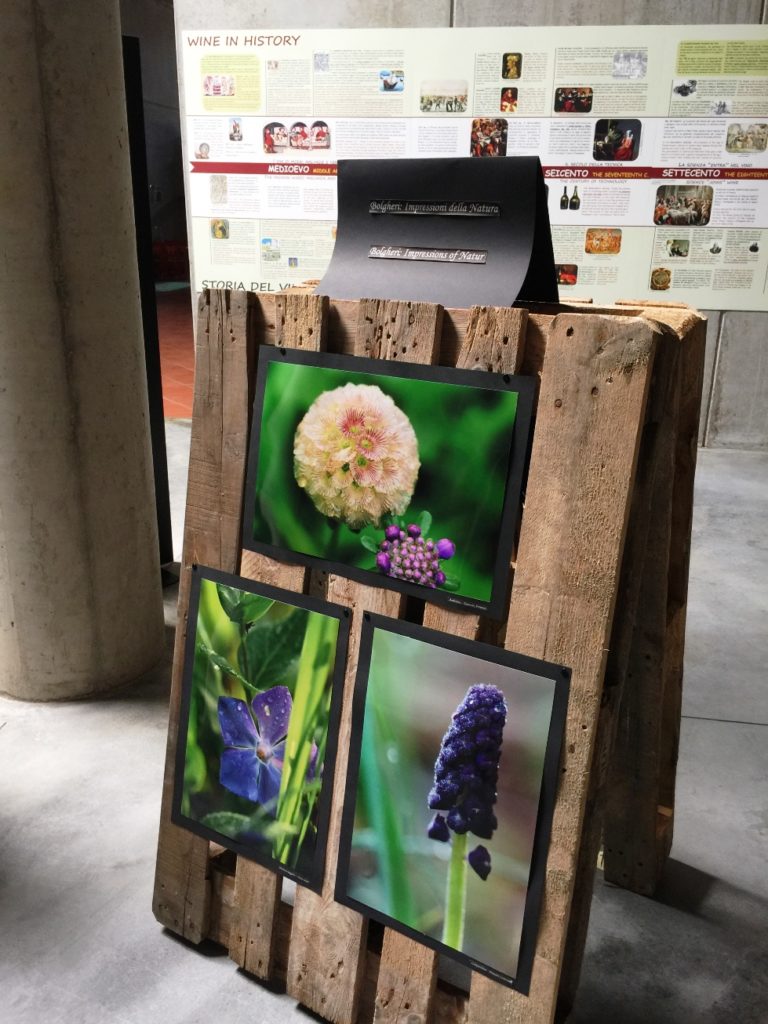
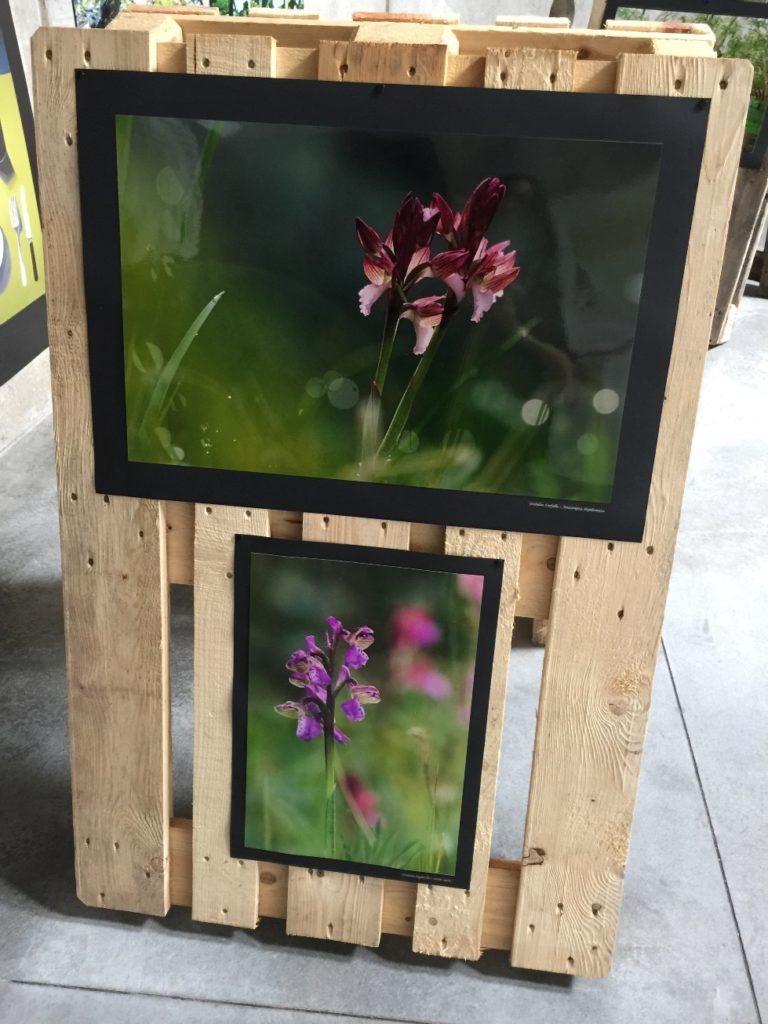
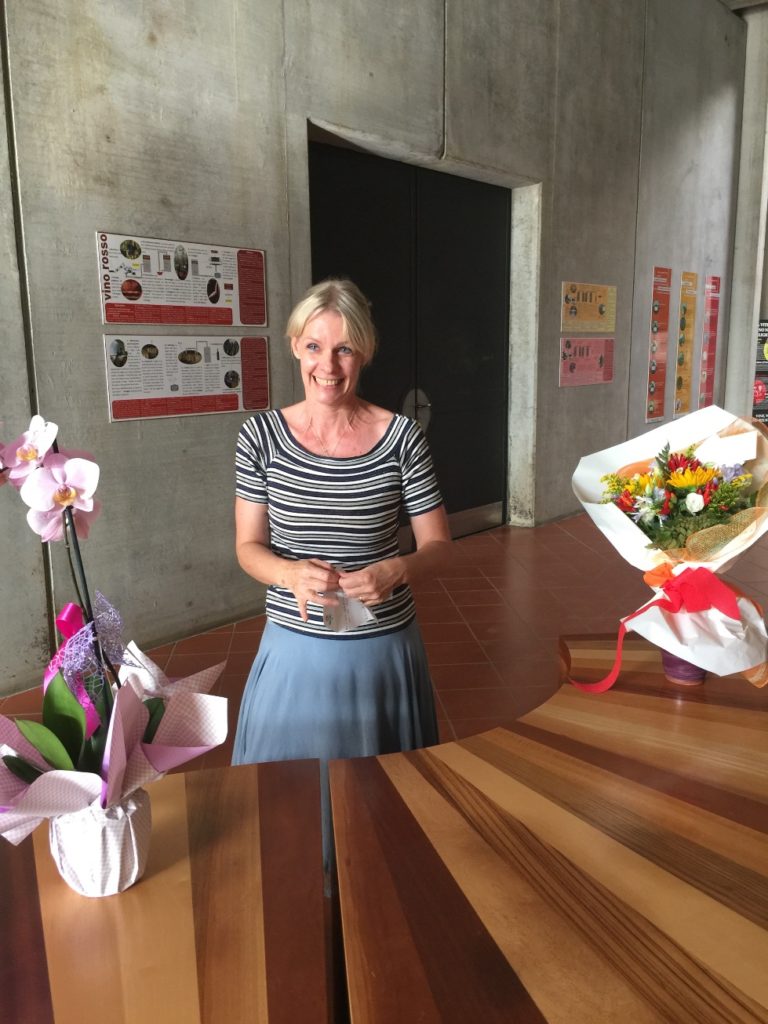
Saturday 8th July: unveiling of the work "August Dance" by Fabrizio Tiribilli"
Saturday 8th July, from 6.00 pm till 8.00 pm, presentation of the work.
We are waiting for you.
Tom Hyland: Guado al Melo, expressive wines from Bolgheri
Tom Hyland wrote about Guado al Melo:
Guado al Melo, expressive wines from Bolgheri
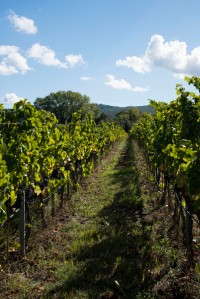
Vineyards at Guado al Melo, Castagneto Carducci
(All photos from the Guado al Melo website)
The Bolgheri district, located along the western coast of Tuscany in the province of Livorno, has become, in the short time frame of 35-40 years, one of the most celebrated of all wine territories in Italy. There’s more than a touch of irony here, as the leading varieties are not indigenous, but rather ones imported from France, namely Cabernet Sauvignon, Cabernet Franc, Merlot and Petit Verdot. Yes, Sangiovese is grown in Bolgheri (this is Tuscany, after all), but this variety takes a back seat to the cultivars from Bordeaux.
The names of the most critically acclaimed red wines of Bolgheri (there are some notable whites produced here as well – more on that later) are quite famous, names such as Sassicaia and Ornellaia. Less well-known, but as impressive (arguably, even more so) is Grattamacco. These estates have made Bolgheri a household name and today they continue to craft stunning wines.
Of course, as with any wine zone, there are numerous excellent producers that are not as well known. One of the best of this category is Guado Al Melo, property of the Scienza family. Michele Scienza, who had spent time in Bolgheri, learning the land alongside his father Attilio, moved to the small town of Castagneto Carducci in 2000, and opened Guado al Melo soon after.
Michele had a wonderful education in wine, thanks to Attilio, who is one of Italy’s most knowledgable personalities when it comes to viticulture and grape varieties. One of the features of the winery today is a library of wine books, one of the most exhaustive in Italy, or the world for that matter. If you need to know anything about what varieties should be planted in which soils throughout Italy, ask Attilio Scienza. Believe me, you will get a thorough answer!
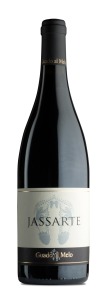
Inheriting such a vast wealth of knowledge from his father, it was only natural that Michele would become a bit adventurous in his work. Along with crafting his versions of Bolgheri reds – and one impressive Bolgheri white – Michele produces a special red known as Jassarte. The name is that of a river of the ancient world; together with the River Indo, these bodies of water separated East from West several thousand of years ago. Together with his father, Michele planted a separate vineyard at the estate that would be a field blend, with a mix between Mediterranean (current Western Hemisphere) and Caucasian (Asia Minor) varieties. The vineyards themselves are trained in ancient Etruscan methods, and the wine is a bit of a tribute to Etruscan winemaking from centuries past, while implementing current technology in the cellar. Jassarte is a blend of at least 30 varieties, which includes a few from Portugal, as well as Caucacus and the Rhone Valley; while there is little information given out regarding the exact varieties used in this wine, the dominant one is Syrah.
Here are a few brief notes on the wines of Guado al Melo:
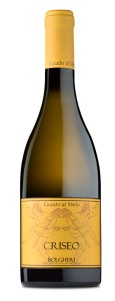
2015 Criseo (Bolgheri Bianco) – This is one of the top two wines of Guadl al Melo, and of the current releases, it is the finest. A blend of Vermentino (80%) with smaller percantages of Verdicchio, Manzone, Fiano and Petit Manseng (how’s that for an unusual mix of varieties?); aged in stainless steel and given several months of aging on its lees. Aromas of lemon zest, guava and a hint of apricot. Medium-full with excellent depth of fruit, and a rich mid-palate. Impressive persistence, very good acidity and a light minerality. Excellent complexity, this is well made and engaging now, but will display greater complexities over the next 3-5 years. Excellent
2015 Antillo (Bolgheri Rosso) – Sangiovese-based, this offers aromas of black cherry, tobacco and menthol. Good acidity, with a slight bite to the tannins. Fresh and fruity, but lacking complexity. Enjoy over the next 2-3 years. Good (Antillo means “sunny place.”)
2015 Rute (Bolgheri Rosso) – Primarily Cabernet Sauvignon with a small percentage of Merlot. Bright ruby red; aromas of black cherry, myrtle, plum and mint. Medium-bodied, with ideal ripeness, good acidity, medium-weight tannins, very good persistence and impressive harmony, though perhaps a touch too much oak. Enjoy now and over the next 2-4 years. Very Good (Rute is an Etruscan word meaning “red.”)

2015 Atis (Bolgheri Superiore) – Atis is the name of a legendary Etruscan king. Cabernet Sauvignon-based, this has aromas of black plum, violet and thyme. Medium-full with very good to excellent concentration. Ripe and somewhat forward, with medium-weight tannins, good acidity and impressive persistence. This needs several years to settle down and display its finest qualities. Best in 10-12 years. Excellent
Bravo to Michele Scienza for his consistently excellent work at Guado al Melo. He was recently recognized for being one of the up-and-coming wine estates in Italy by a prestigious wine publication in that country, and I personally admire his Criseo Bianco quite a bit. I think you will be hearing more about his wines over the coming years.
Tom Hyland
Guado al Melo summer opening hours
There is the summer change of our opening hours. From today till mid of September, we will open from Monday to Saturday morning 10.00 am - 1.00 pm / 4.00 pm - 8.00 pm.
Come in our winery: during these times you can make wine tastings, free visit at our museum about history and culture of wine, wine shopping.
But if you prefer a guided wine tour + tasting, don't forget to make a reservation.
Serving and pairing wine
Do you know that it is better not to leave the wine in the car under the sun on summer (Italian summer, above all) ?
Or that serving wine at a wrong temperature does not make us appreciate it?
You must not be (necessarily) an expert to enjoy yourself with a glass of wine : the best thing is to let go of pleasure. However, there are little things to make this time better or, at least, to enjoy a good bottle of wine without problems. There are a lot of books on the subject for those who want to deepen. In these brochures we only give some basic information.
There is also some idea of pairing our wines with food ... then you can use your imagination.
Local dish: it is a dish typical of our area (Castagneto Carducci, Tuscan Coast).
Italian recipes: here italian (in general) dishes.
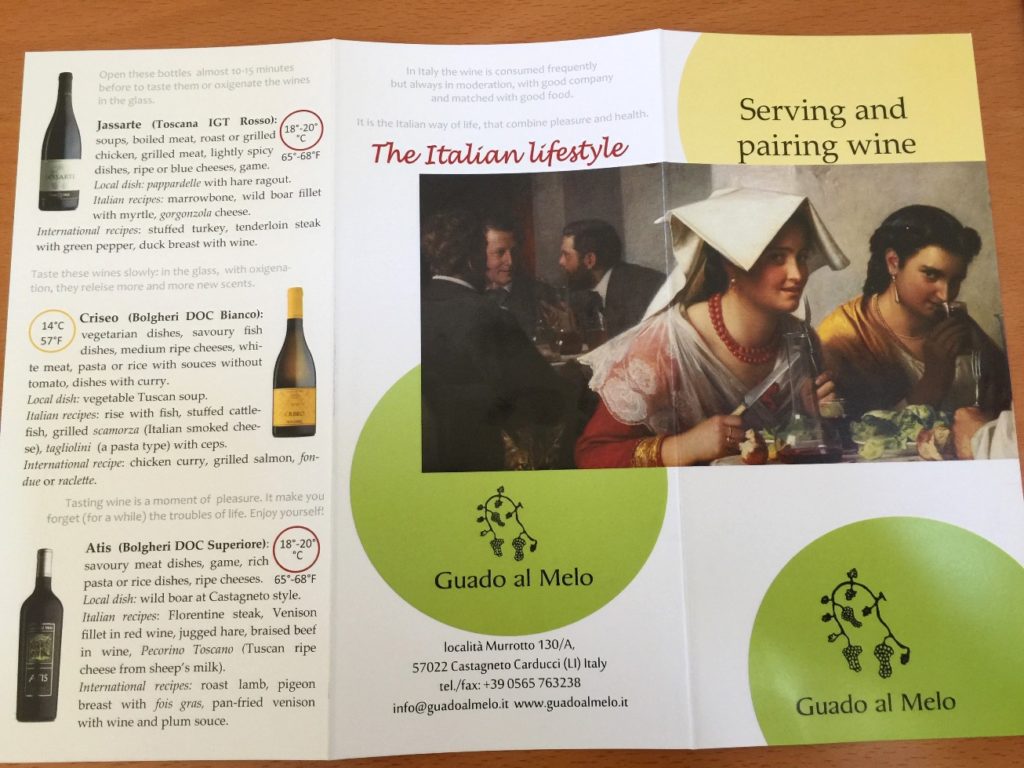
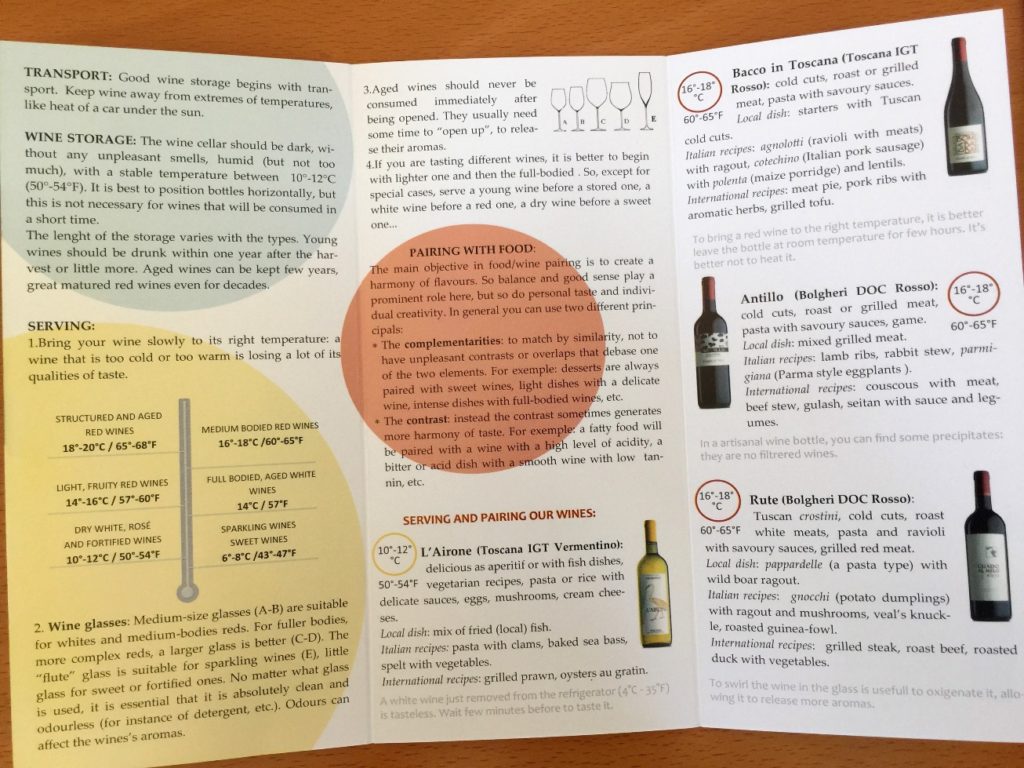
Here there is the pdf file:
August Dance - The artist Fabrizio Tiribilli creates again for Guado al Melo
Fabrizio Tiribilli, an artist of Florentine origins who lives on the Tuscany Coast, now in Livorno (after an intermezzo in Sicily) returns to create for our winery. He does so with a beautiful work inspired by nature and our work of vintners. Fabrizio is a great person and friend, as well as an artist of great sensibility.
The title of this latest work is "Dance of August", inspired by the color dance that is created on the bunch of grapes during the veraison*. Technically, it is an oil painting on wood panels. The work is very big and Fabrizio has broken the bunch into many panels, playing with full and empty, for a spectacular overall effect.
We are finishing the preparation and shortly there will be a worthy inauguration!
* The bunch, after flowering, is shaped by green little balls that begin slowly to swell. At the beginning of August acines do not grow anymore but begin to change color. This change is called "veraison". For white grapes it is a discrete process, turning to yellow or yellow with green shades. For black grapes it is more noticeable and spectacular: the acines, even on the same bunch, take different colors before reaching the final one, different for each variety, ranging from violet to deep blue. At the end, the whole grape has changed color but is not ready yet. Now it begins to mature, that is, all the internal transformations that lead to the accumulation of sugars, aromas, tannins, etc. To reach to the optimum maturation they pass about 40 days, which may also vary according to the seasonal trend of this delicate and very important moment.
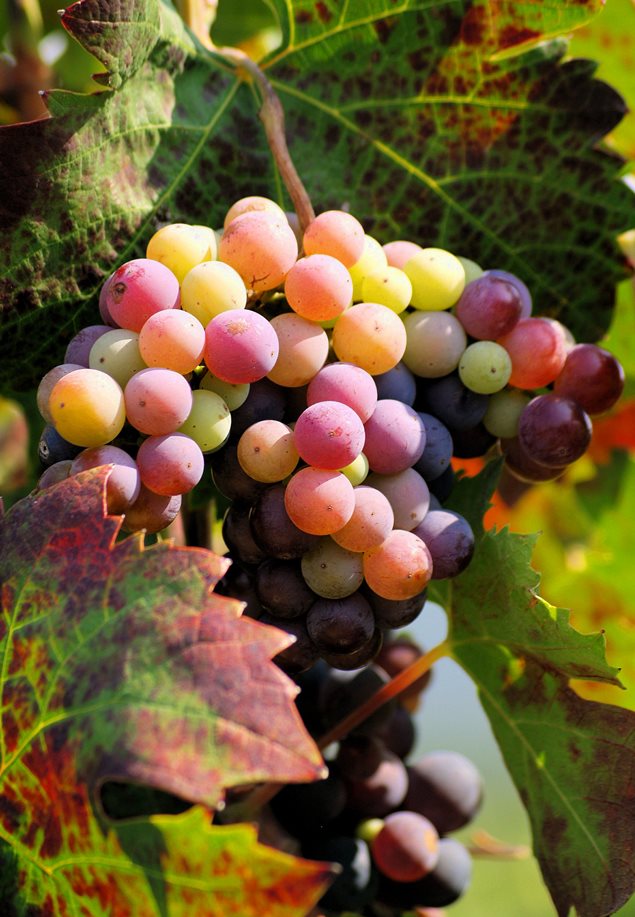
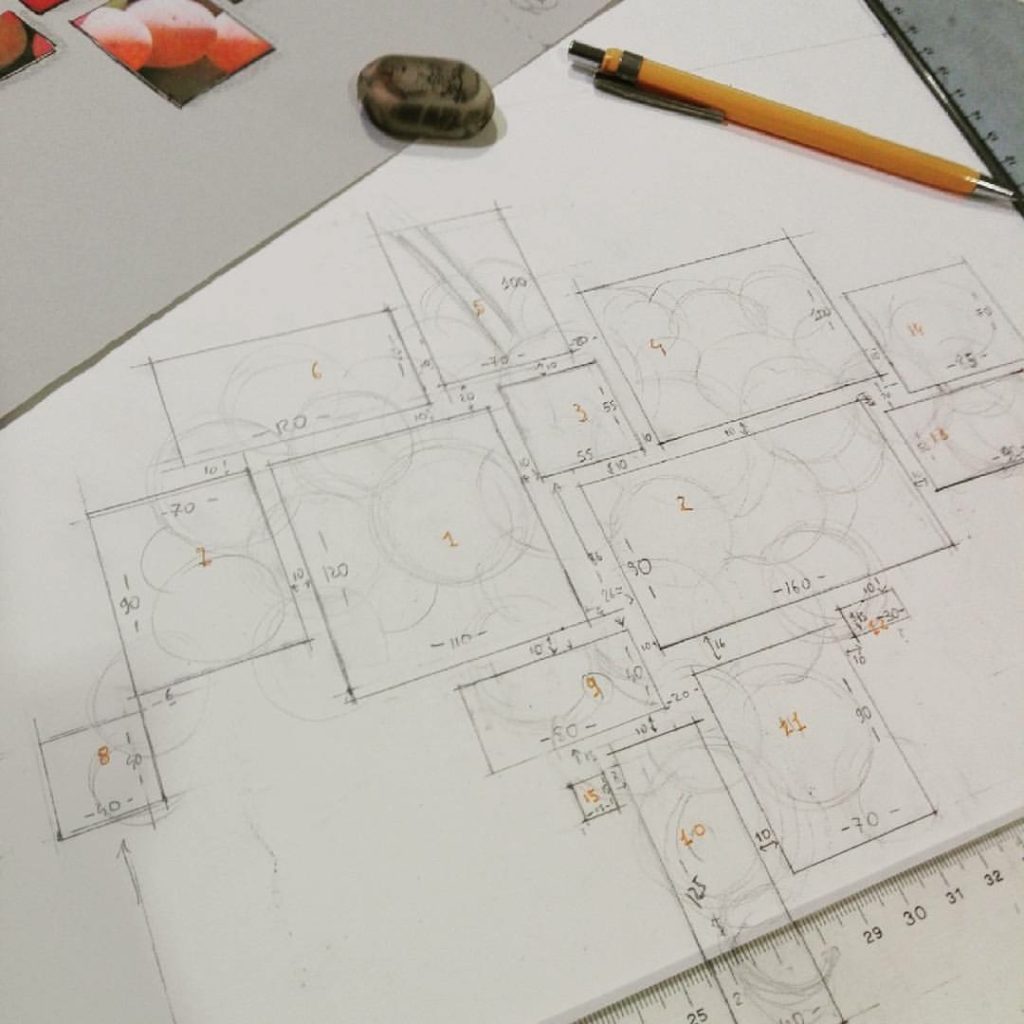
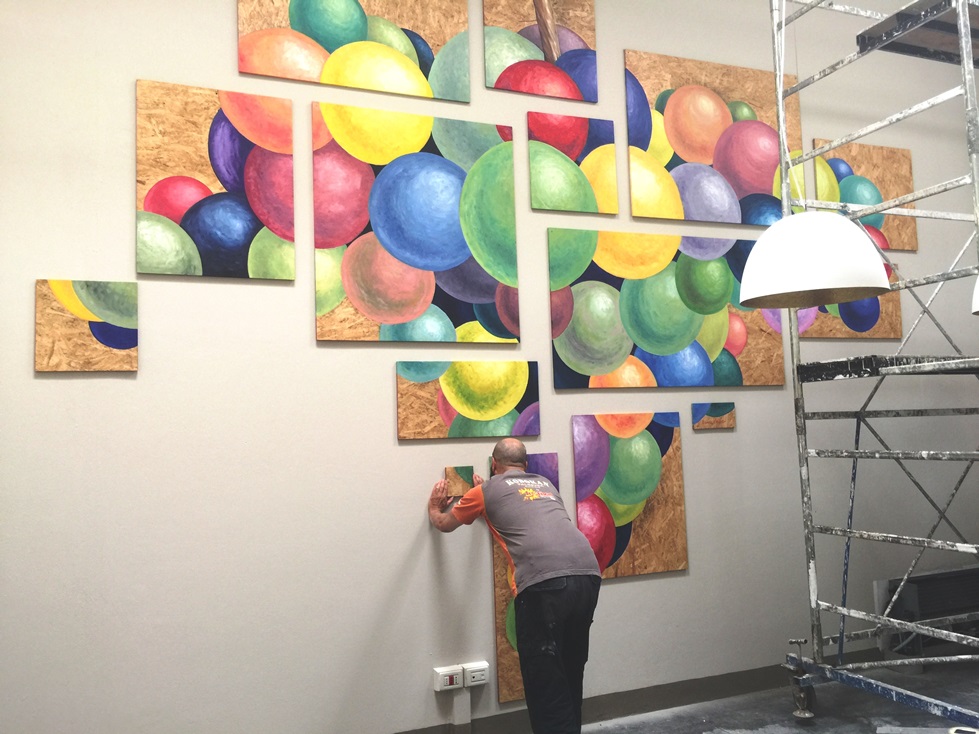
This is the second important work that Fabrizio has made for our cellar, inspired by the vineyard. The first one dates back to 2007. This is a triptych, "Leaf", oil colours on wood, which represents a vine leaf divided into three parts and with the three colors that nature gives it in different seasons. This work, always of great impact, enlivens our tasting room.
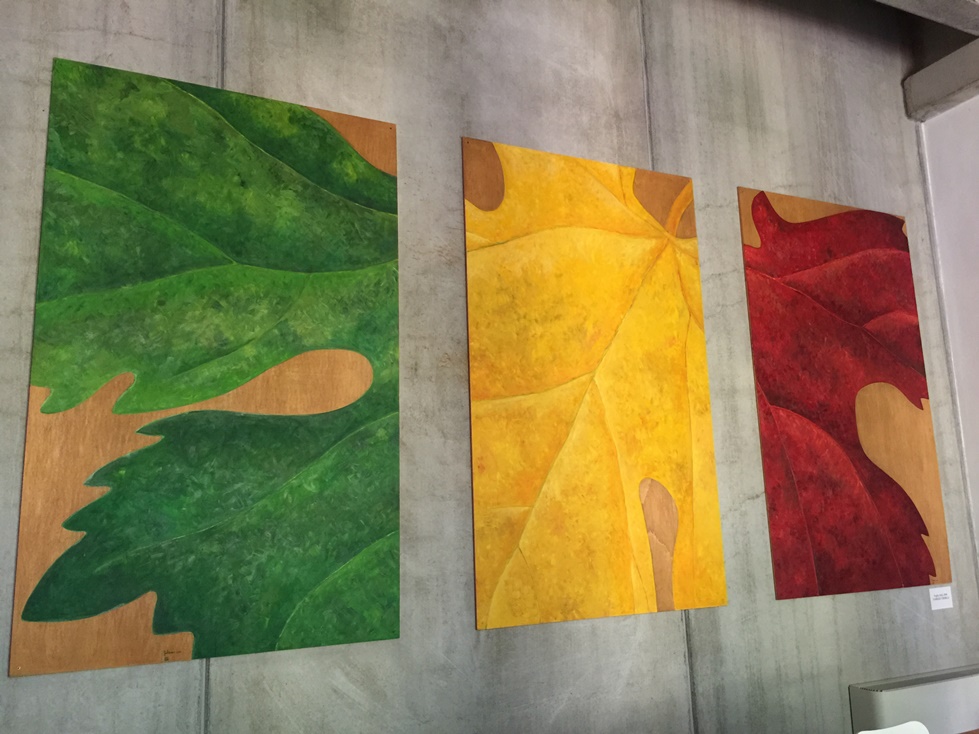
Later he "played" with the air recirculation turrets (n.9 in total) on the green roof of our cellar, with a work called "Regenesi Ludica", always inspired by the colors of the surrounding nature. He has transformed technical objects (to hide) in living elements that characterize the landscape.
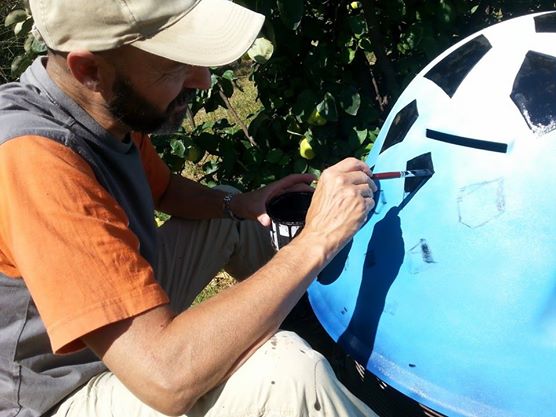
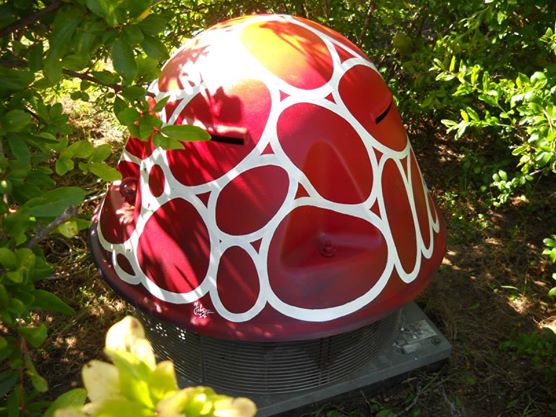
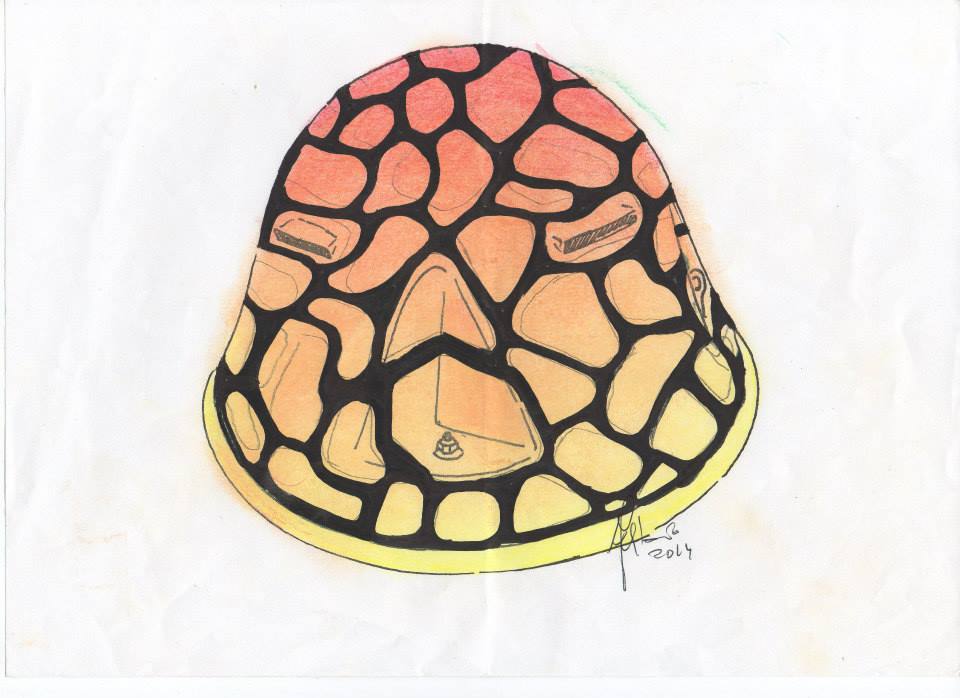
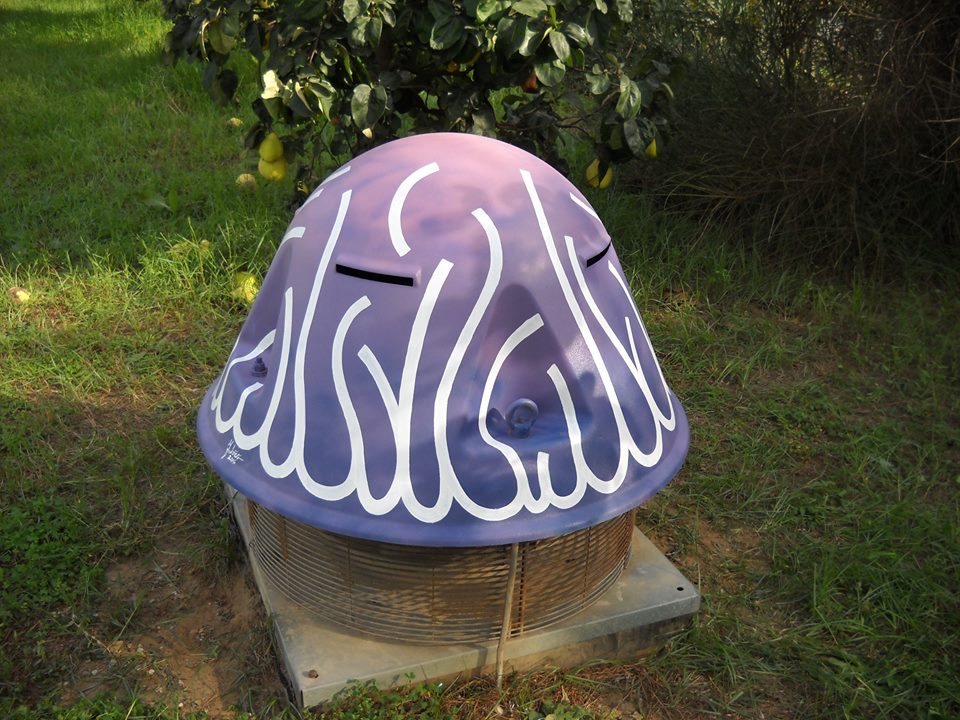
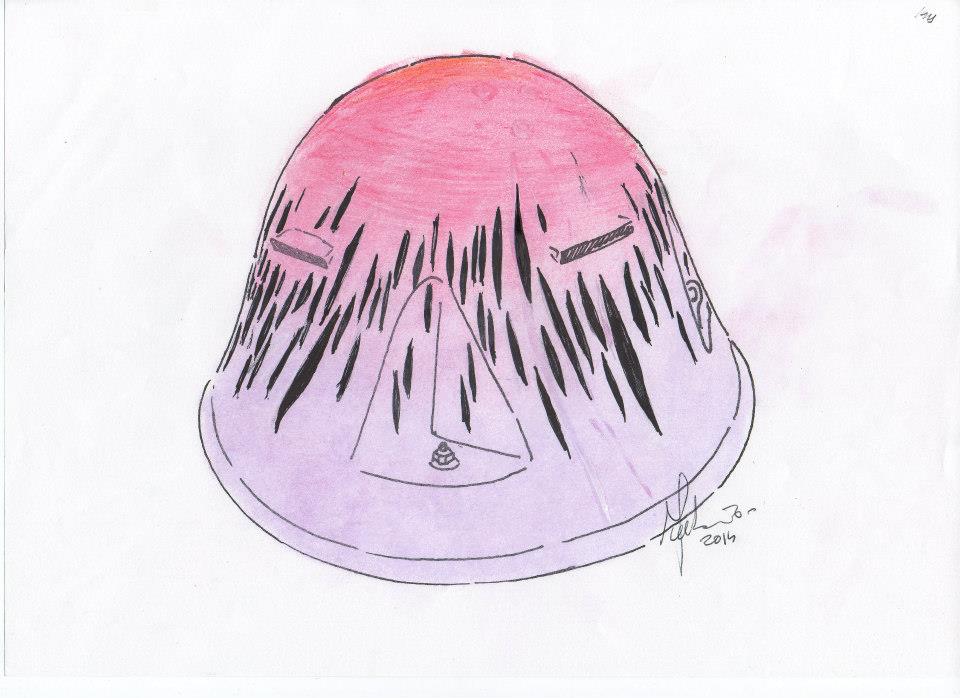
Lastly, in 2015, we hosted an his exhibition in our cellar. Do you remember it?
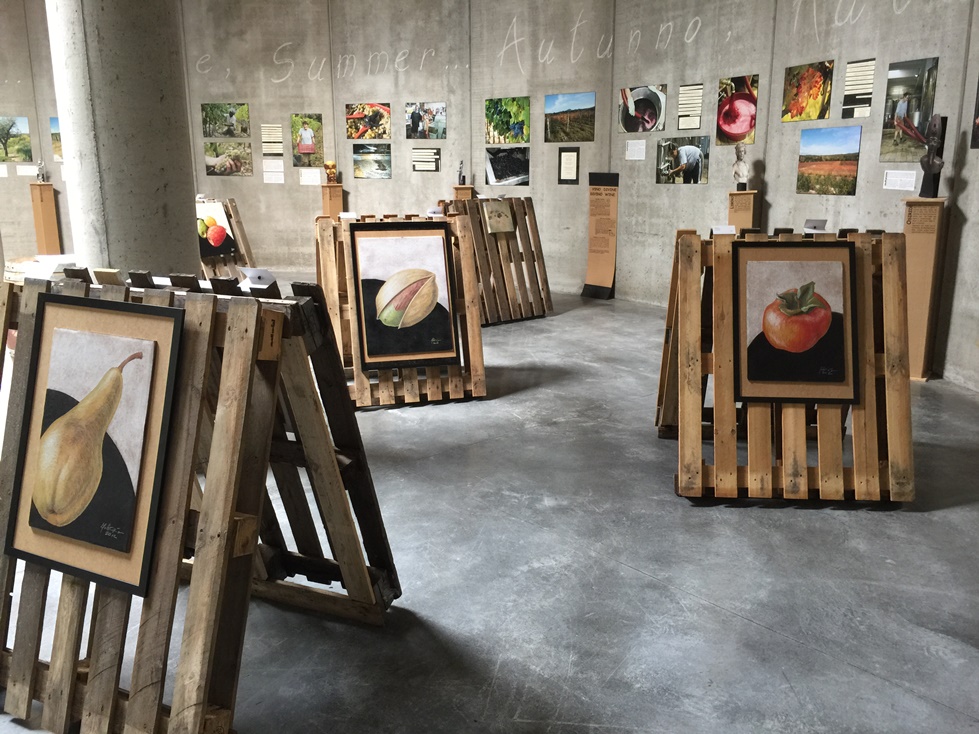
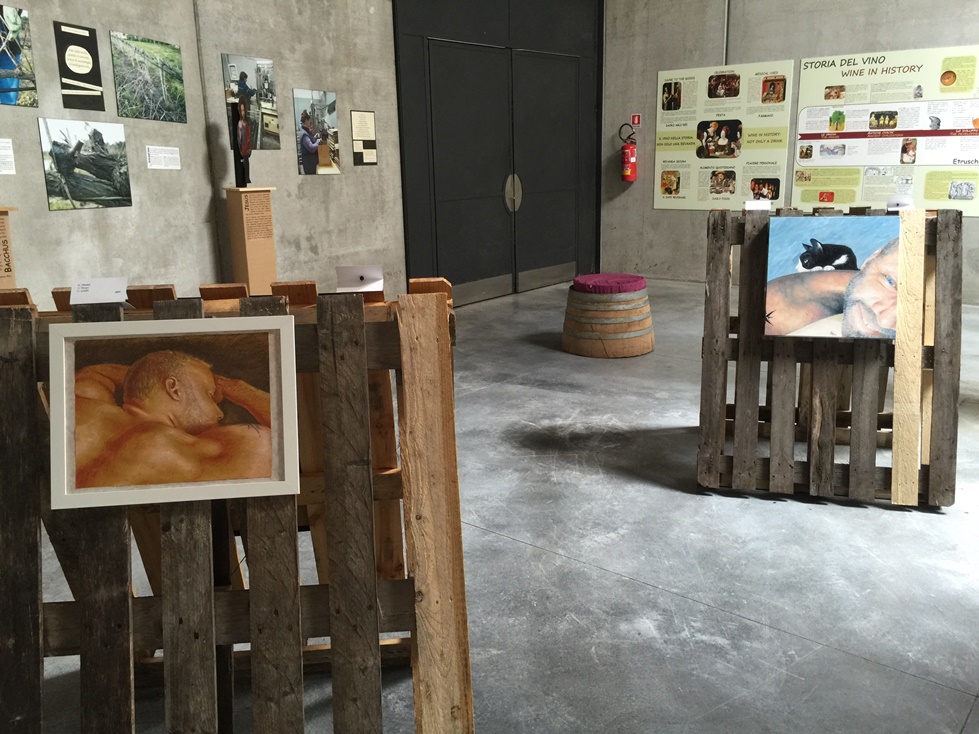
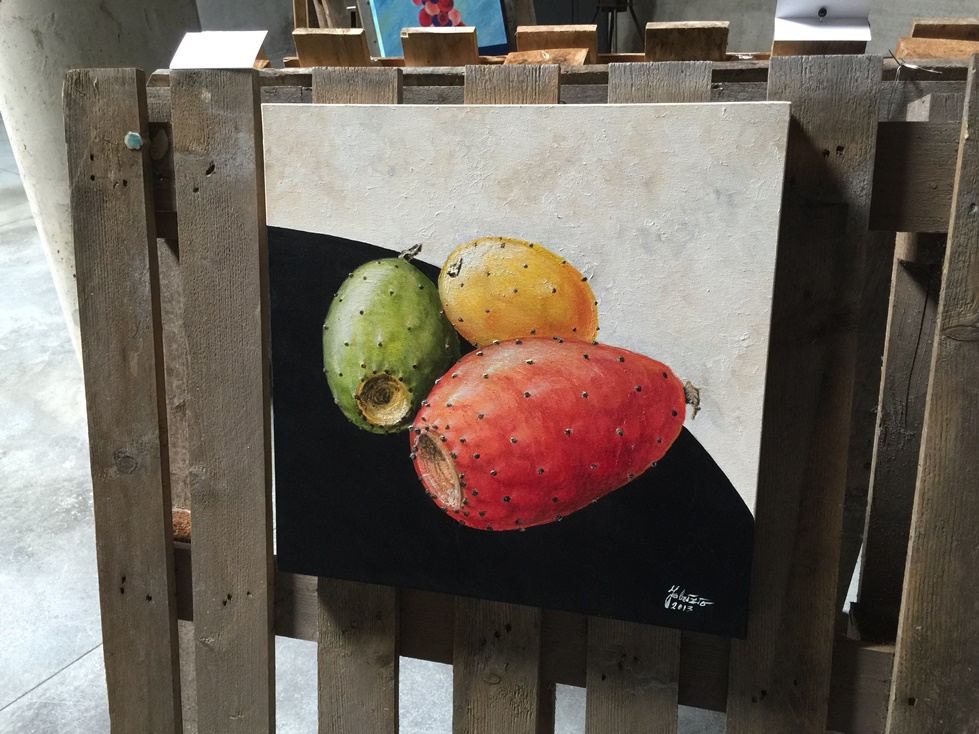
Un Mare di Gusto, San Vincenzo, 5-6-7 May 2017
During the next week-end, 5-6-7 May, there will be the event "Un Mare di Gusto" in San Vincenzo (near Castagneto Carducci). It is a fish cooking festival, in particular all around the local fish "palamita", a kind of oily fish, very very delicious. In pairing with food tastings, there will be our white wines, L'Airone Vermentino 2016 and Criseo Bolgheri DOC Bianco 2015.
Here there is the event web site
programma-2017-un-mare-di-gusto
Mostra-mercato dei Vignaioli Indipendenti FIVI, Roma, 13-14 Maggio 2017
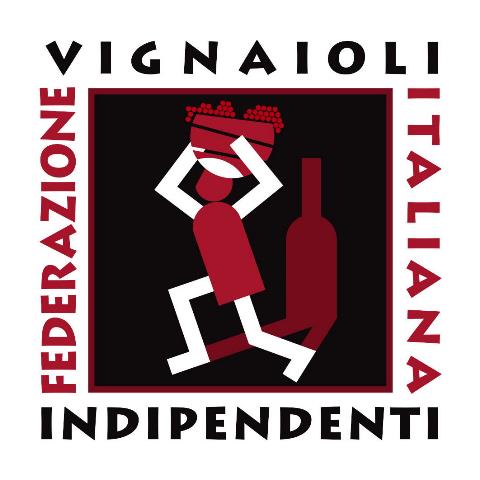 Il 13 e 14 Maggio invece saremo a Roma, al salone dei Vignaioli Indipendenti.
Il 13 e 14 Maggio invece saremo a Roma, al salone dei Vignaioli Indipendenti.
On 13th and 14th May, we'll be at Rome, at the wine tasting of FIVI Association.
Anteprima Vini Costa Toscana, Lucca, 6-7 Maggio 2017
Ecco il prossimo evento a cui partecipiamo con i nostri vini. Vi aspettiamo a Lucca!
Here there are the next event where you can taste our wines. See you at Lucca!!
Vinitaly 2017
This year, 2017, we were at Vinitaly in the stand of our new distributor for Italy, Cuzziol GrandiVini. We really like the style of the stand (elegant and sober). The Cuzziol's staff was very competent.
We also met some of our foreign importers, with whom we work for years. They have thus been able to taste the new vintages of our wines. They come from German, Belgium, Sweden, Great Bretain, USA, Japan, Australia, etc. There was some new contacts too. So, we will be able to export our wines to some new countries in next months... (news soon).
Prof. Attilio Scienza (Michele's father) was ranked fourth in the list of major influencers of the Italian wine world, for his scientific research on the viticulture sustainability.
Thanks very much to all!
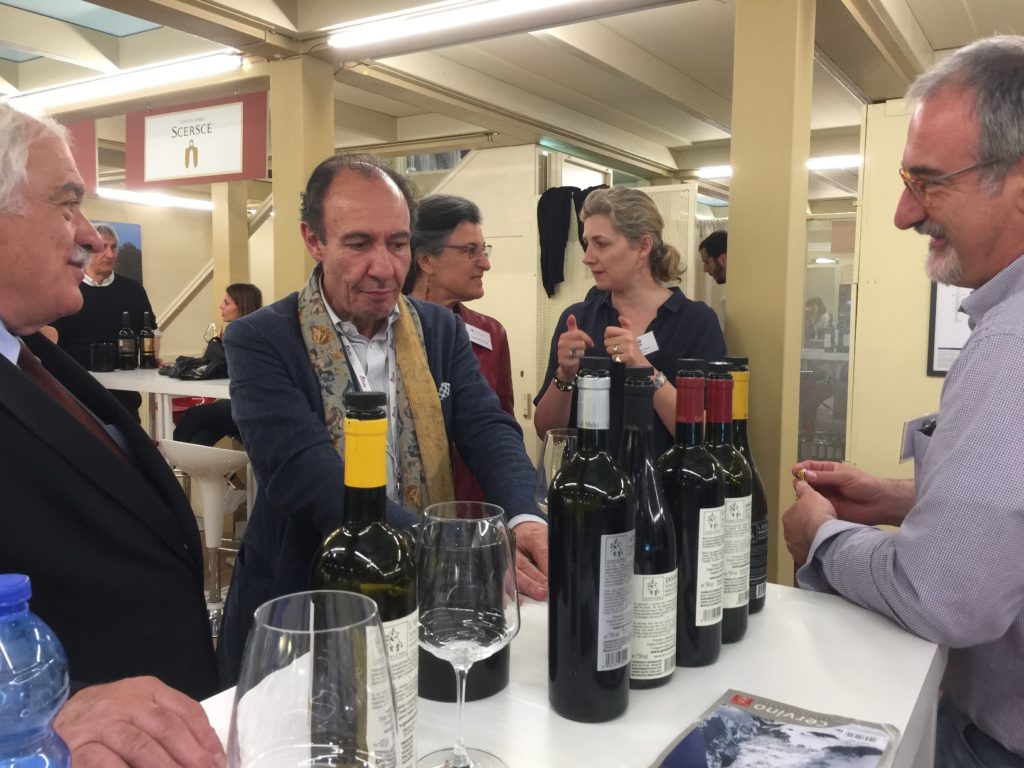
Michele with Antonio Paolini (Press) and Attilio Scienza
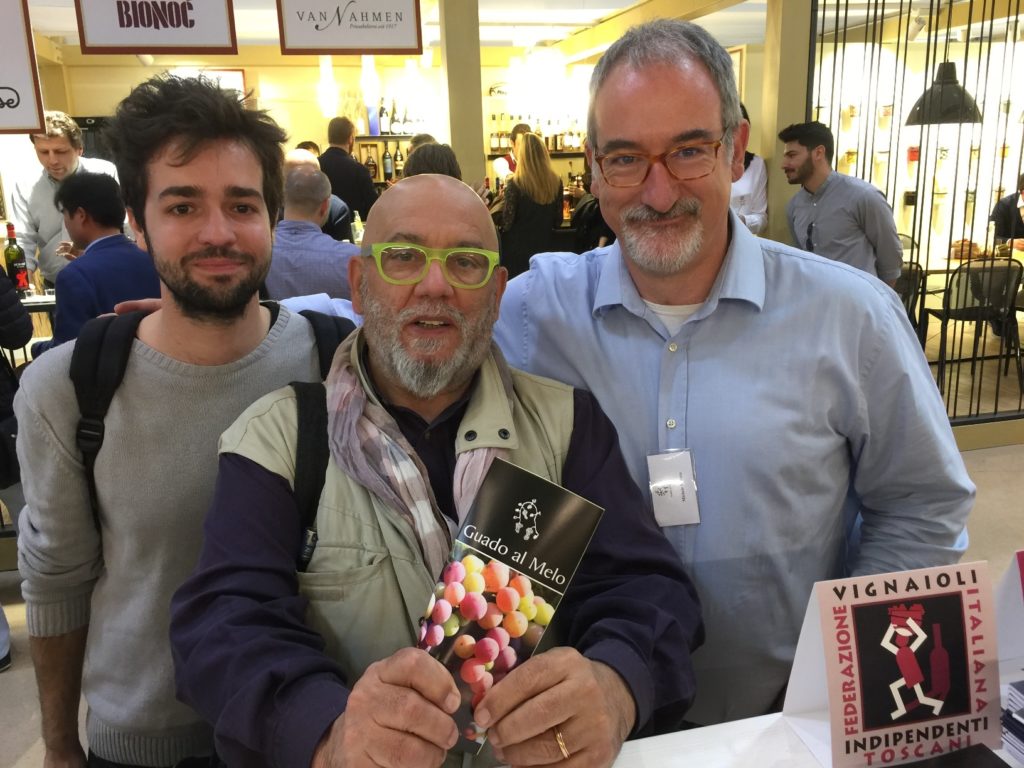
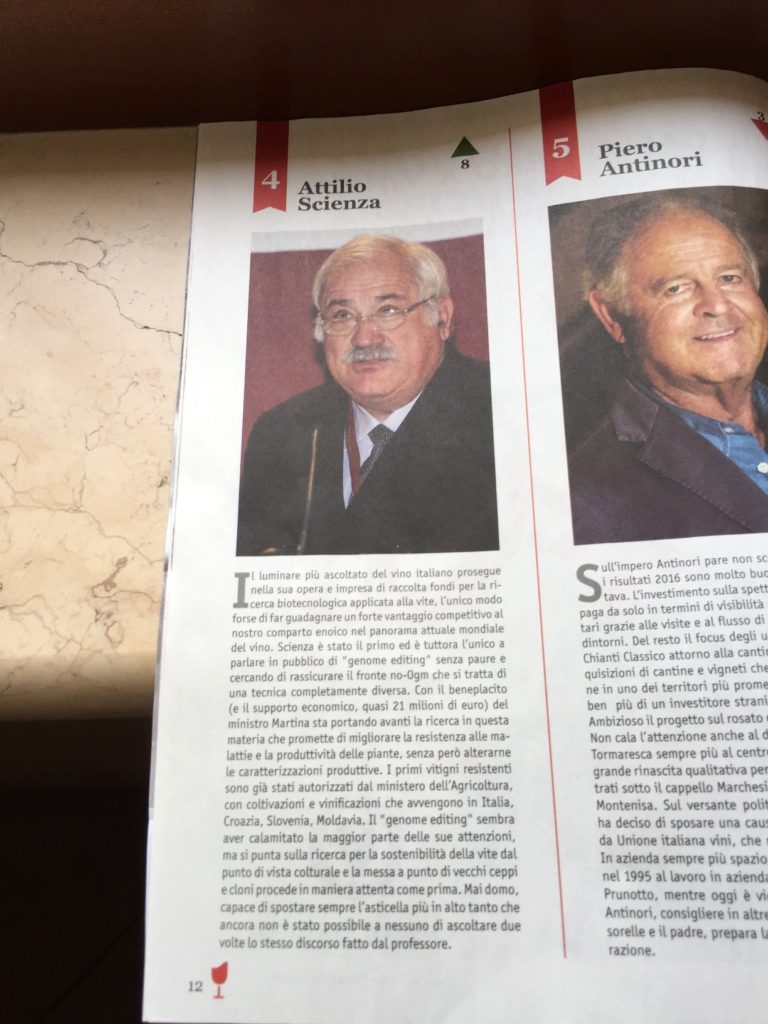
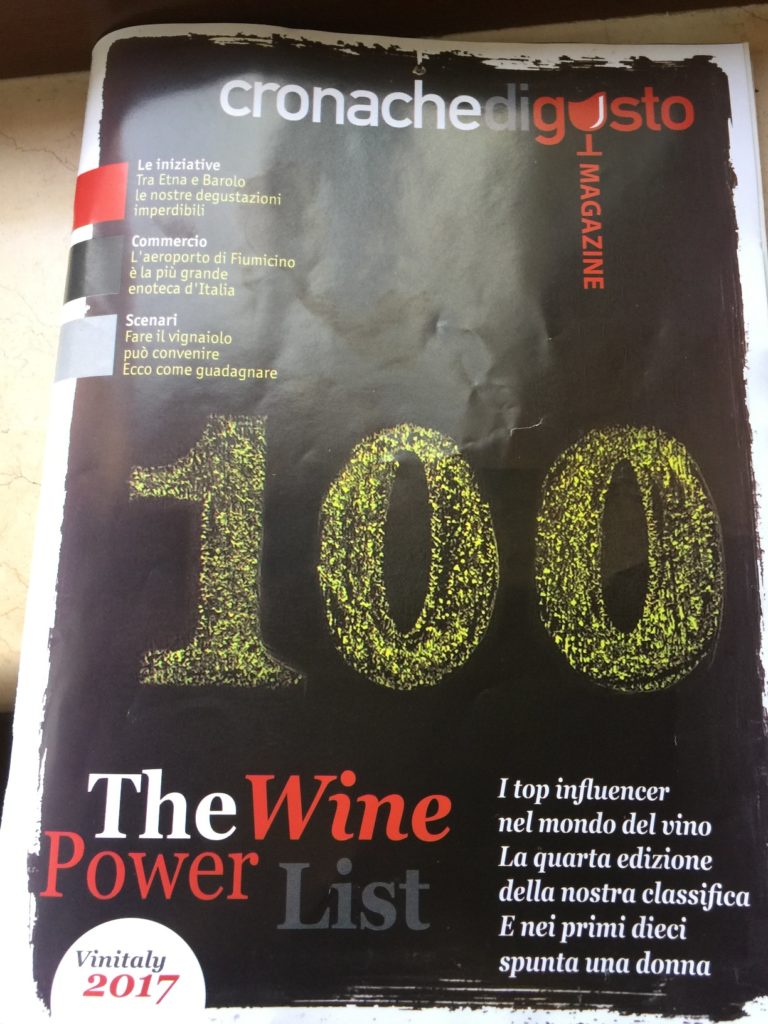
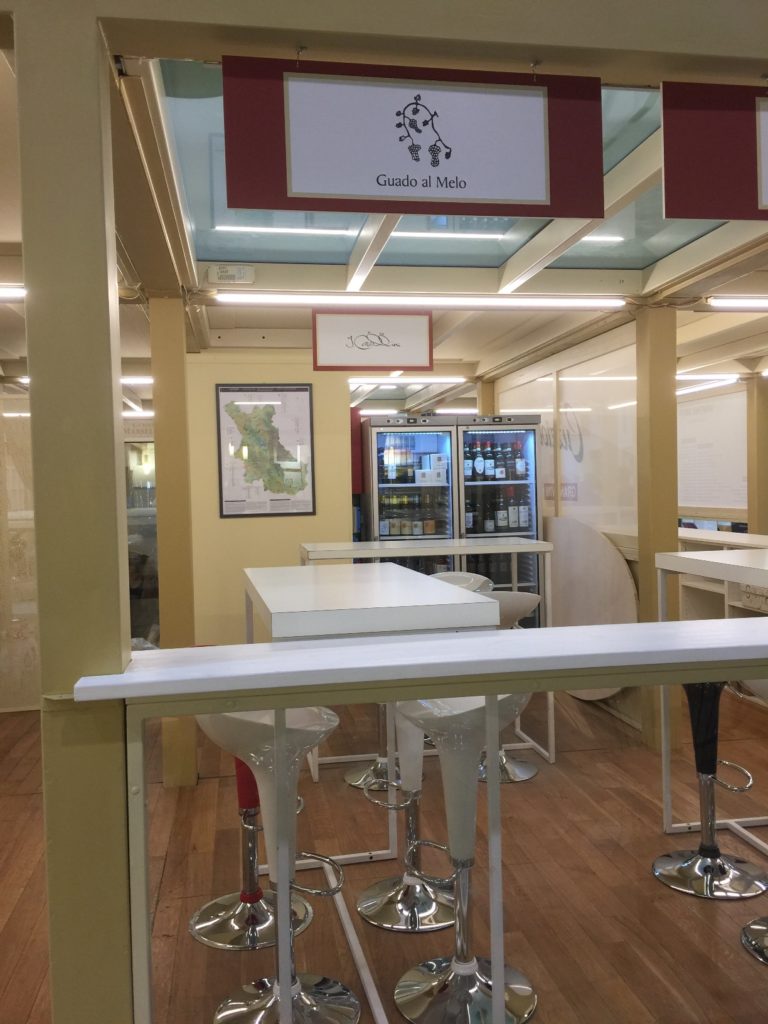
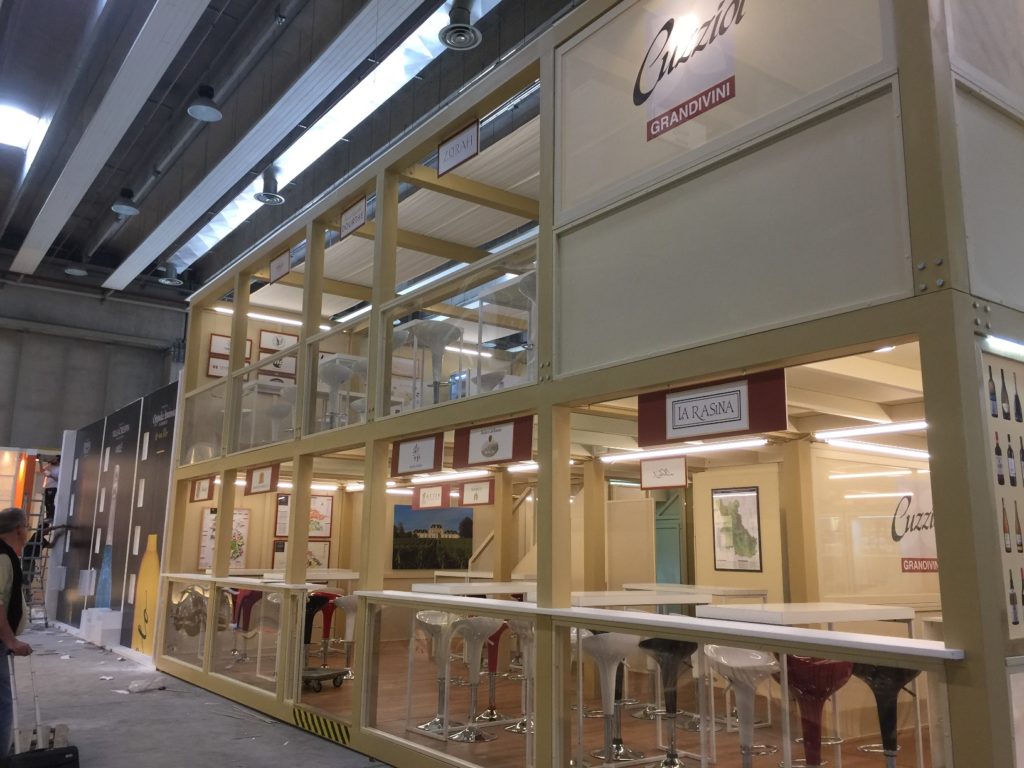
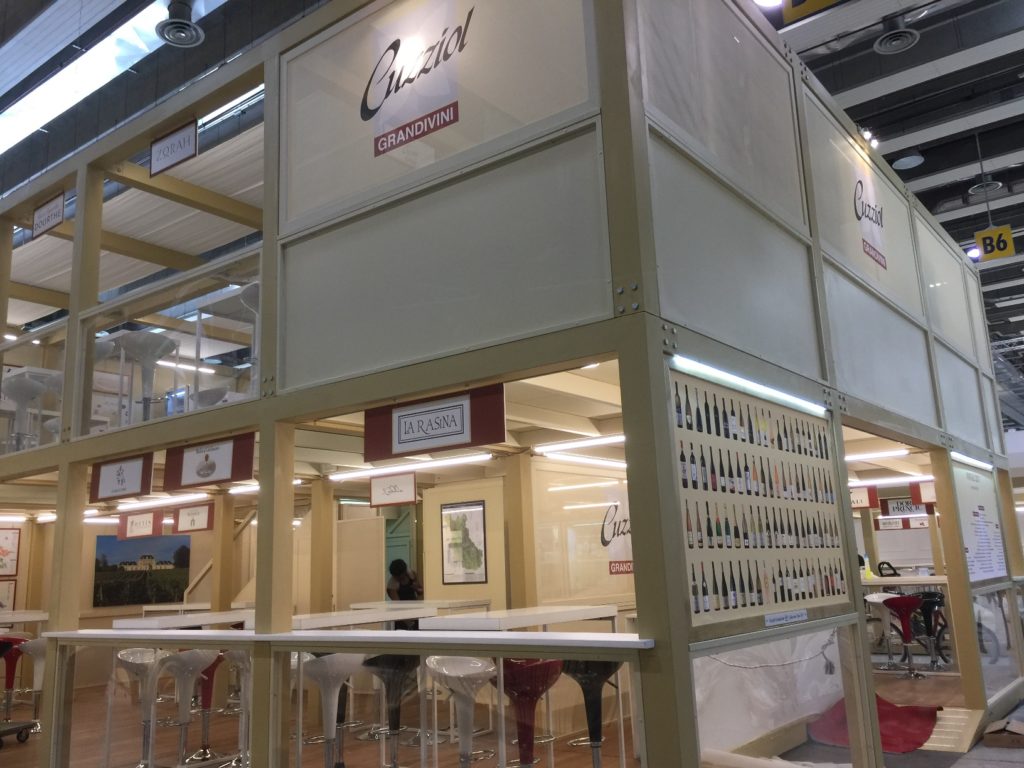
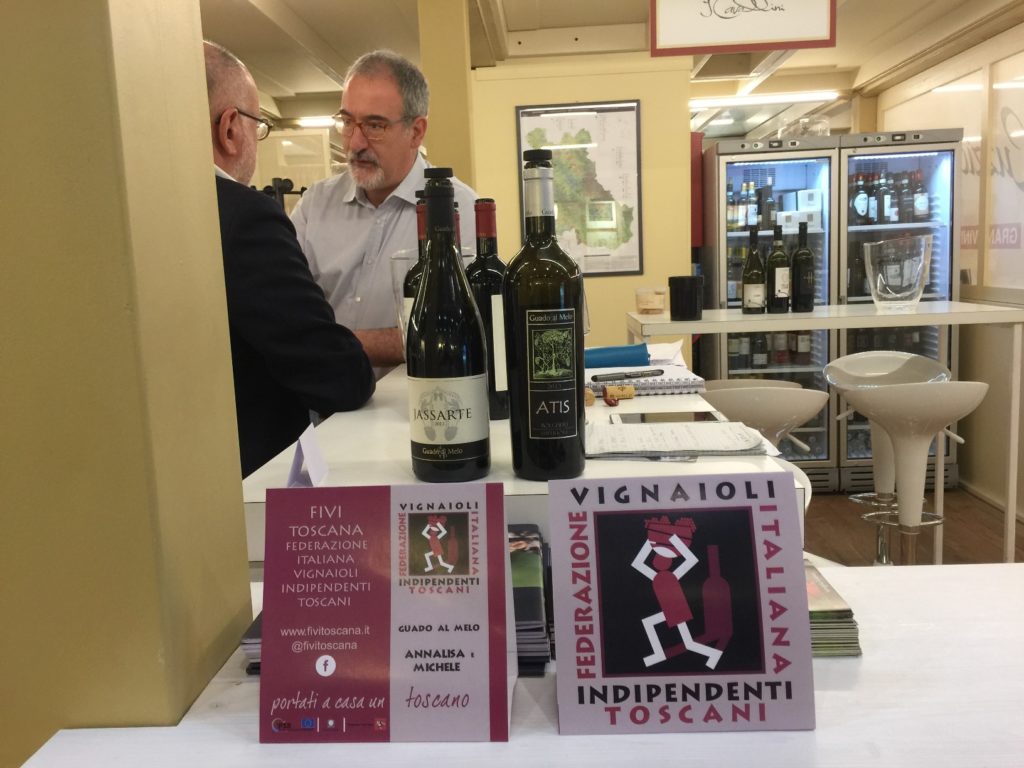
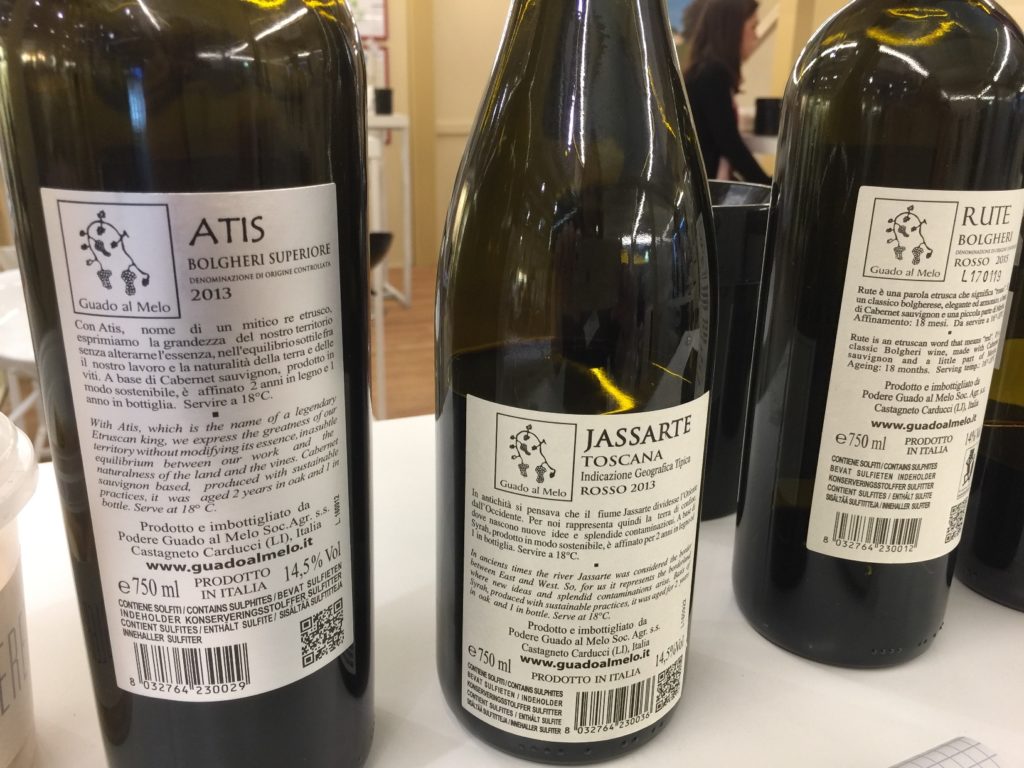
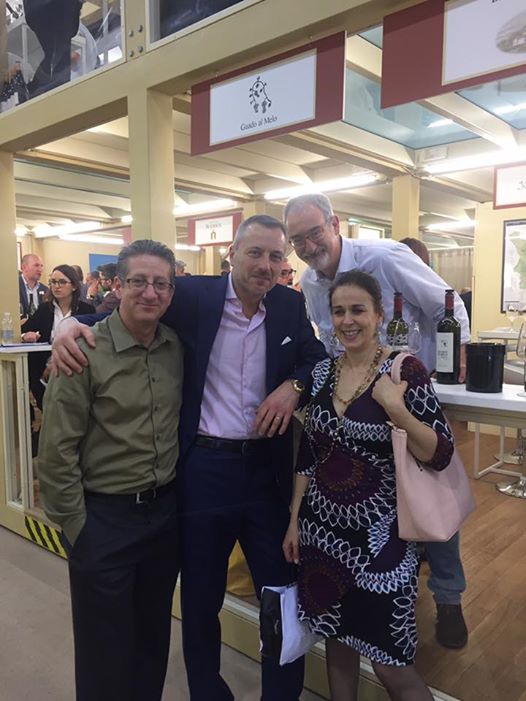
A new precious book for our library
A new book, of great cultural value, becomes part of our library, on display at Guado al Melo.
It is an edition of the sixteenth century of the only medieval agricolture treaty of Western, the work of Pietro de Crescenzi "Ruralium Commodorum libri XII" written in 1307 in Bologna. This edition, in 1561 exactly, translated from Latin into Italian, was published by Francesco Sansovino, Publisher in Venice .
Here are some beautiful pages.
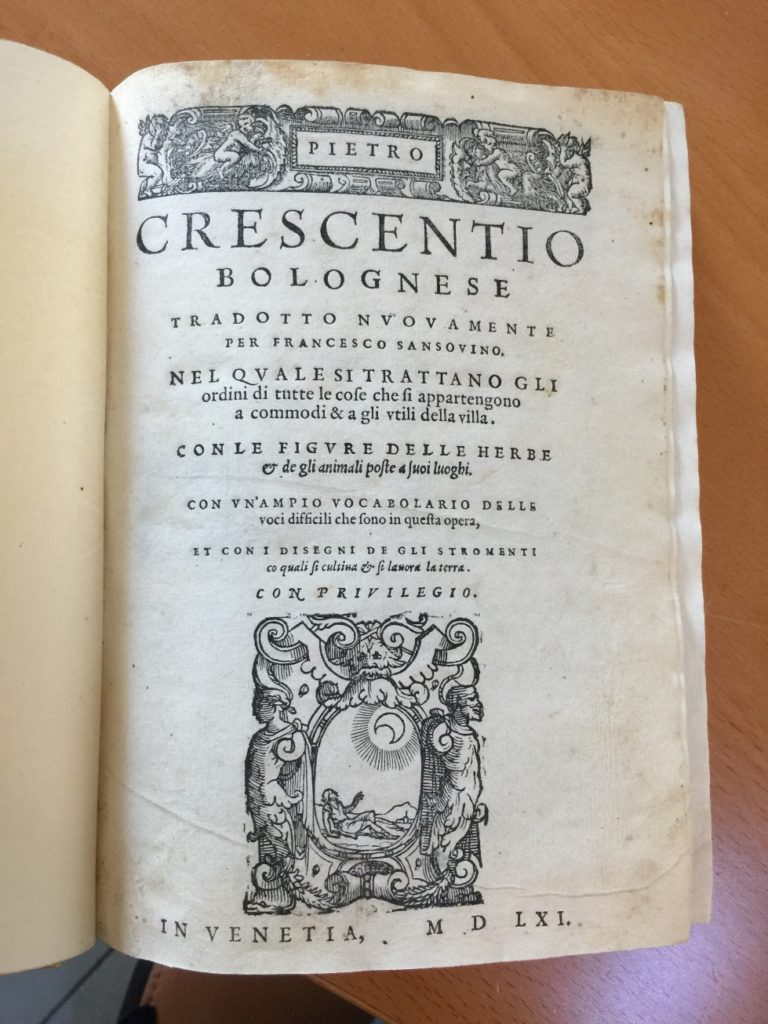
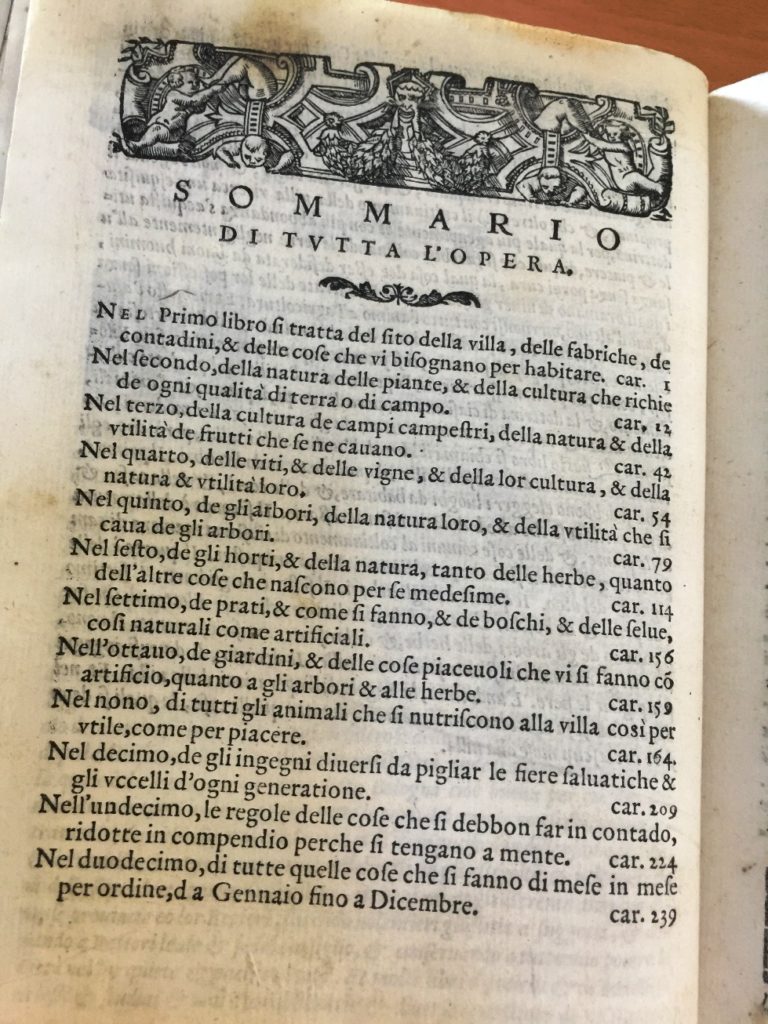
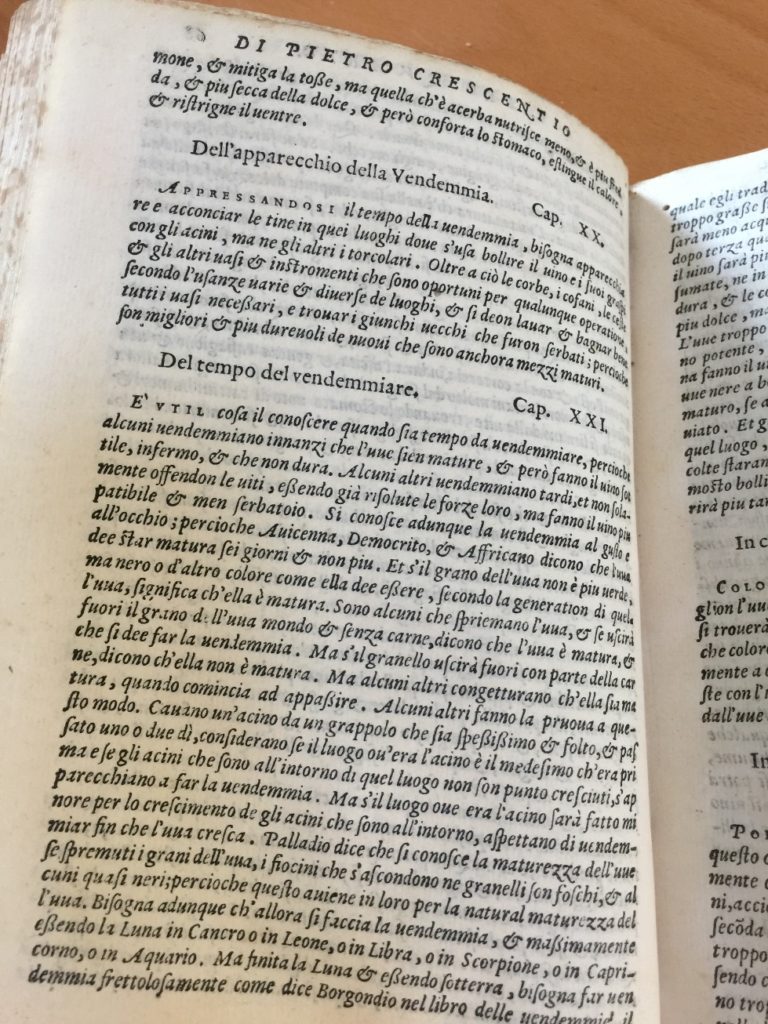
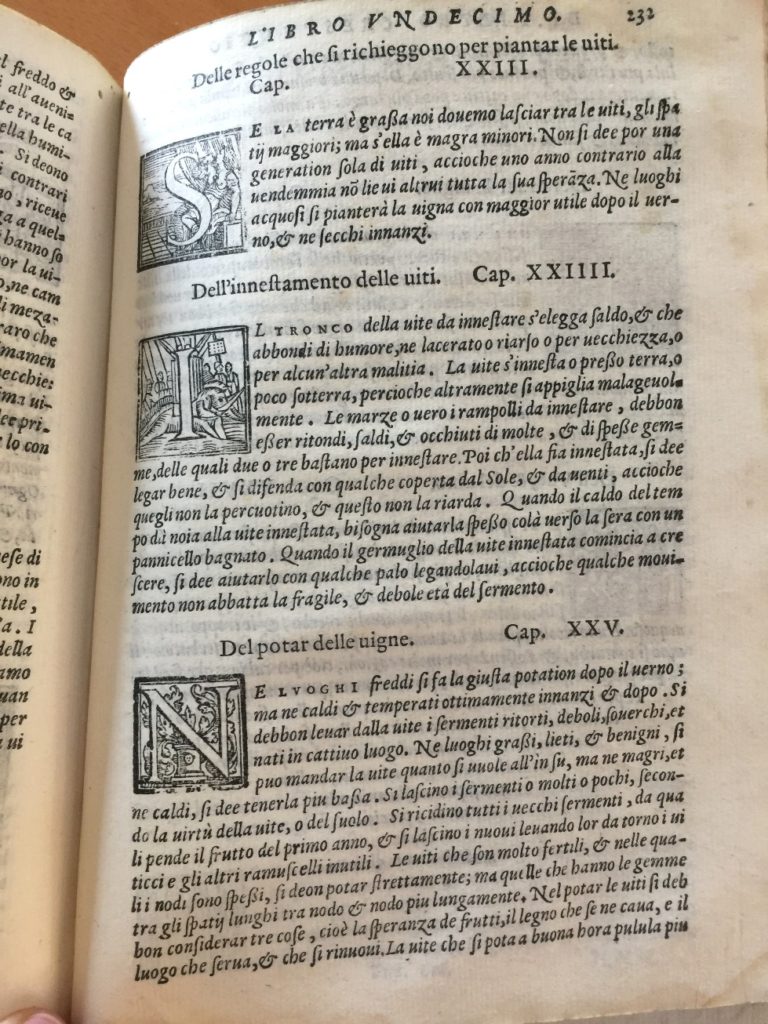
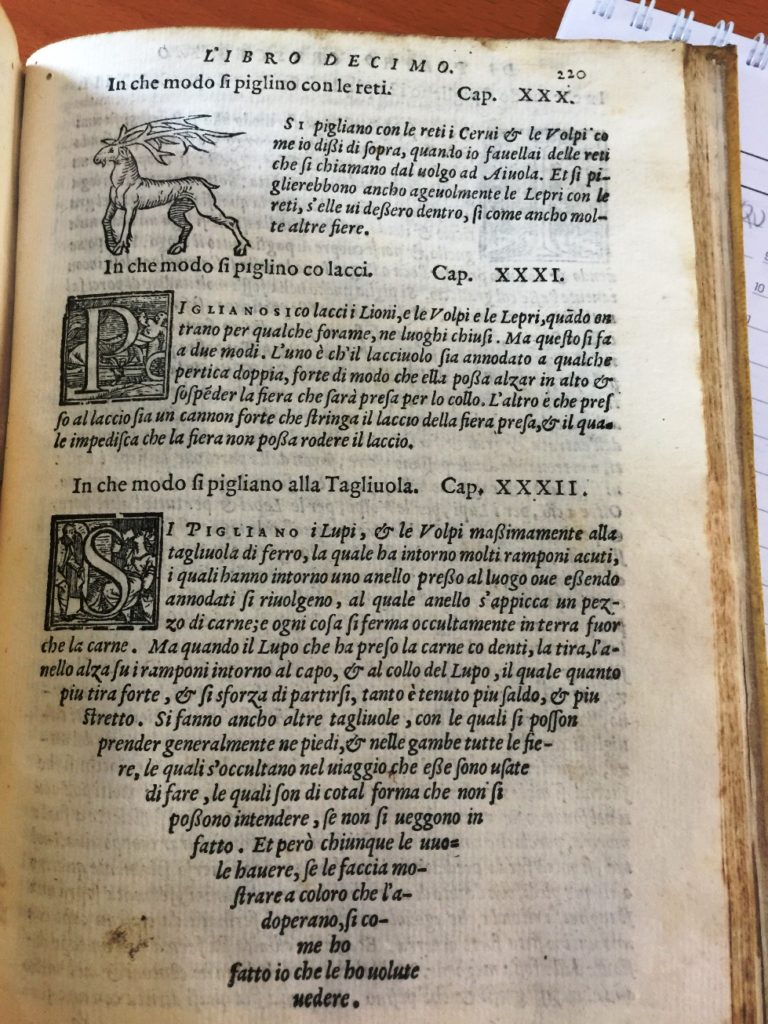
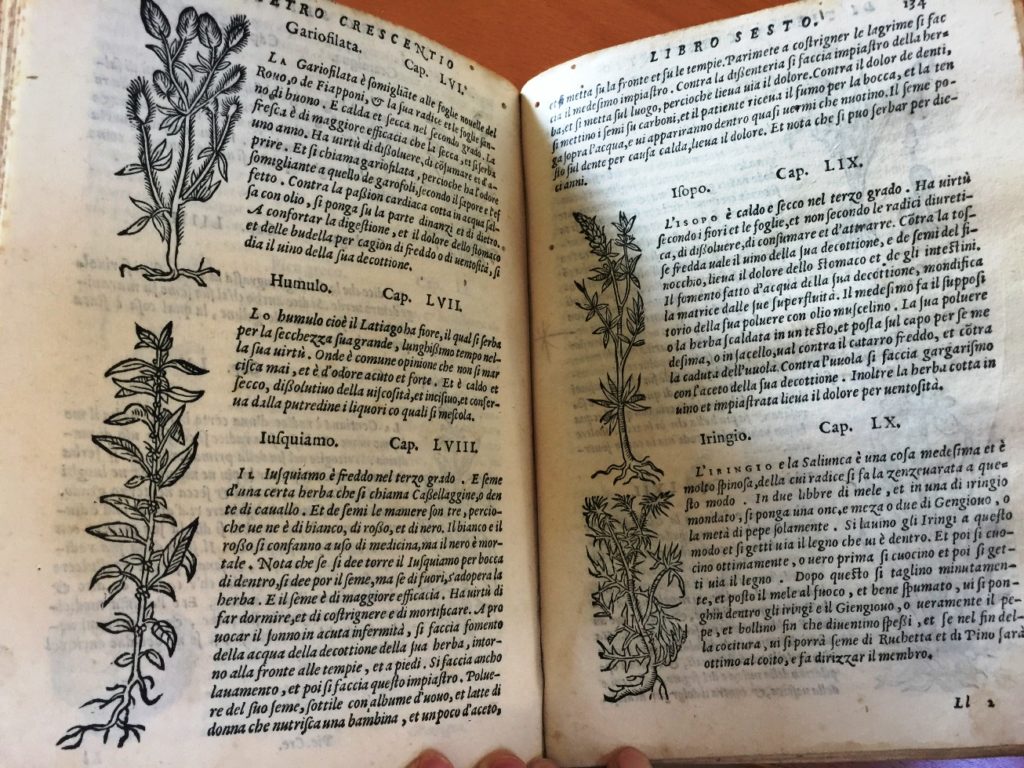
Unsere Weine in Brasilien
Eine gute Nachricht: Wir fangen an, in Brasilien zu arbeiten!
Wir haben eine Zusammenarbeit mit dem Importeur begonnen:
PORTINTEX COMERCIO, IMPORTACAO, EXPORTACAO E REP. LTDA
EST DE SOROCAMIRIM, 23
18130375 SAO ROQUE
